As third-party signals fade and privacy controls rise, the question for brands isn’t if they should pivot their data strategy, it’s how.
The data landscape has changed dramatically: cookies are crumbling, walled gardens are tightening, and consumers expect greater transparency around how their information is used.
Marketers now face a complex puzzle. Different data sources come with different consent models, levels of quality, and degrees of scale.
Get the mix wrong, and you risk wasted budget, ineffective targeting, or worse: eroding the trust you’ve worked hard to build with customers.
This guide is designed to cut through the noise.
We’ll define the three core types of customer data (first-, second-, and third-party), show where each shines, and explain how to combine them responsibly.
You’ll also find practical frameworks for migrating toward first-party strength, plus governance and measurement checklists to ensure your strategy is both effective and compliant.
What Each Data Type Is (and Where It Comes From)
When marketers talk about customer data, the conversation usually centers on three categories: first-party, second-party, and third-party.
Each type differs in how it’s collected, how much control you have over it, and what it’s best used for.
First-party data
This is the gold standard. First-party data is information you collect directly from your customers through your own channels and systems.
Examples of customer data types include:
- On-site behavior such as page views, clicks, or cart activity
- Transaction history and purchase frequency
- Customer service interactions (emails, chats, calls)
- Data from preference centers, surveys, or loyalty programs
Because it’s gathered with direct consent, you control the context, accuracy, and recency. First-party data forms the foundation for personalization, retention, and long-term trust.
Second-party data
Second-party data is essentially someone else’s first-party data that you access through a trusted partnership. Think of it as data sharing with permission.
Examples of customer data types include:
- A retail brand sharing loyalty data with a complementary CPG partner
- A travel site exchanging booking information with an airline
- Co-marketing campaigns where audiences are segmented and matched
This type of data is highly relevant and often more accurate than third-party sources, but it requires clear contracts, governance, and strong alignment between partners.
Third-party data
Third-party data comes from external aggregators who collect information from a wide range of sources: websites, apps, surveys, public records, and more. Marketers often use it for scale and reach.
Examples of customer data types include:
- Audience segments for advertising platforms
- Demographic or interest-based enrichment
- Market intelligence panels and benchmarks
The tradeoff: third party data quality and accuracy can vary, availability is shrinking due to privacy regulations, and reliance on third party data can create compliance risks.
While third-party data can still play a role in broad awareness or filling specific gaps, its dominance is quickly fading.
First vs Second vs Third-Party Data: Advantages, Risks, and Best-Fit Scenarios
Each type of customer data comes with clear strengths, inherent risks, and specific situations where it performs best.
Knowing where each one shines (and where it doesn’t) helps marketers design smarter, more compliant strategies.
First-party data
Strengths:
- First-party data is the most accurate and up-to-date, since it’s drawn directly from your customer interactions.
- It’s collected with explicit consent, aligning closely with compliance requirements like GDPR and CCPA.
- Because you own the relationship, it allows for closed-loop measurement, tying marketing actions directly to business outcomes.
Risks/limits:
- The main limitation is scale. Your audience size defines the boundaries of your first-party data.
- To grow its usefulness, you need seamless capture experiences (clear opt-ins, loyalty programs, preference centers) and compelling value exchanges so customers willingly share information.
Best fit:
- First-party data is best for personalization, lifecycle retention strategies, seed audiences for modeling, and as the ground truth in clean-room collaborations.
Second-party data
Strengths:
- Second-party data combines the accuracy of first-party data with the reach of partnerships.
- Because it’s exchanged directly between companies, it often carries high relevance: your partner’s customers are likely to resemble your ideal prospects.
- It also opens up category-level insights you might not capture on your own.
Risks/limits:
- These relationships come with contractual and technical overhead.
- You’ll need strong governance, alignment on use cases, and infrastructure like data clean rooms or secure exchanges.
- Misalignment between partners can limit value or create compliance headaches.
Best fit:
- Second-party data works best for co-marketing efforts, finding lookalike audiences through adjacent partners, and adding enrichment for specific channels (e.g., expanding an email list with partner insights).
Third-party data
Strengths:
- Third-party data’s value lies in speed and scale.
- Aggregators offer broad audience reach across demographics, geographies, and interests.
- It can also deliver upper-funnel visibility and market intelligence that would otherwise be hard to access.
Risks/limits:
- Accuracy and freshness vary widely, since the data often comes from disparate sources.
- Growing regulation and browser privacy changes are reducing availability and increasing compliance risks.
- It’s also difficult to port third-party data consistently across channels.
Best fit:
- Third-party data is most effective for broad awareness campaigns, filling gaps where first- or second-party data isn’t available, and providing high-level market sizing or competitive context.
Use Cases & Examples
Marketers rarely rely on just one type of data. In practice, the strongest strategies blend first-, second-, and third-party data depending on the goal.
Here’s how each comes into play across common scenarios:
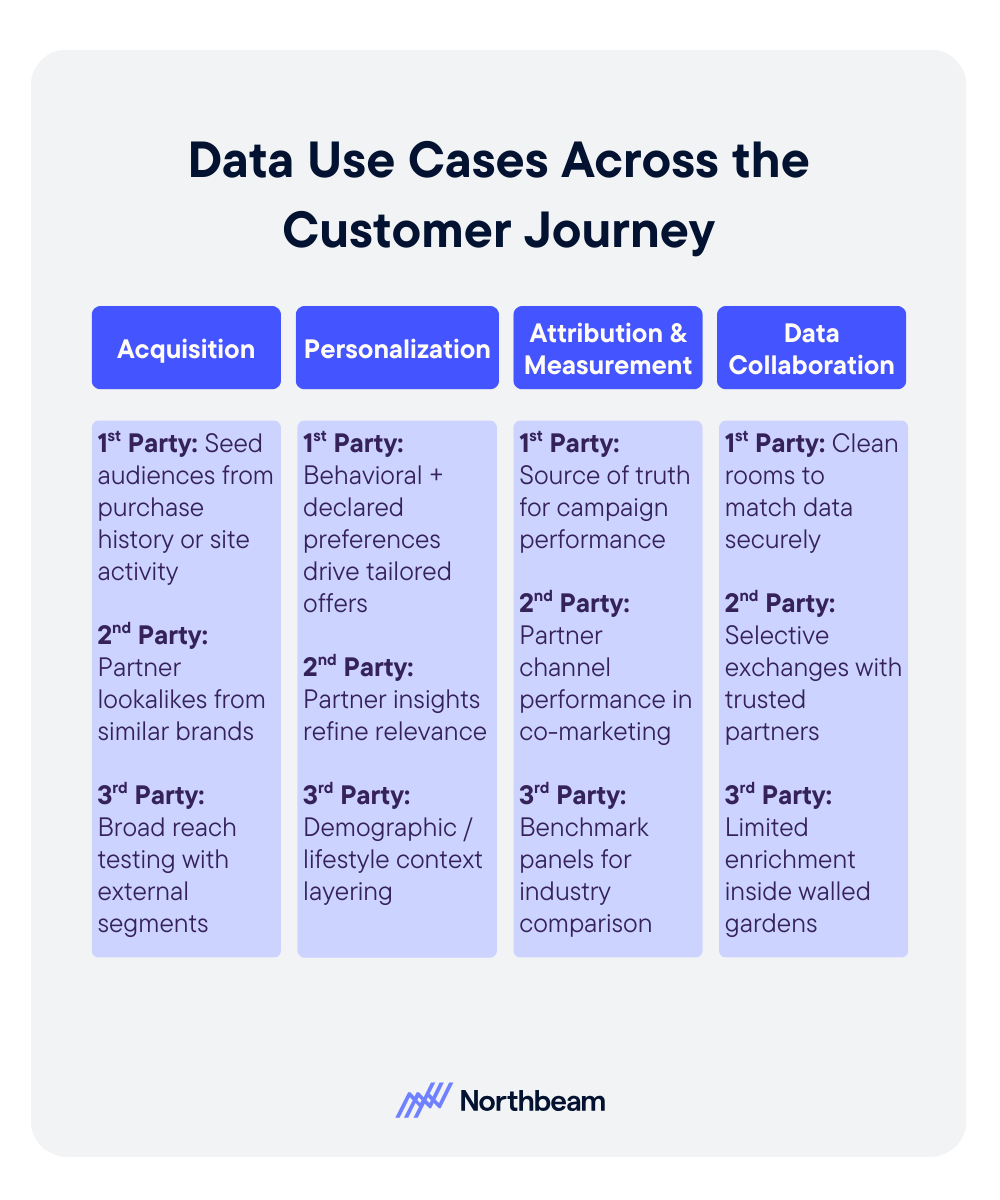
Acquisition
- First-party: Start with the customers you know best. Using your own purchase history or high-intent site activity as a seed audience allows for more accurate modeled expansions.
- Second-party: Partner data can help you discover adjacent audiences. For example, a fitness apparel brand might leverage a nutrition company’s loyalty data to find new customers with aligned interests.
- Third-party: Broader segments from data providers still have a role in testing new markets or scaling awareness quickly, though quality checks and validation are essential.
Personalization
- First-party: Behavioral signals (browsing patterns, past purchases) combined with declared preferences (survey responses, opt-ins) are the foundation of personalization engines.
- Second-party: Enriching with partner insights (say, a travel site layering hotel preferences from an airline partner) sharpens relevance and reduces wasted impressions.
- Third-party: While less common in personalization, third-party attributes can provide context, such as layering demographic markers or lifestyle segments onto first-party records.
Attribution & Measurement
- First-party: Your own data is the source of truth for connecting campaigns to business outcomes.
- Second-party: Partner data helps measure shared efforts, like determining the performance of a co-branded promotion across channels.
- Third-party: Independent panels or benchmark datasets can add external context, helping validate your performance against industry norms.
Data Collaboration
- First-party: Secure data clean rooms let you match your own data with a partner’s in a privacy-safe way, without directly sharing raw records.
- Second-party: Selective exchanges with trusted partners expand reach while maintaining governance controls.
- Third-party: Some walled gardens allow limited third-party enrichment inside their platforms, useful for audience validation or contextual layering.
Strategy & Decision Framework
A smart data strategy isn’t about choosing one type of data over another, it’s about sequencing and combining them in a way that balances precision, scale, and compliance.
Here’s a framework to guide decision-making:
Start with First-Party Strength
Your foundation should always be first-party data.
Audit the identifiers you already capture (emails, device IDs, loyalty program logins), review your consent records, and map every capture point across web, app, and offline channels.
Then, design high-value collection experiences. Think gated content, member benefits, or personalized offers that give customers a clear reason to share data.
Add Second-Party Selectively
Once your first-party base is strong, look for opportunities to partner.
The best partners are those with complementary audiences; not direct competitors but brands whose customers overlap with yours in meaningful ways.
Define the use case up front, outline how long the data will be shared, and agree on success metrics before you exchange a single record.
Use Third-Party Surgically
Third-party data should no longer be a default.
Instead, apply it sparingly in contexts where its utility clearly outweighs the risks. For example: testing into a new market or layering demographic context for high-level audience insights.
Always benchmark performance against your first-party data to validate incremental value.
Governance by Design
Strong governance is what keeps your strategy resilient.
Document every data source, its purpose, and its history. Establish retention rules and deletion expectations from day one.
Work closely with your legal and security teams to ensure compliance, and treat privacy not as a box to tick but as a core brand value.
Measurement & Governance
Collecting data is only valuable if it’s trustworthy, well-governed, and tied to measurable business outcomes. Marketers should track performance and enforce safeguards in parallel.
Key Performance Indicators (KPIs)
To understand whether your data strategy is working, monitor:
- Capture rate, match rate, and consent opt-in: Are you collecting enough data, and is it permissioned?
- Profile completeness: How rich and usable are the customer records you hold? How effective are your identity resolution processes?
- Lift vs. control metrics: Track how data-driven campaigns perform compared to holdouts: conversion rate, average order value (AOV), customer acquisition cost (CAC), and retention.
- Media efficiency: Does better data reduce wasted spend and improve return on ad spend?
- Data quality: Keep an eye on freshness, duplication, and conflict rate so your systems aren’t operating on outdated or contradictory records.
Controls and Governance Practices
Measurement means little without compliance and governance baked in:
- Consent logs and purpose binding: Maintain clear records of when and how data was collected, and ensure usage aligns with stated purposes.
- Subject rights workflows: Make it easy to fulfill access, correction, or deletion requests.
- Data minimization and retention policies: Collect only what you need, store it for a defined period, and delete on schedule.
- Clean-room policies and partner due diligence: Establish clear rules for collaboration, vet partners carefully, and confirm that privacy-enhancing technologies are in place.
- Model validation cadence: Regularly test and recalibrate models that rely on your data, ensuring accuracy and fairness over time.
Strong measurement paired with robust governance ensures that your data mix not only performs but also stays compliant and resilient as privacy standards evolve.
Tools & Workflow
Turning raw data into business value requires the right infrastructure. A modern marketing stack should cover collection, collaboration, activation, and analytics, with privacy built in at every step.
Foundation
Start with systems that centralize and standardize your own data:
- Customer Data Platform (CDP) or CRM to unify records across touchpoints.
- Tag management and server-side collection to ensure accurate event tracking while reducing reliance on cookies and client-side scripts.
Collaboration
To safely expand beyond your walls, invest in technologies that support secure data sharing:
- Data clean rooms that allow you to match and analyze datasets without exposing personally identifiable information.
- Secure partner exchanges for controlled second-party data sharing.
- Privacy-enhancing technologies (PETs) like encryption and anonymization to minimize risk in collaborative environments.
Activation
Once data is unified and governed, it can power real-time engagement:
- Journey orchestration tools that personalize cross-channel experiences.
- DSP and paid media integrations for efficient audience targeting.
- Web and app personalization engines to deliver tailored content, offers, or product recommendations.
Analytics
Finally, analytics tools close the loop and measure impact:
- Marketing Mix Modeling (MMM) or Multi-Touch Attribution (MTA) where feasible to understand cross-channel performance.
- Incrementality testing to validate lift and avoid over-attributing success.
- Audience health scoring to monitor the quality and long-term viability of your datasets.
Implementation Plan
Shifting to a privacy-first, data-driven strategy doesn’t happen overnight.
If you’re wondering how to shift from third-party to first-party data, the most effective approach is phased: start with a baseline, build securely, test deliberately, and scale what works.

Phase 1: Audit
Begin by mapping what you already have. Identify all current data sources, the consent mechanisms tied to them, and any system dependencies.
Look for quick wins, such as fixing broken tags or improving opt-in language, to boost capture rates right away.
Phase 2: Build
Strengthen your first-party foundation.
Standardize event tracking, establish persistent identifiers, and ensure consent records are accurate and accessible.
At the same time, prepare for collaboration and responsible data activation by setting up clean room access and defining clear partner selection criteria.
Phase 3: Pilot
Run controlled tests with limited scope.
This might include a single second-party partnership to expand reach or a carefully chosen third-party dataset for enrichment.
Always benchmark these efforts against first-party-only cohorts to measure true incremental value.
Phase 4: Scale & Govern
Once you’ve proven impact, expand.
Broaden successful partnerships, refine enrichment, and embed learnings into standard workflows.
At this stage, governance becomes critical: formalize contracts, define retention and deletion rules, and set a cadence for ongoing validation to ensure compliance and data quality over time.
A phased roadmap not only reduces risk but also creates momentum, giving your team early wins while building toward long-term resilience.
Future-Proof Your Data Strategy
In a world where privacy is tightening and third-party signals are fading, not all data is created equal.
The path forward is clear:
- Lead with first-party data. It offers accuracy, trust, and long-term resilience.
- Use second-party data strategically to expand relevance through permissioned, high-value partnerships.
- Apply third-party data sparingly, focusing only on contexts where it truly adds incremental reach or market insight.
- Measure incrementality and enforce governance so that your data mix remains effective, compliant, and future-proof.
Marketers who embrace this balanced approach will do more than survive the loss of third-party cookies: they’ll build durable customer relationships, smarter activation strategies, and a stronger foundation for growth.













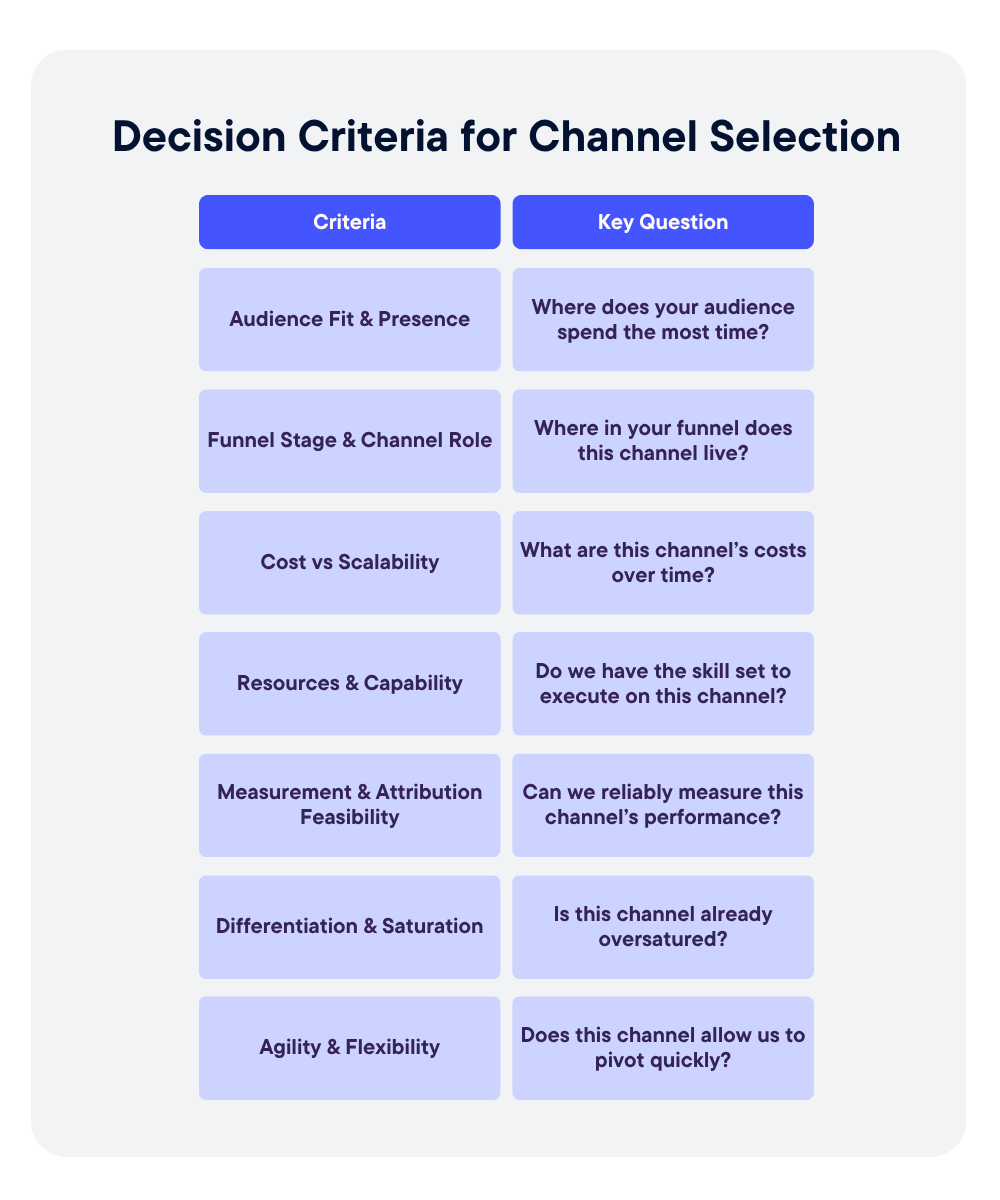
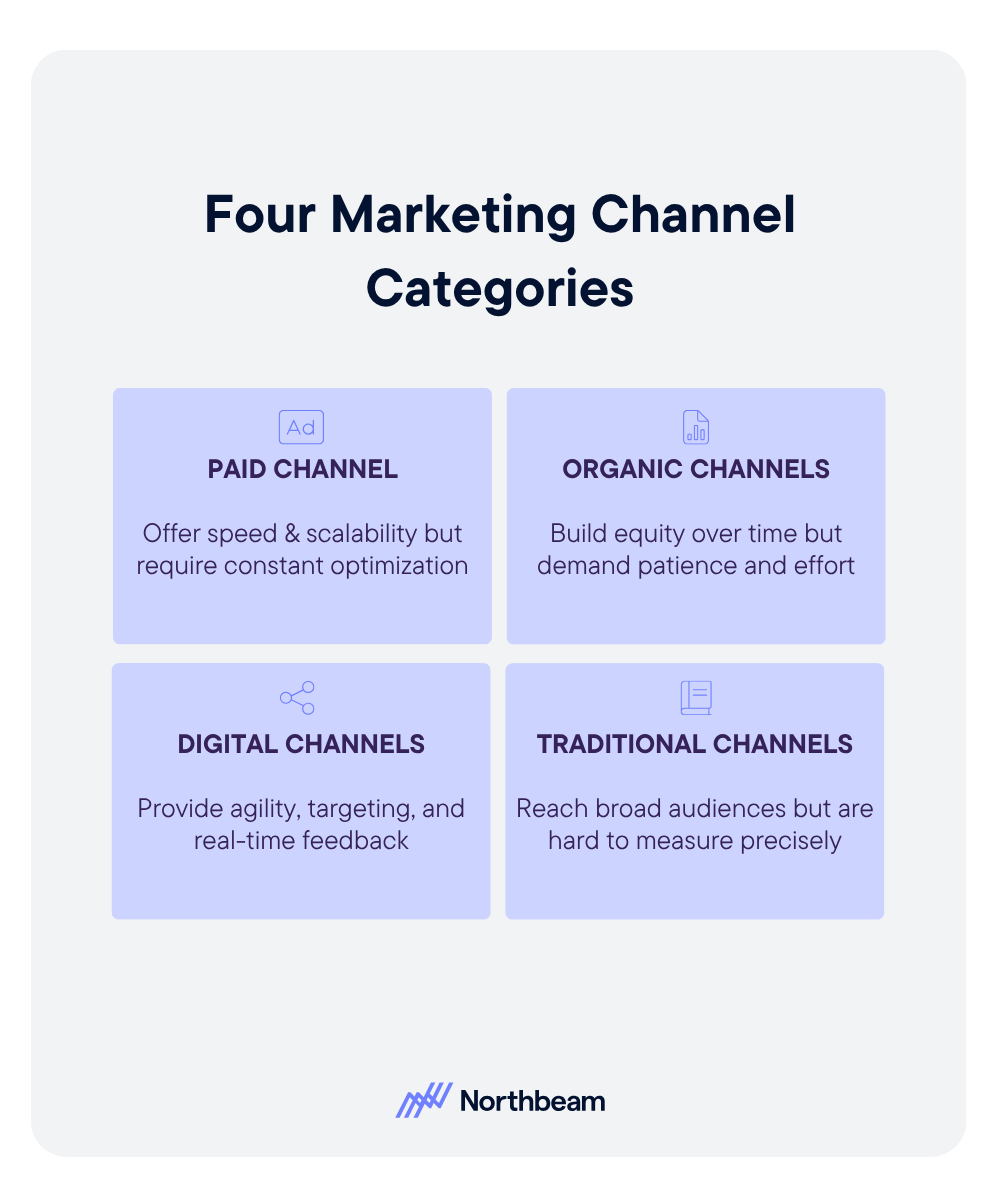
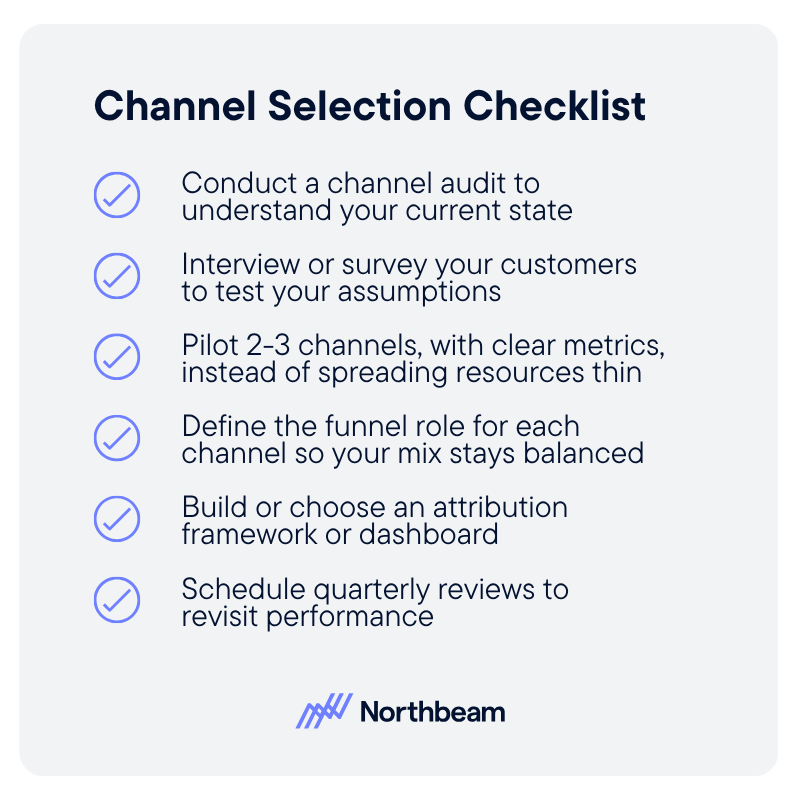
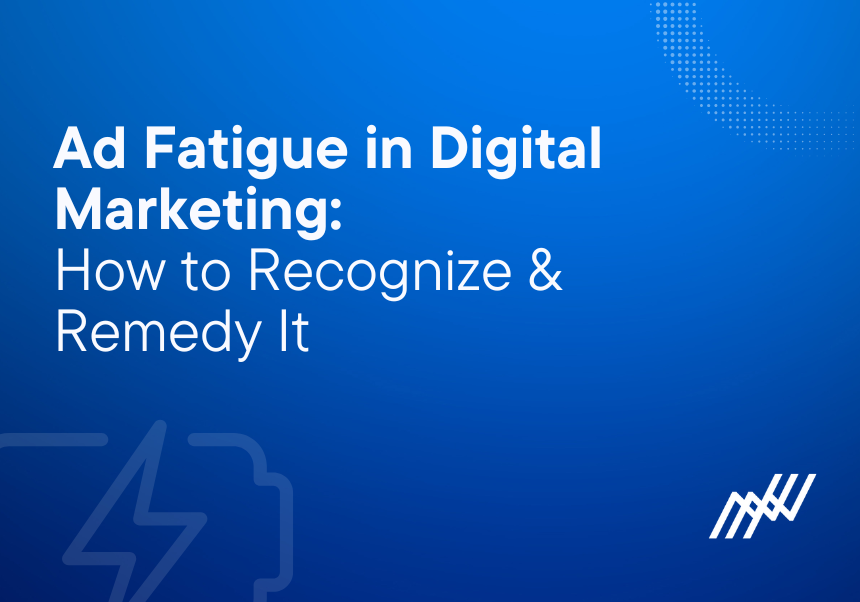
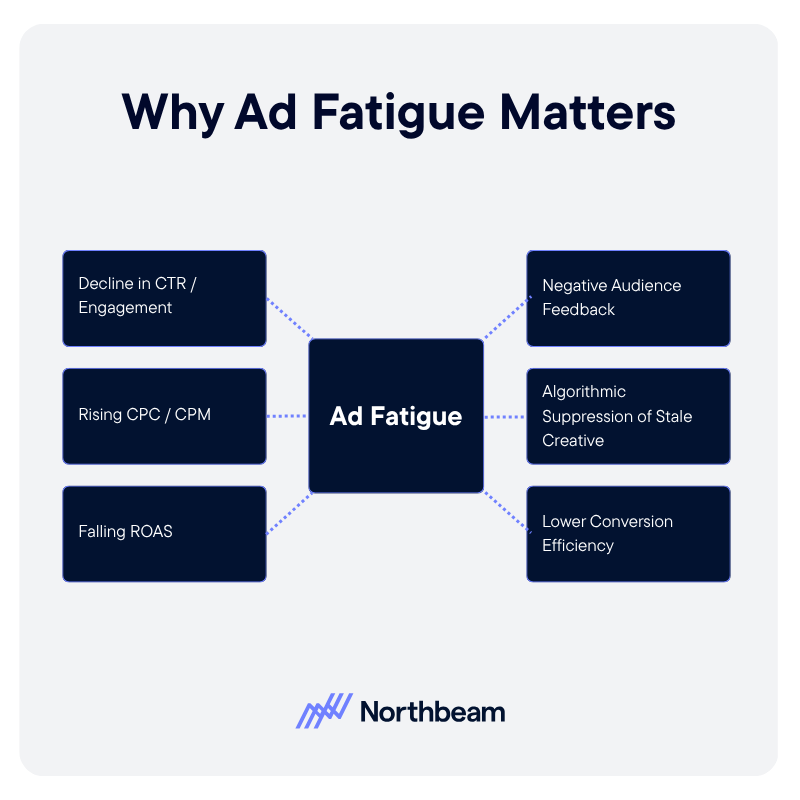
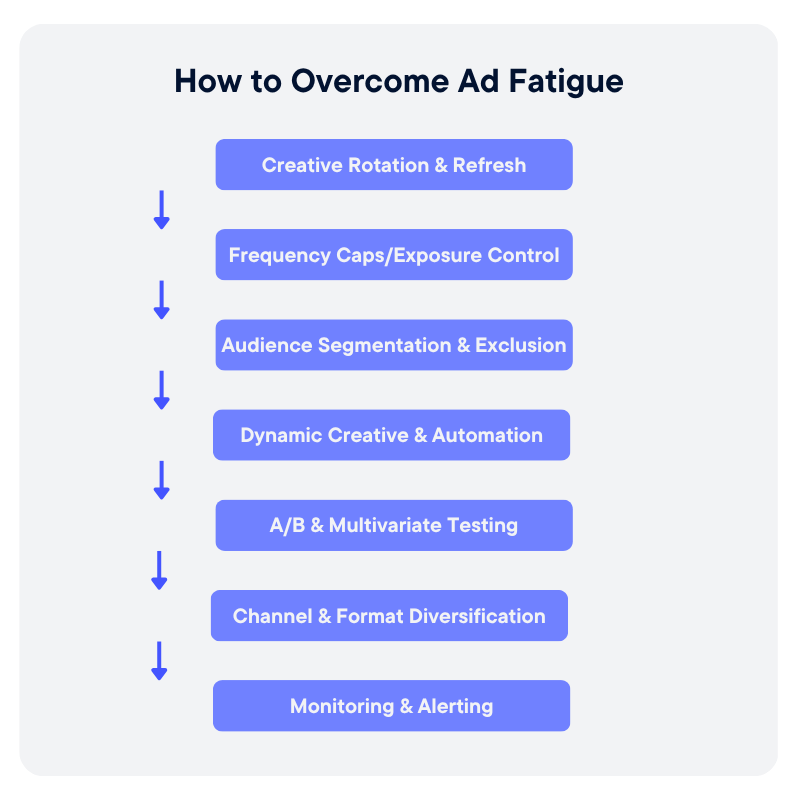
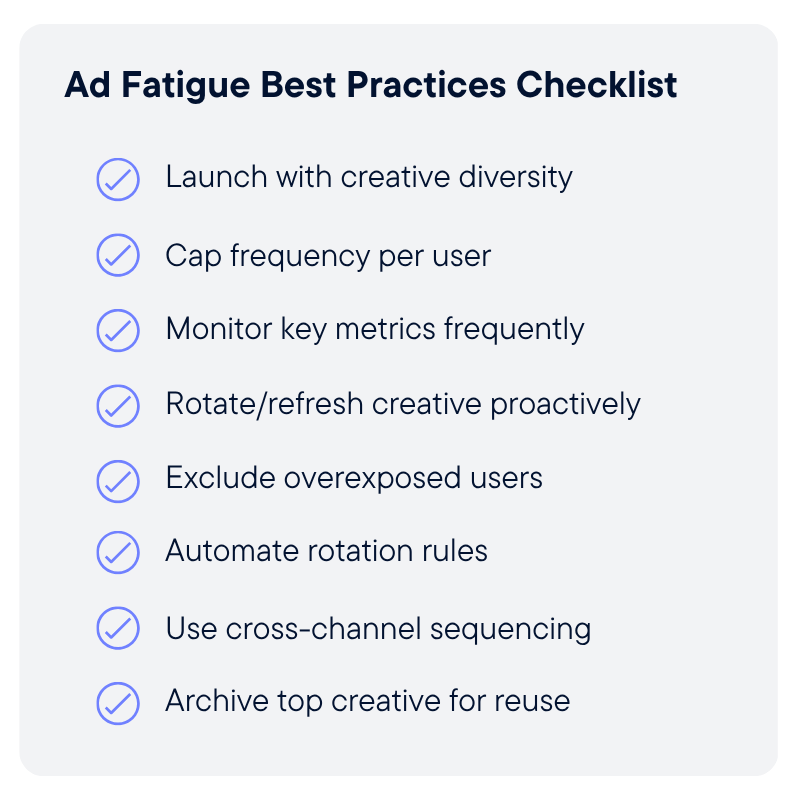

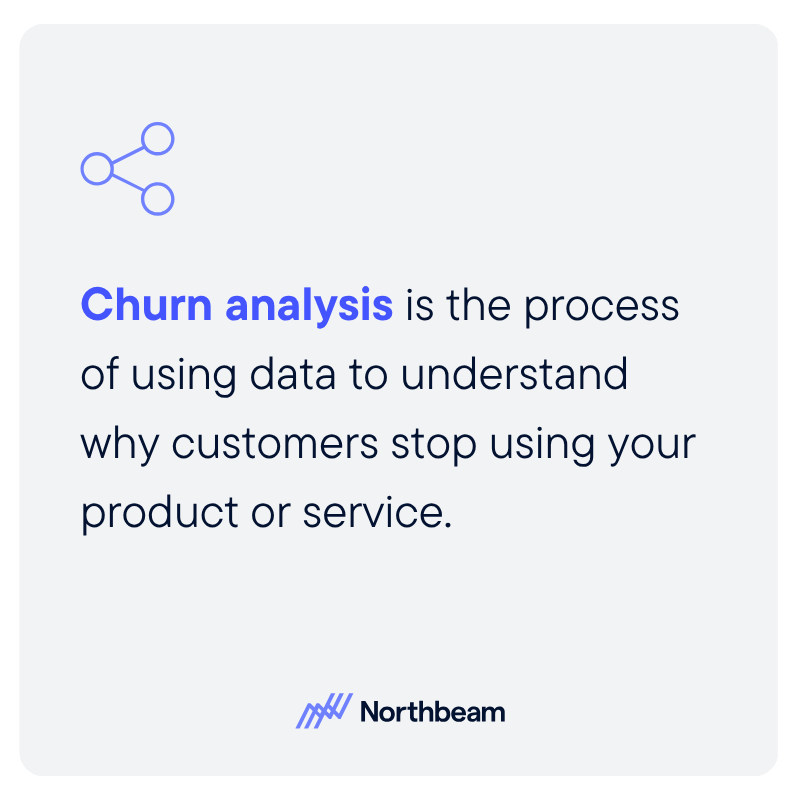
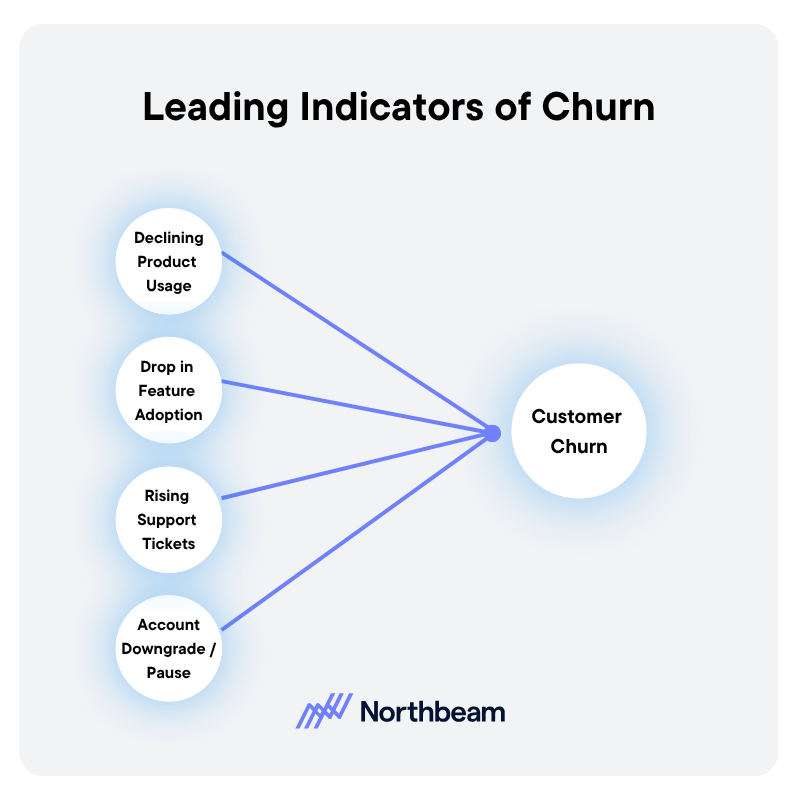
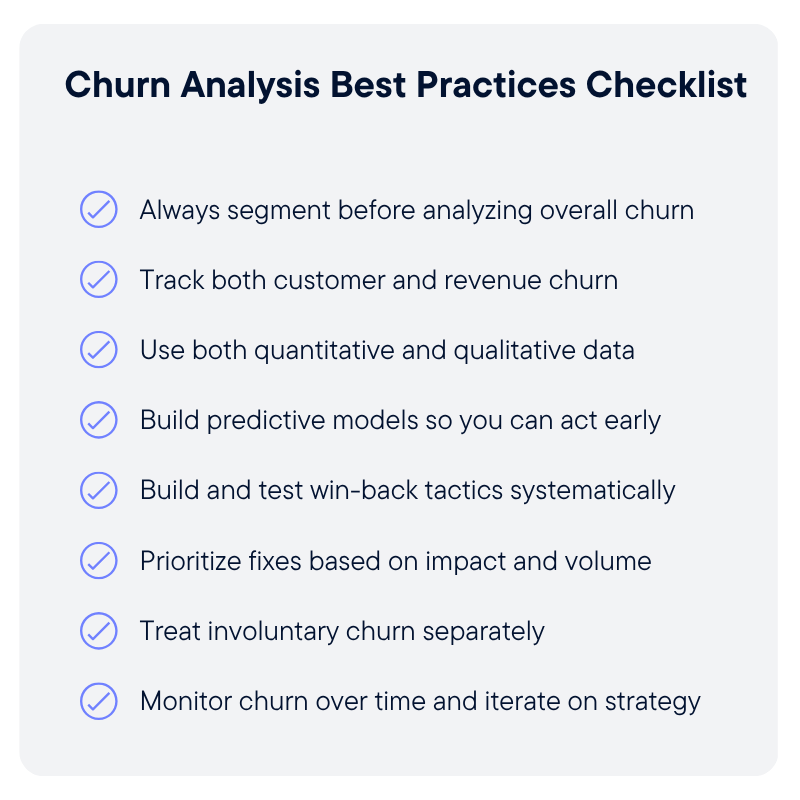
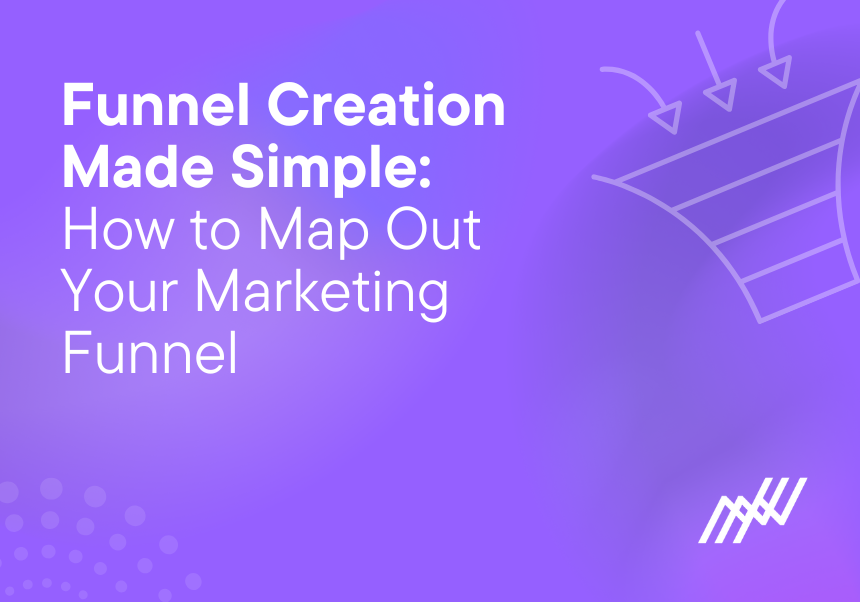
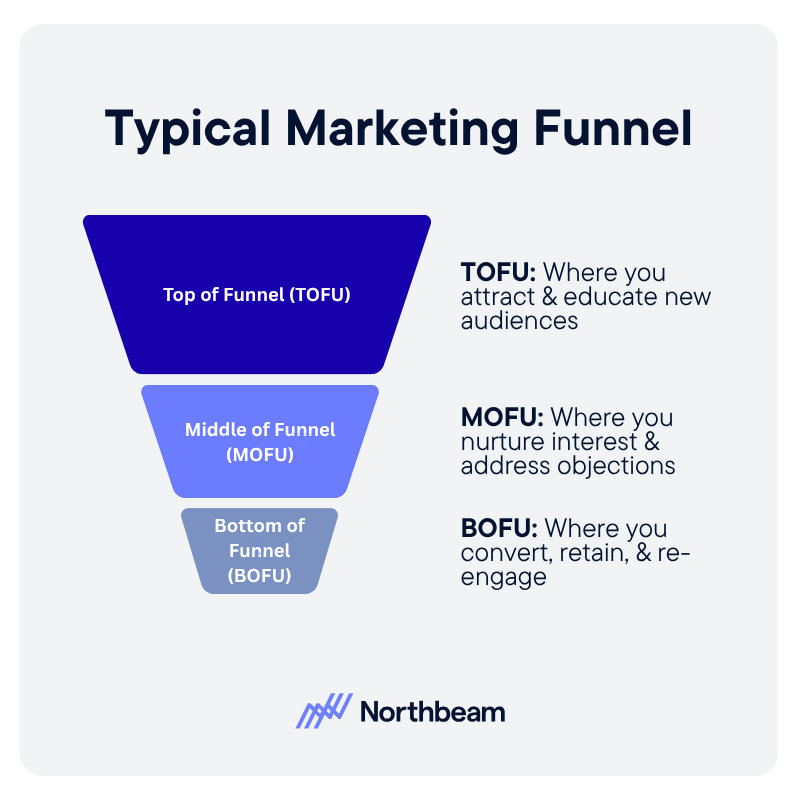
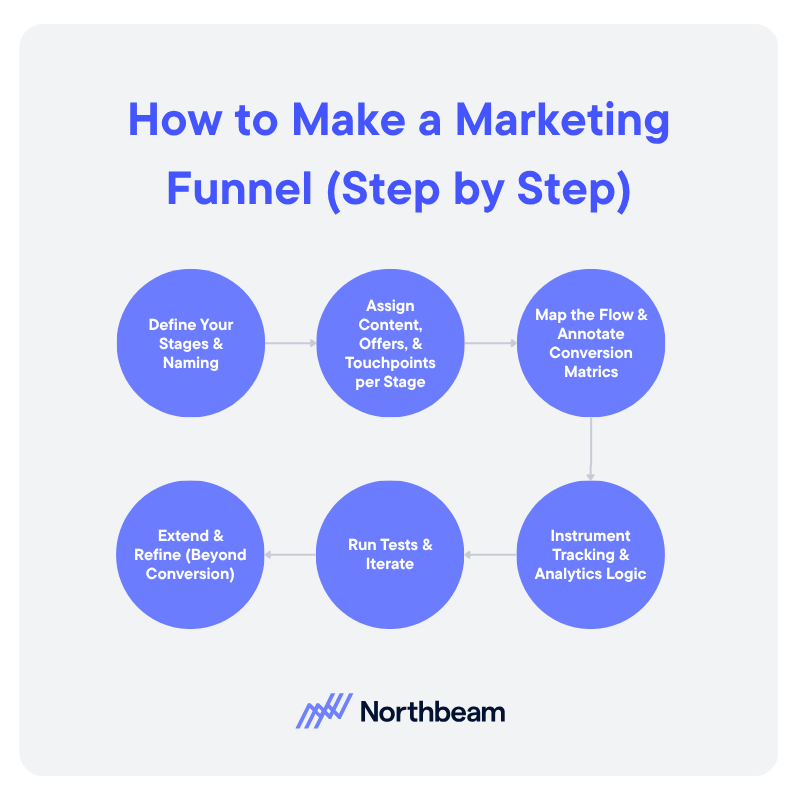
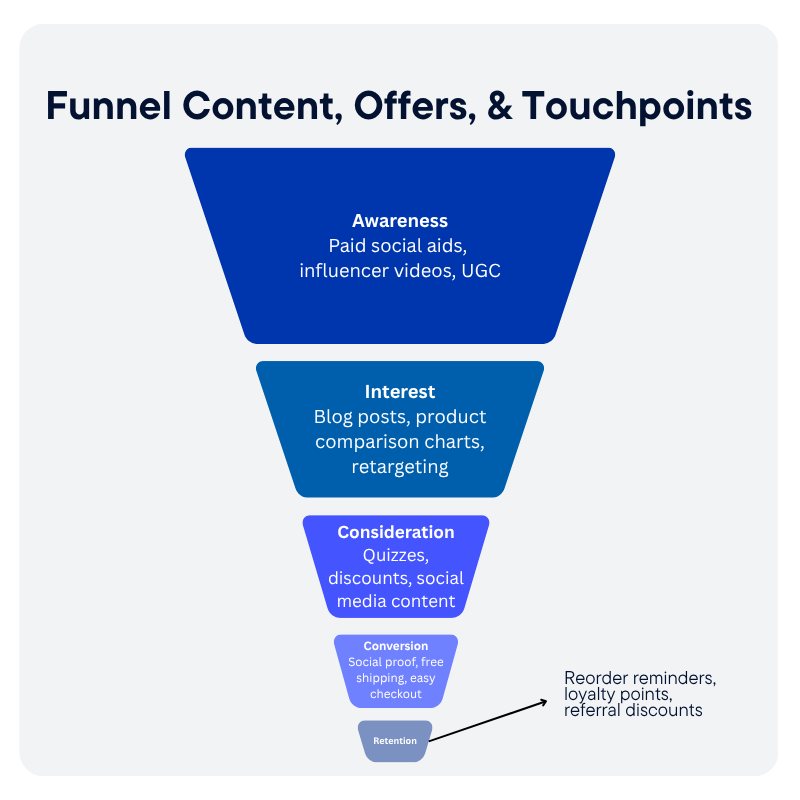
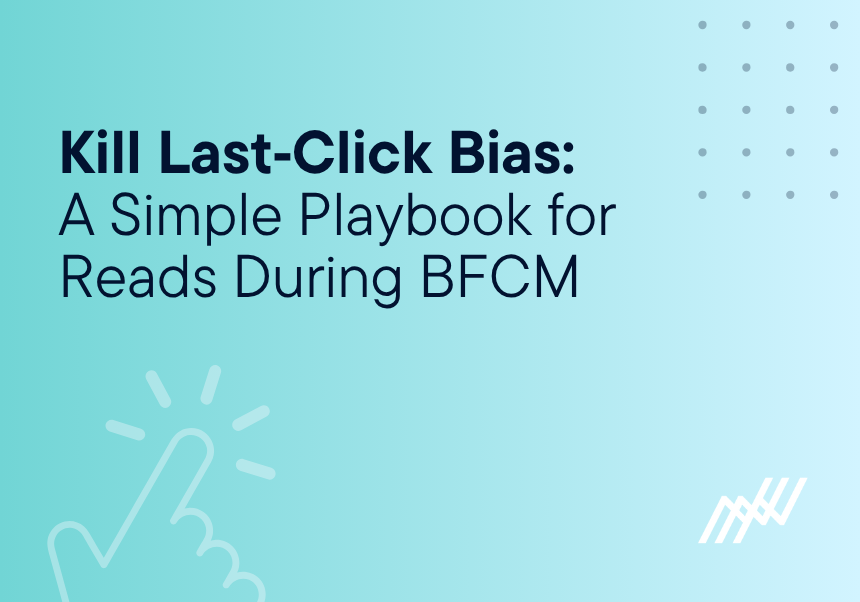

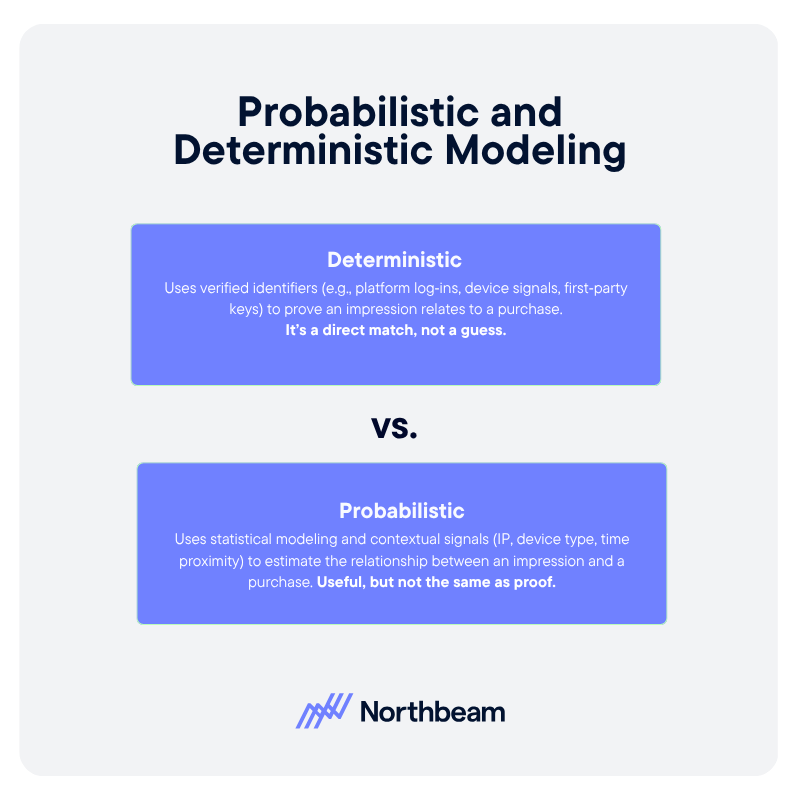




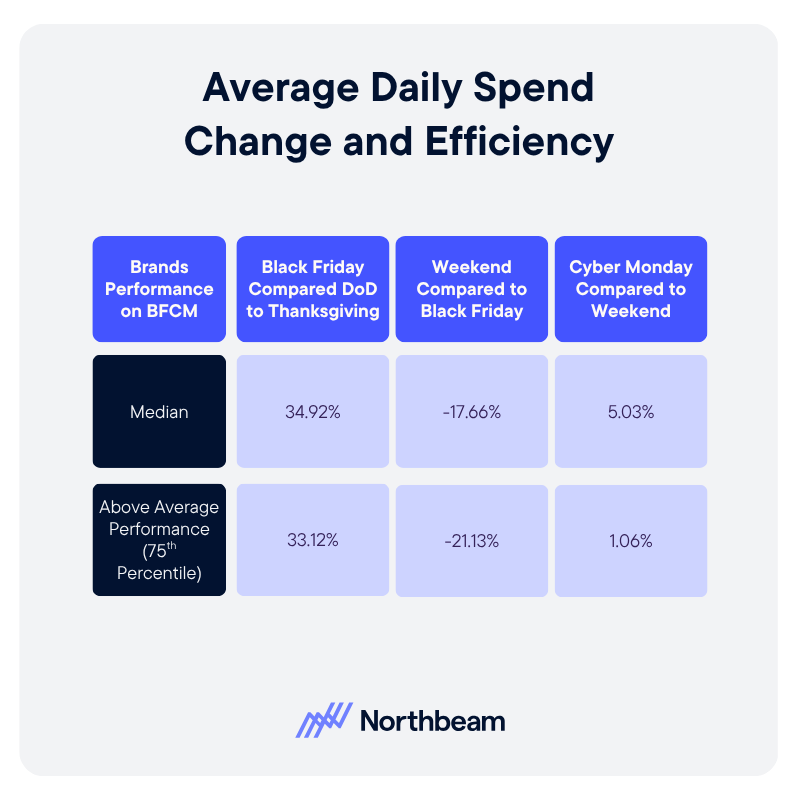
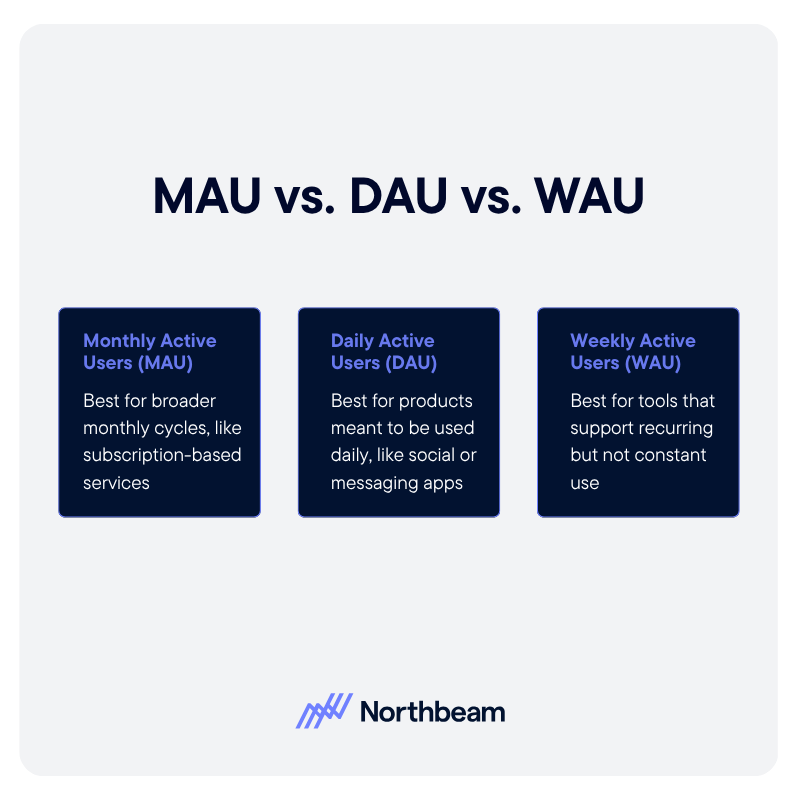

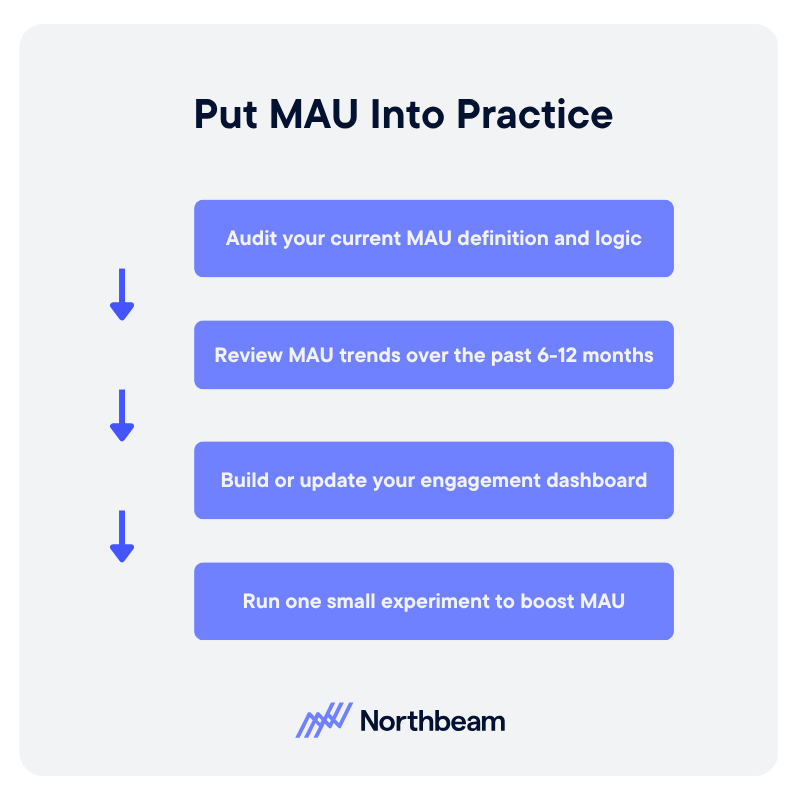
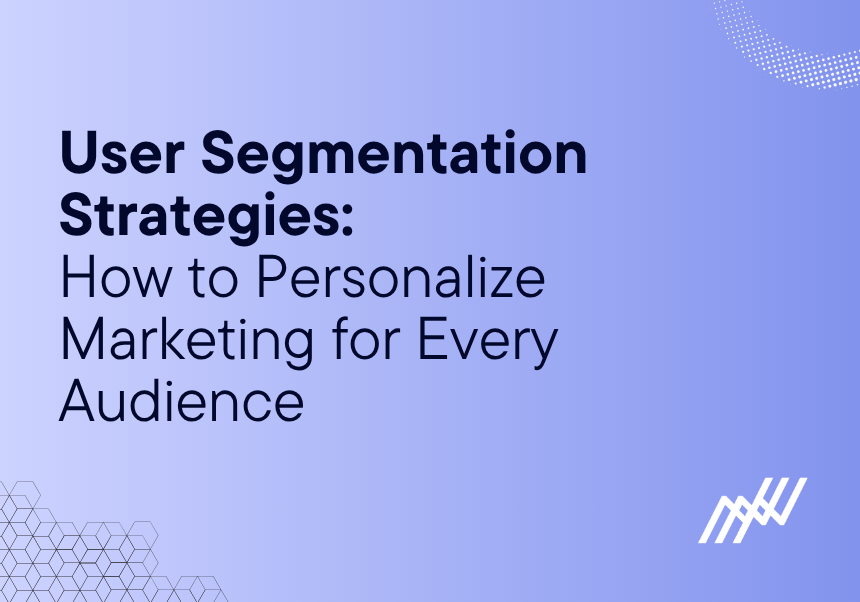
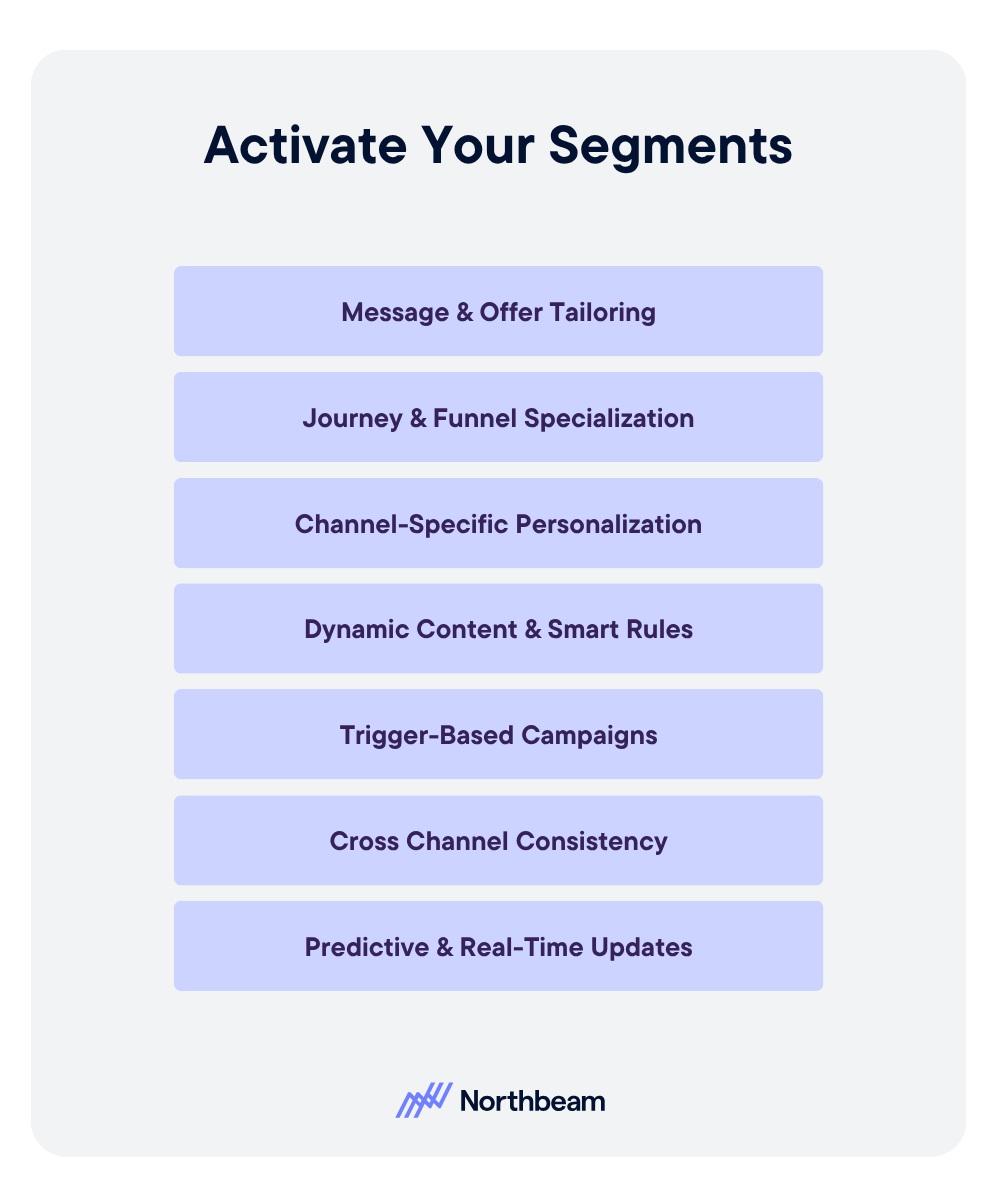
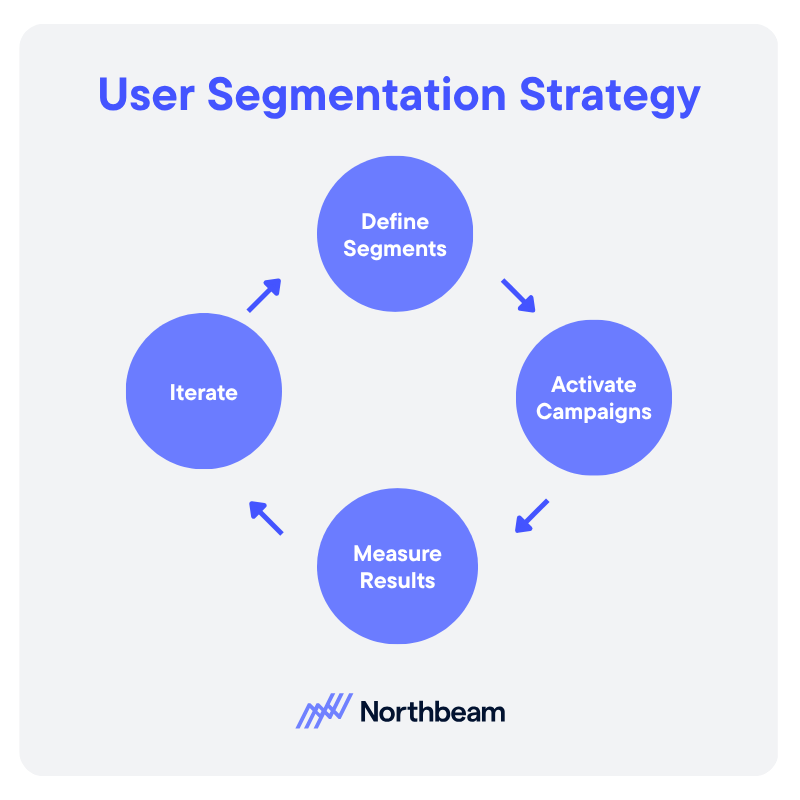
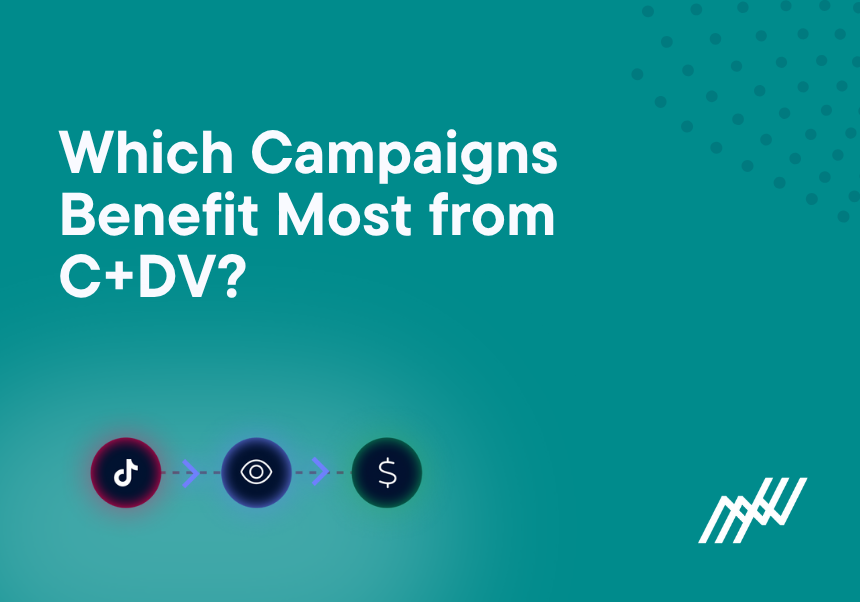

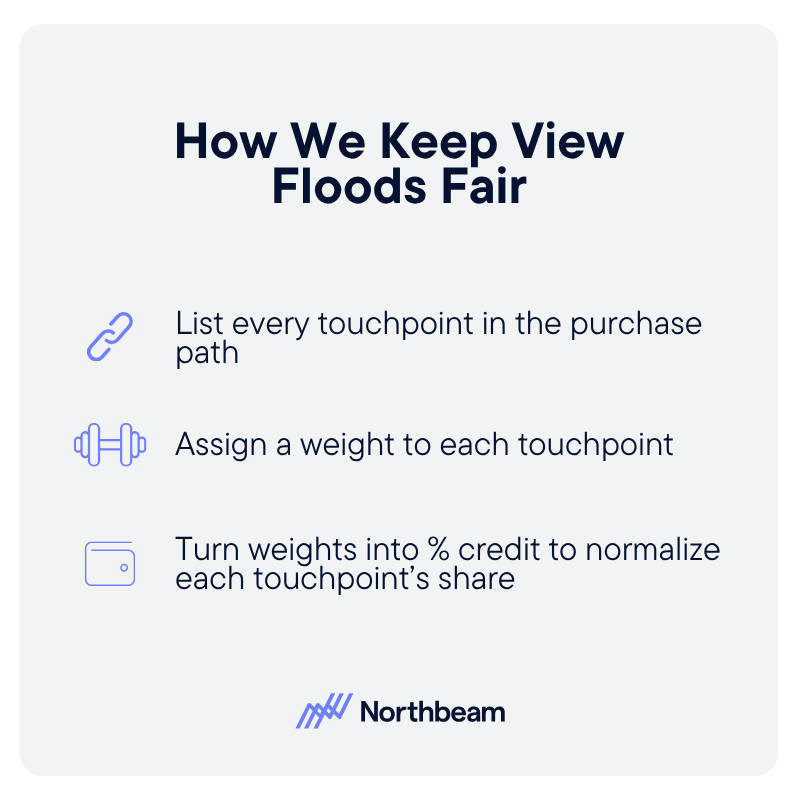
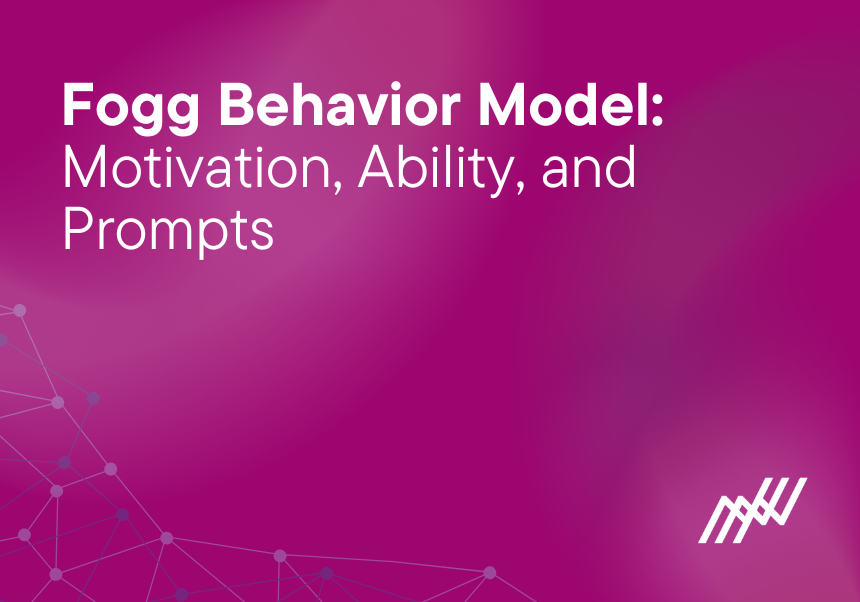


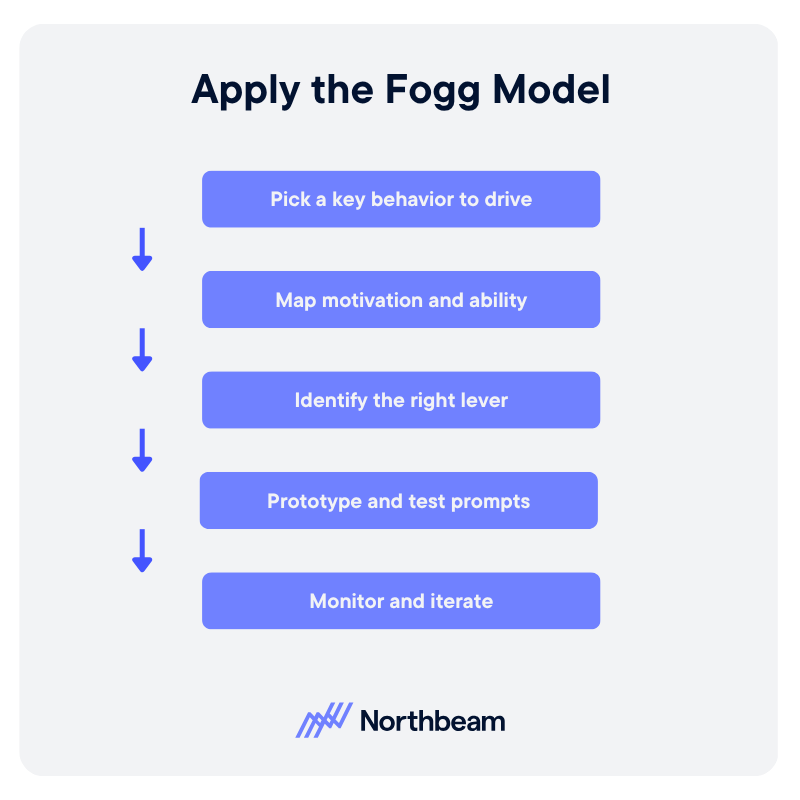

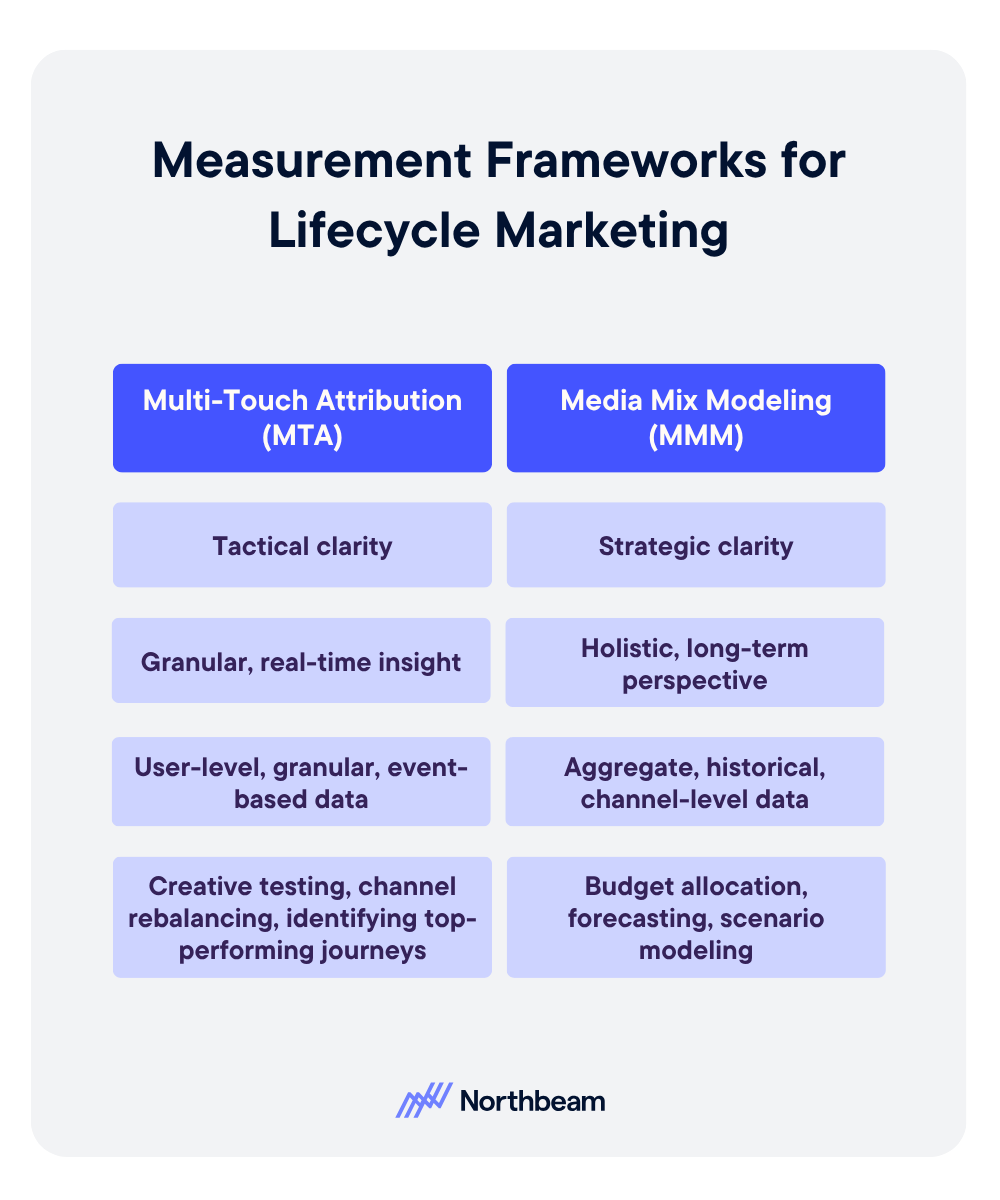
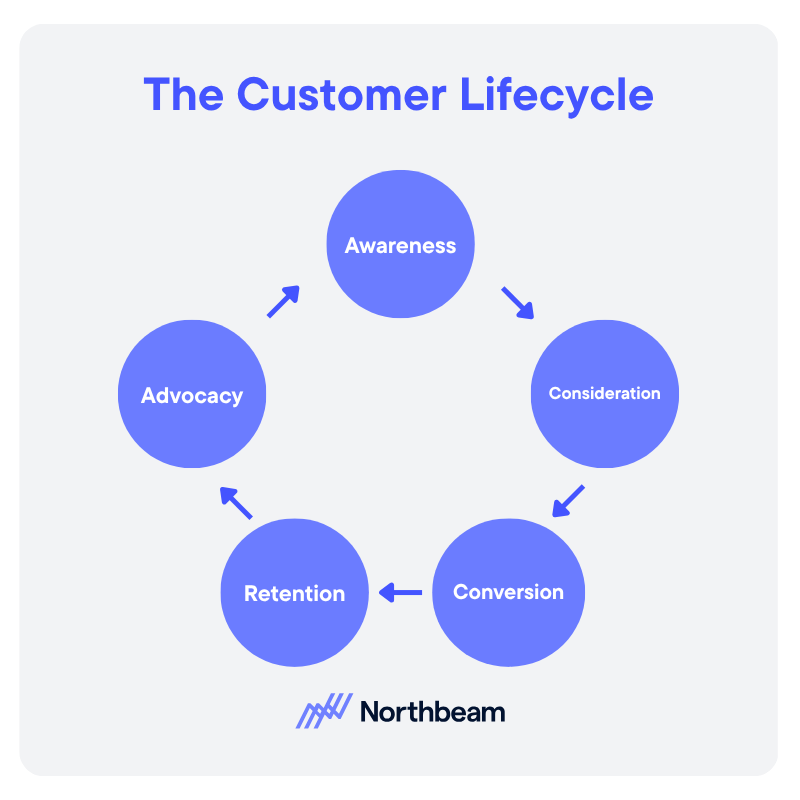
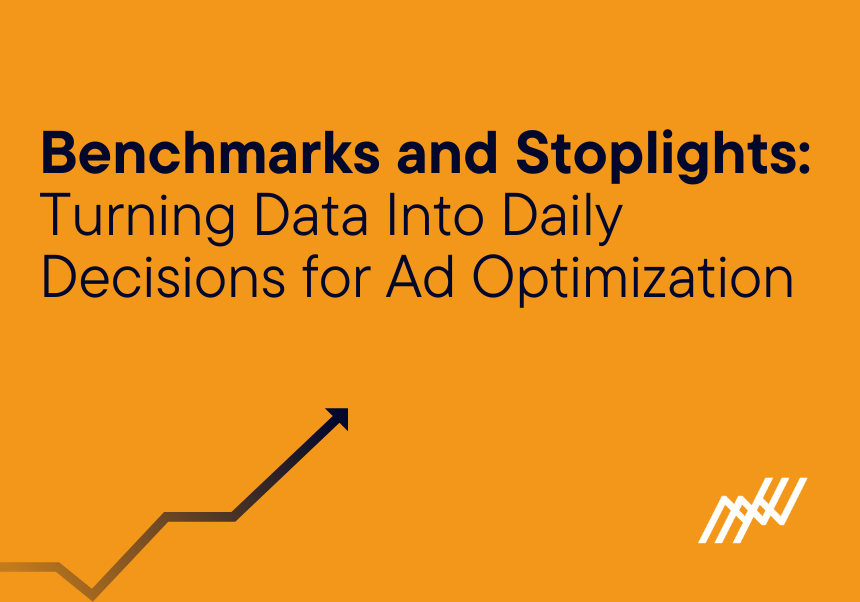
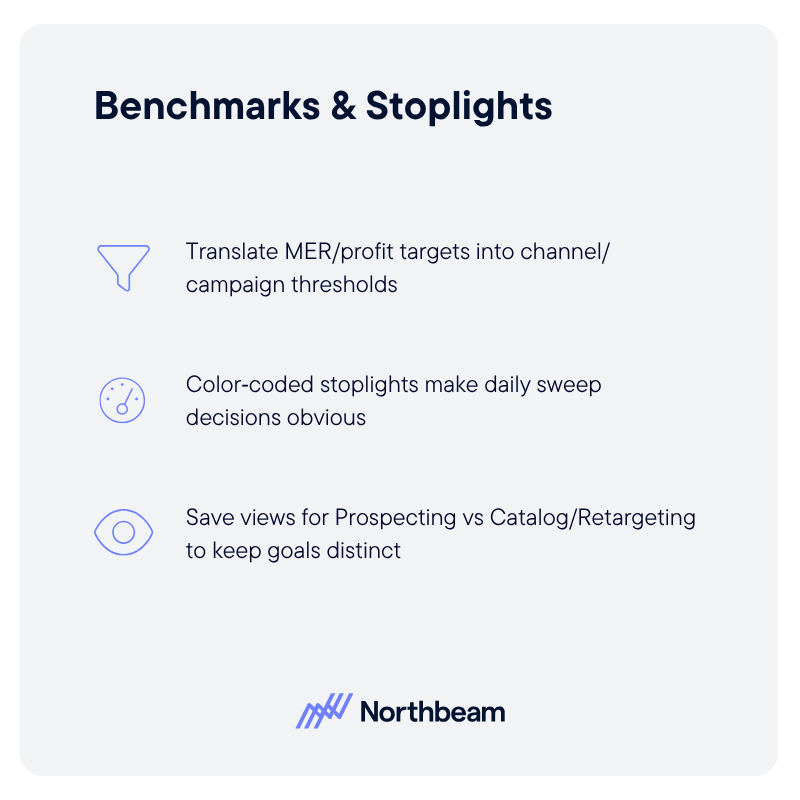
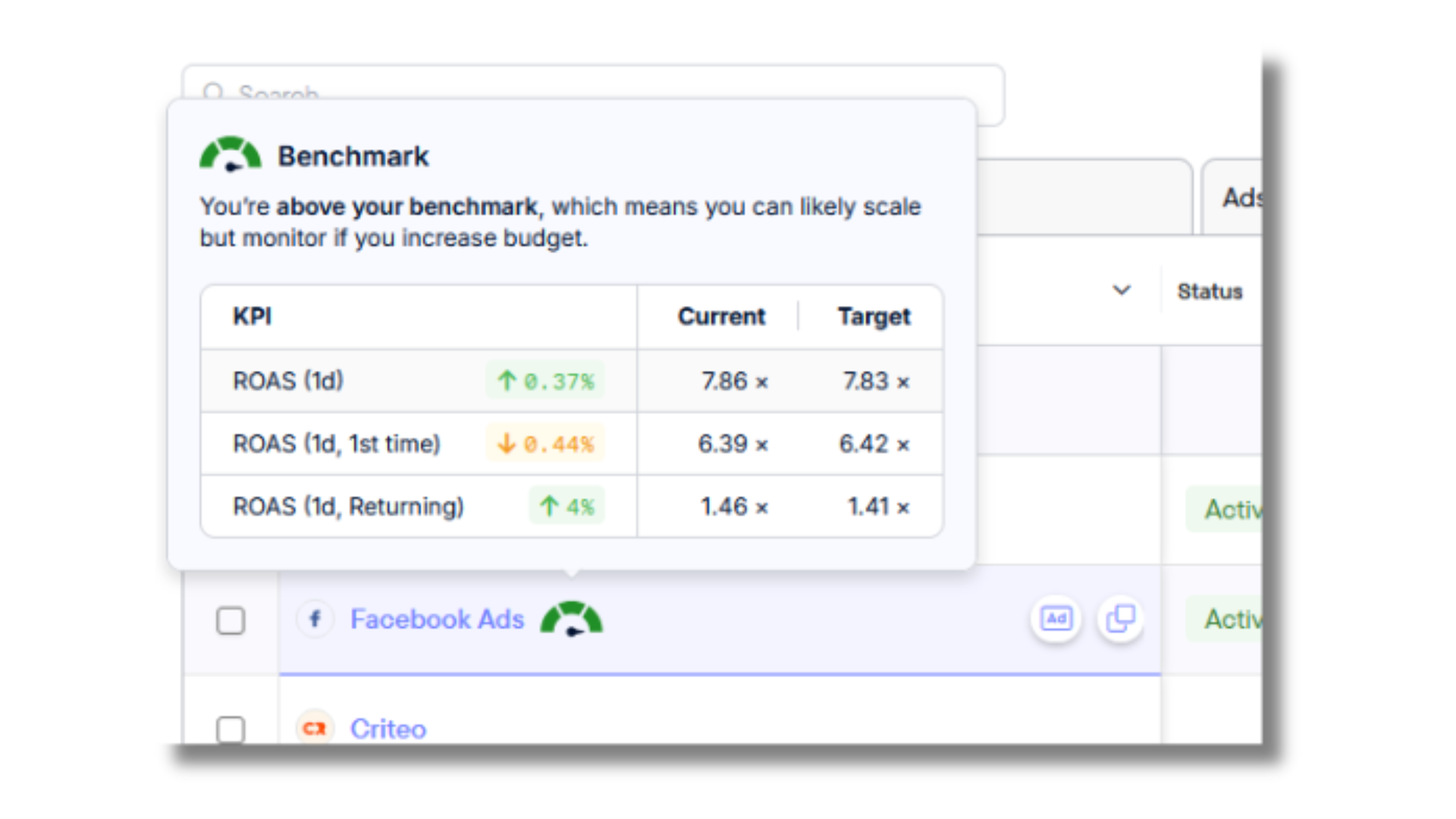
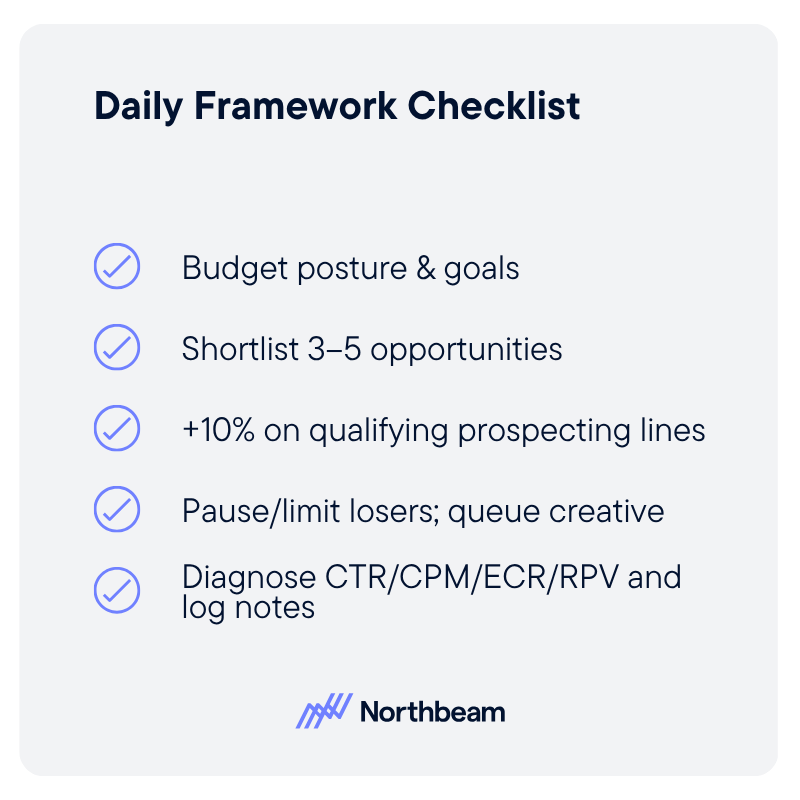
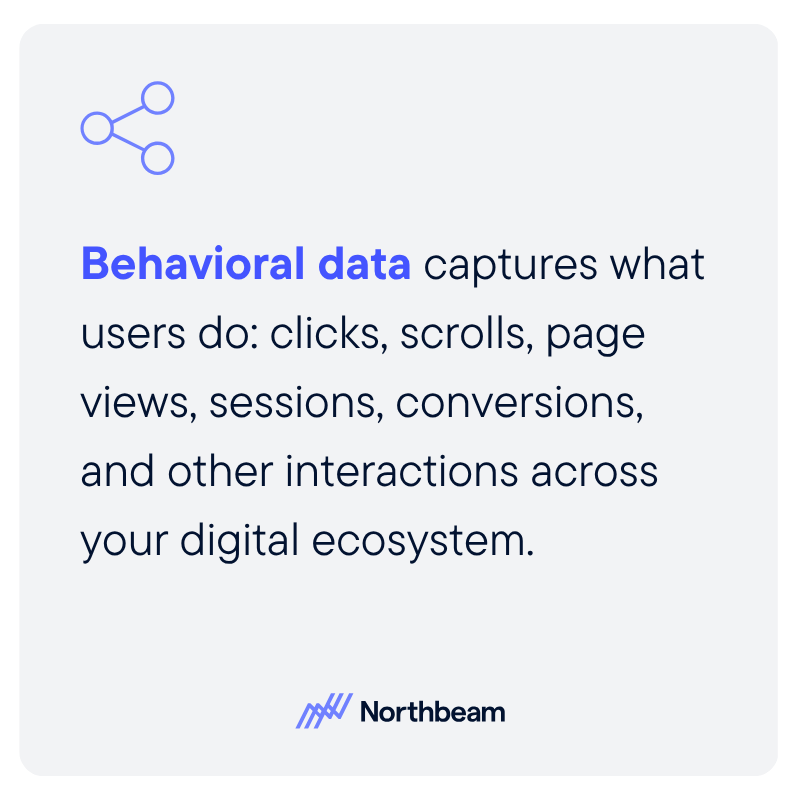
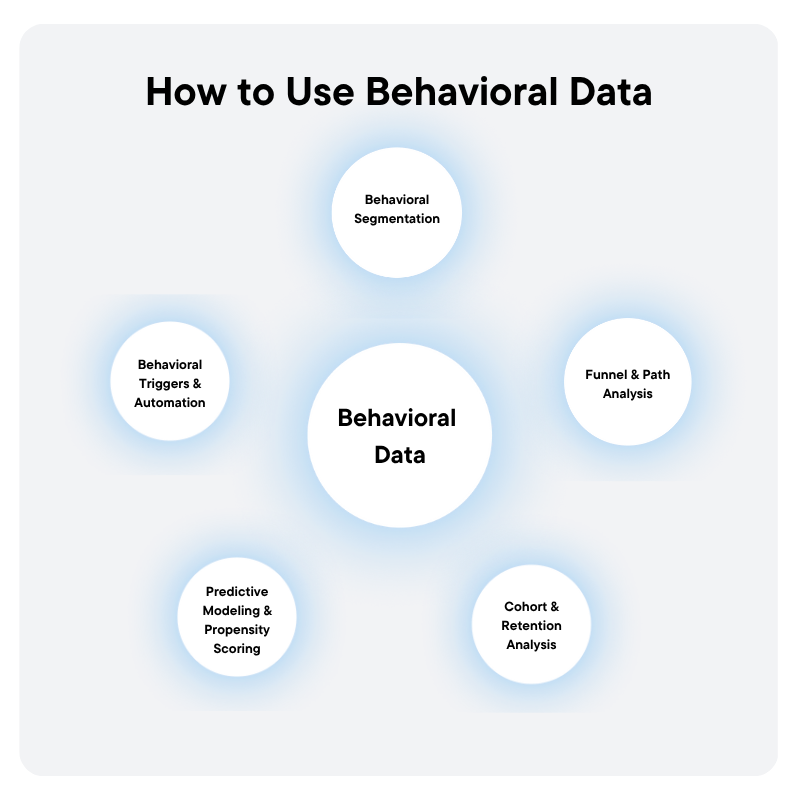

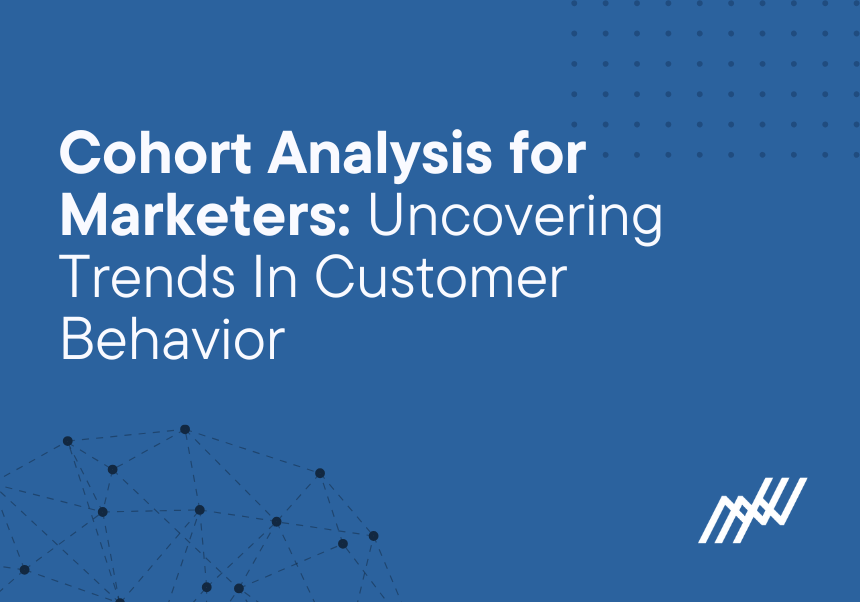
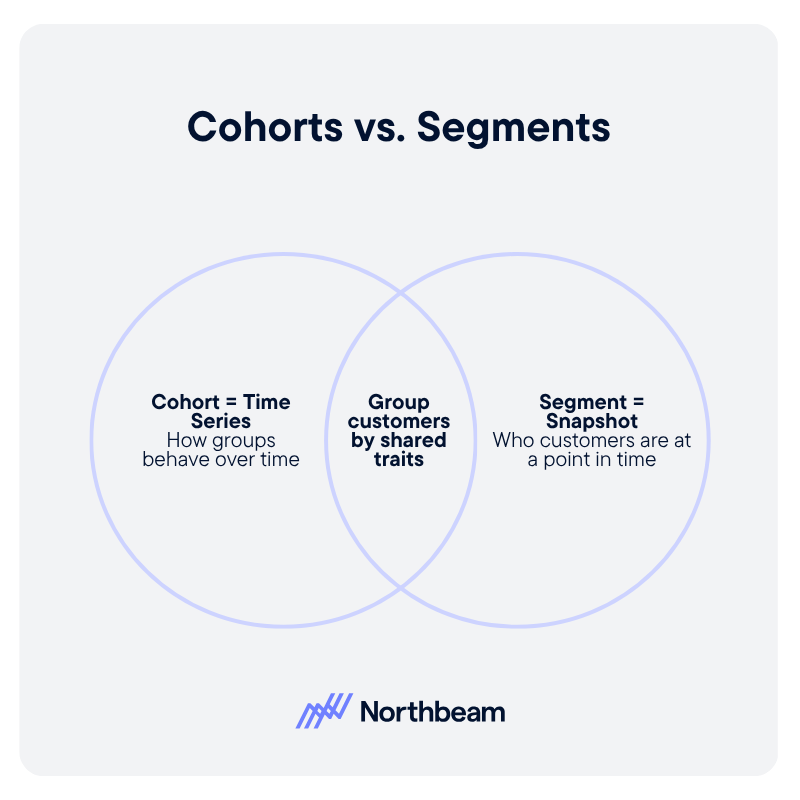
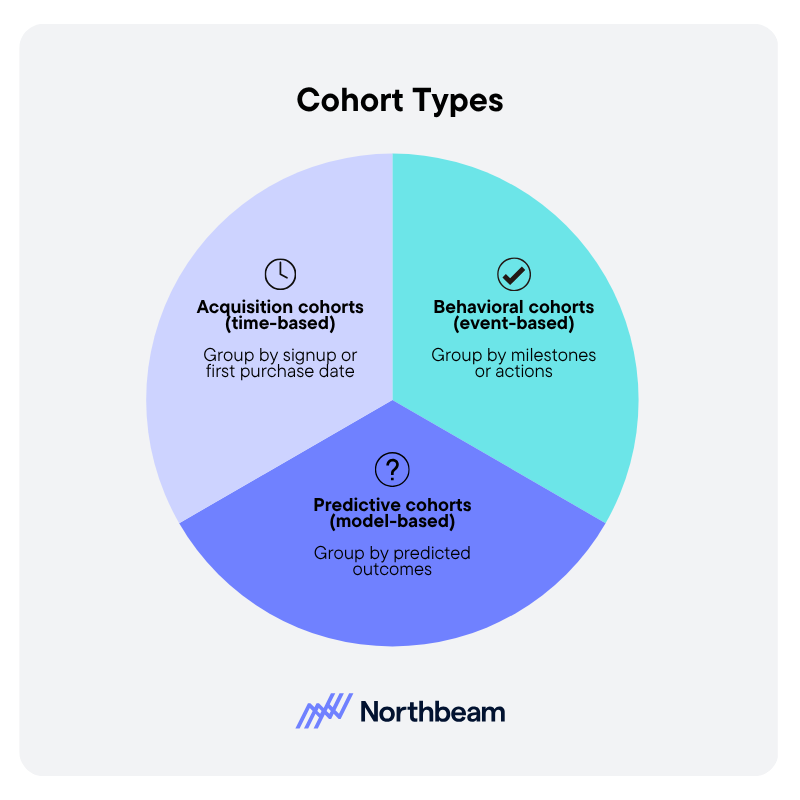
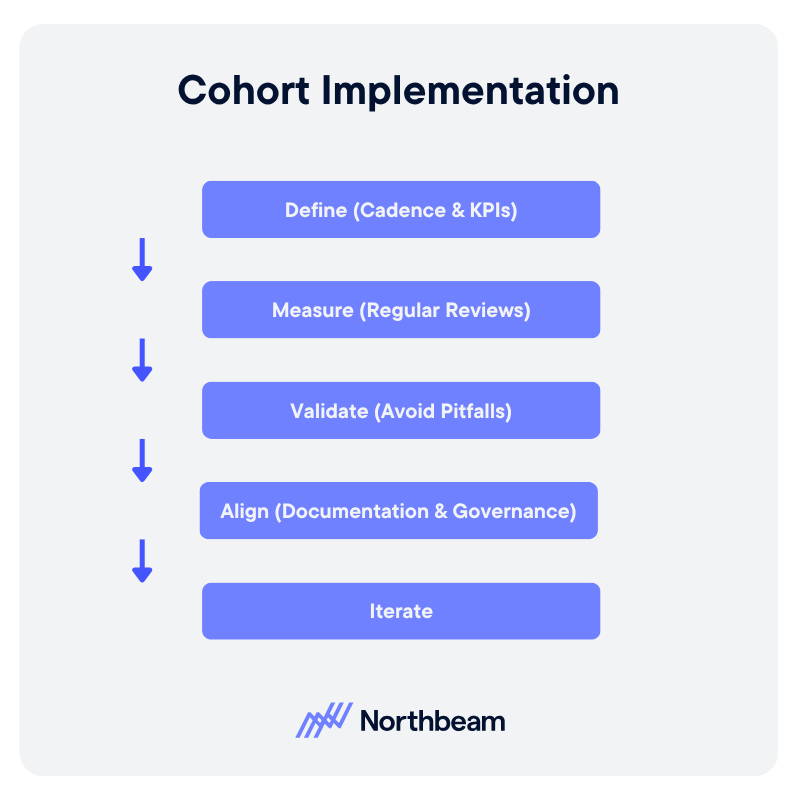
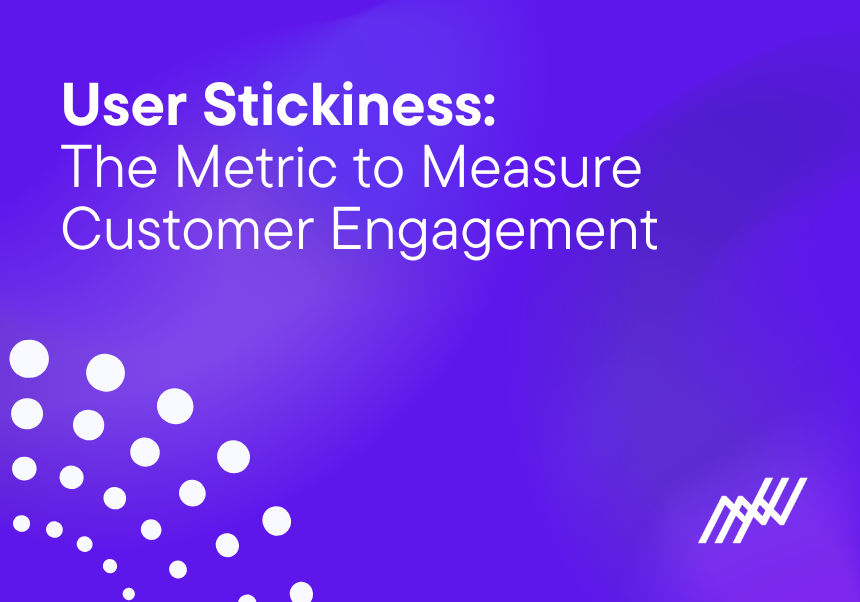
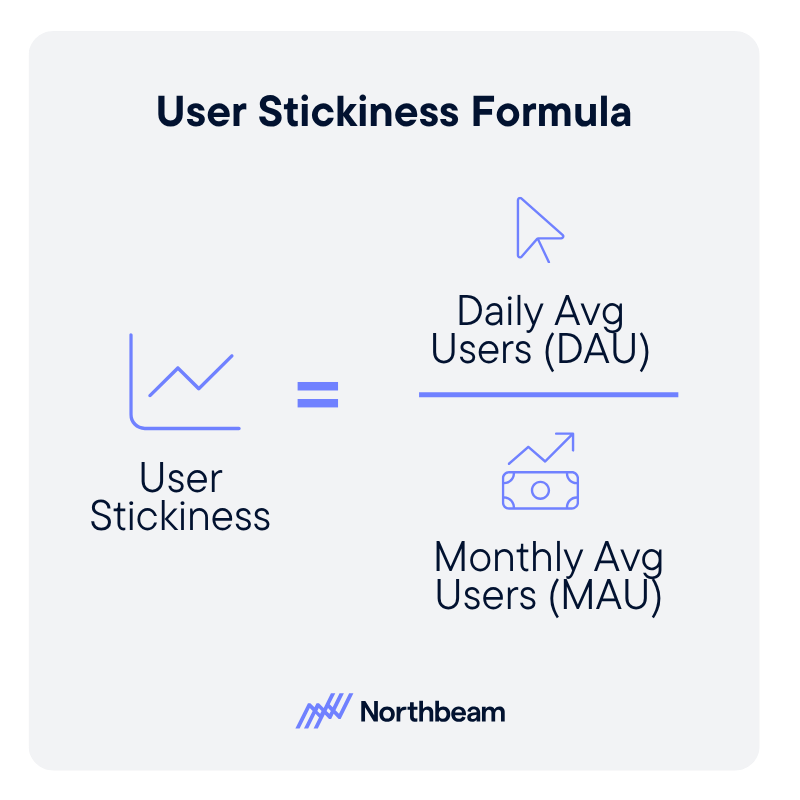
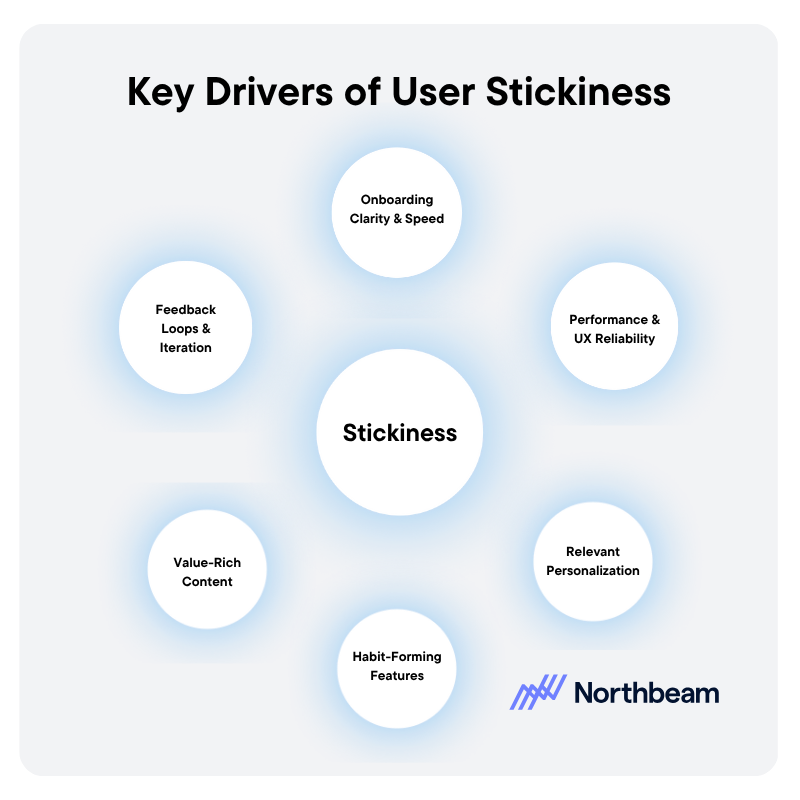
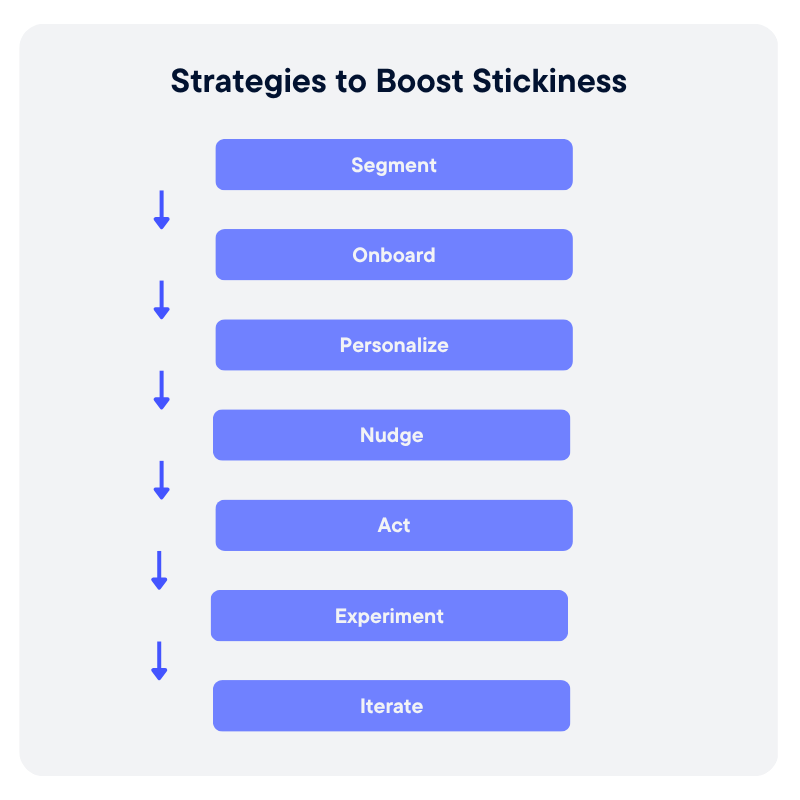

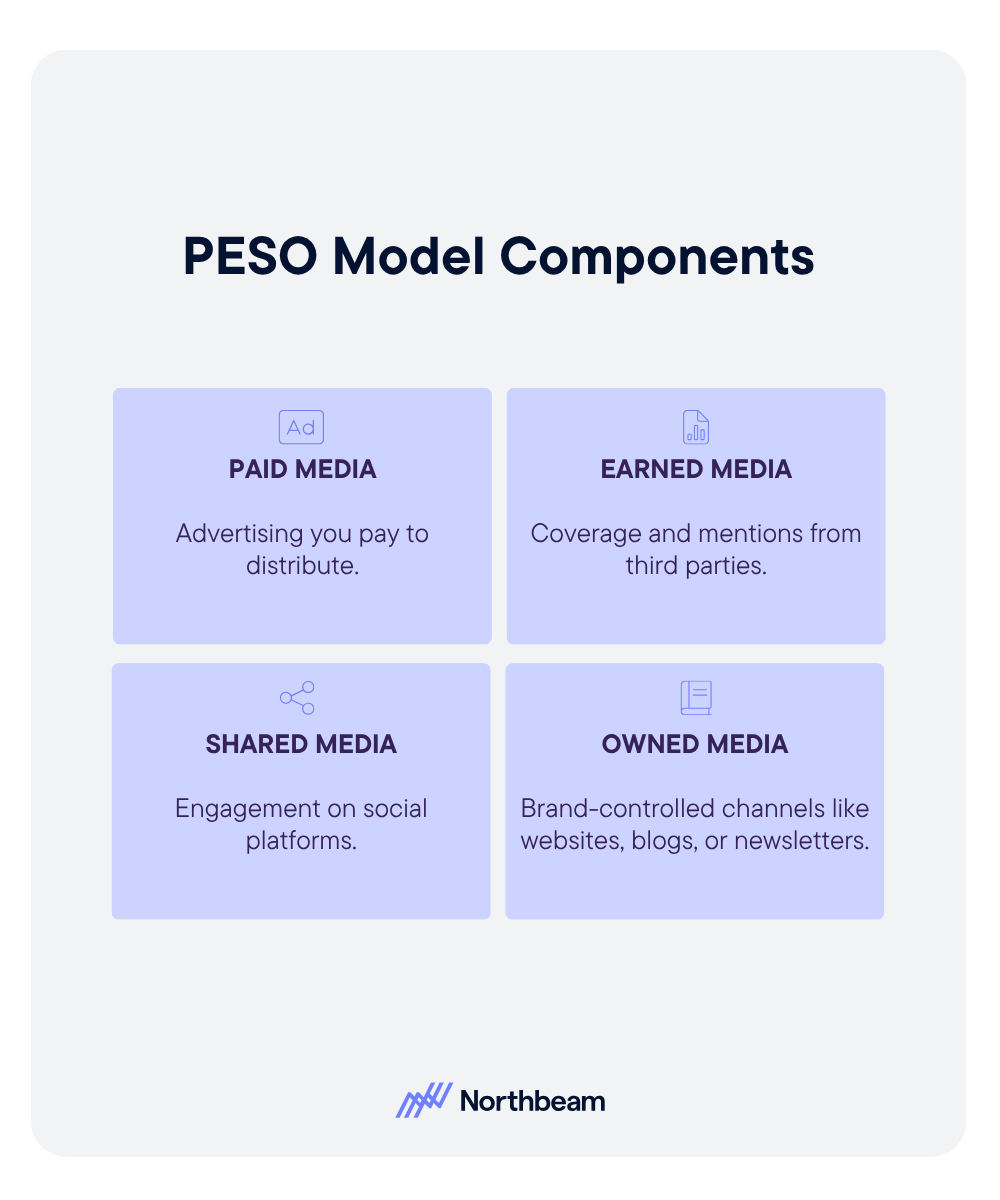
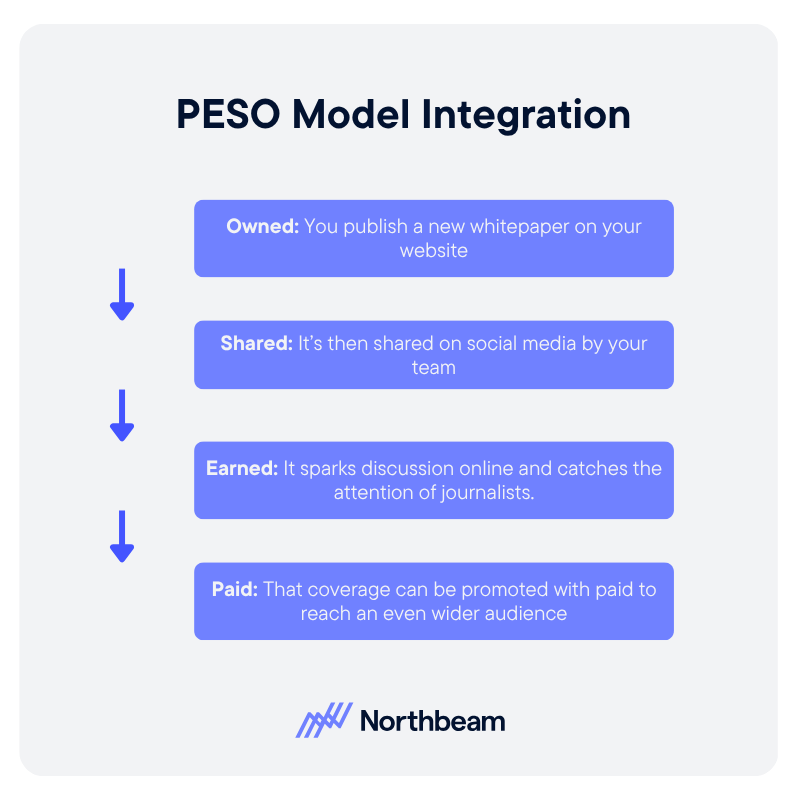
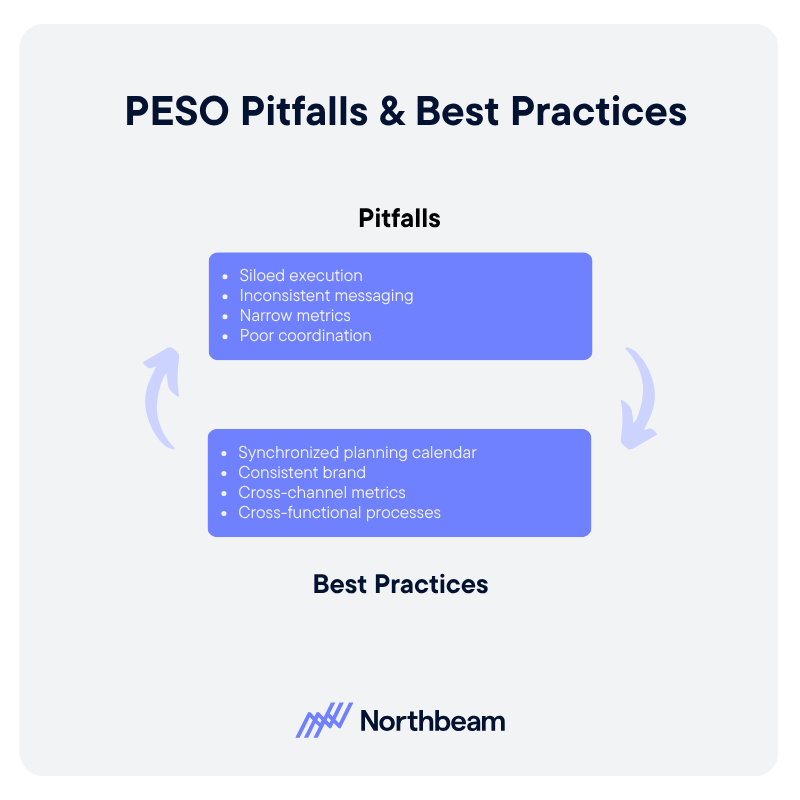
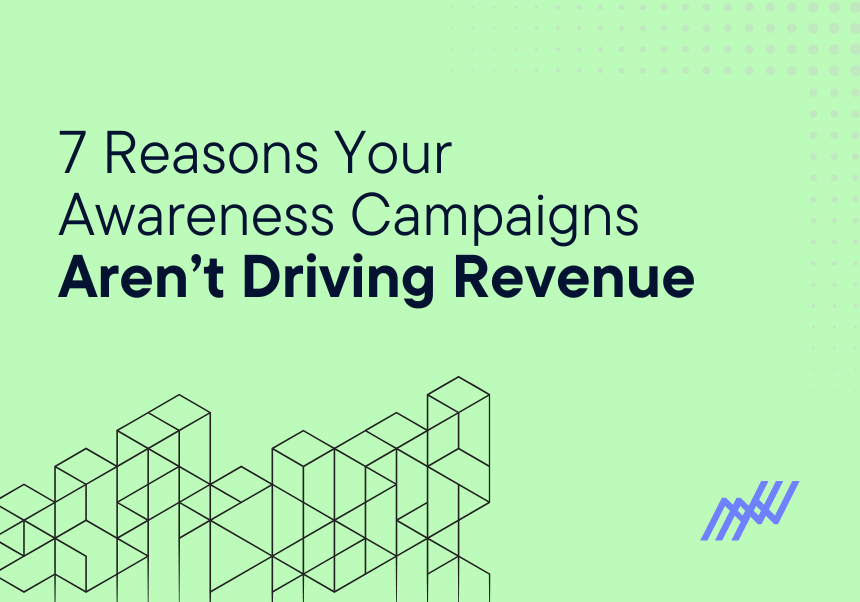

.png)


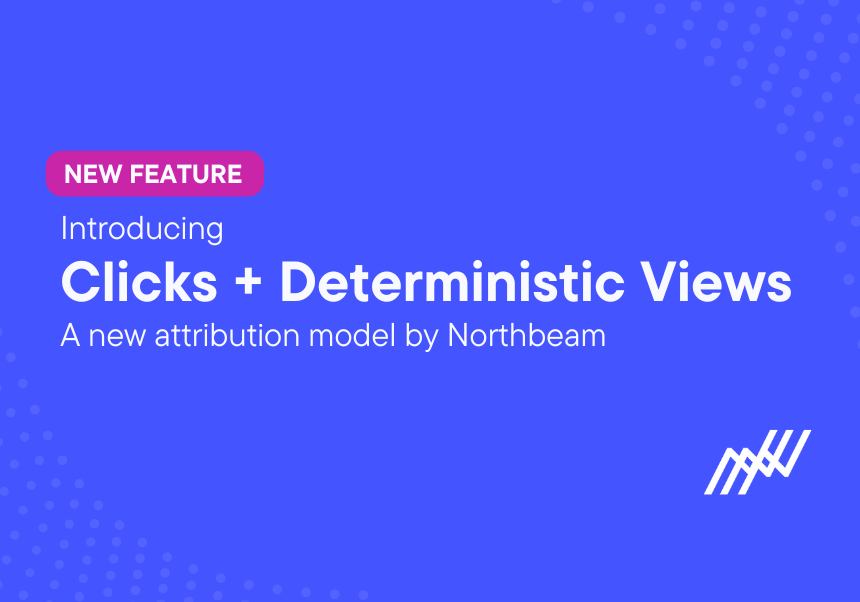


.png)




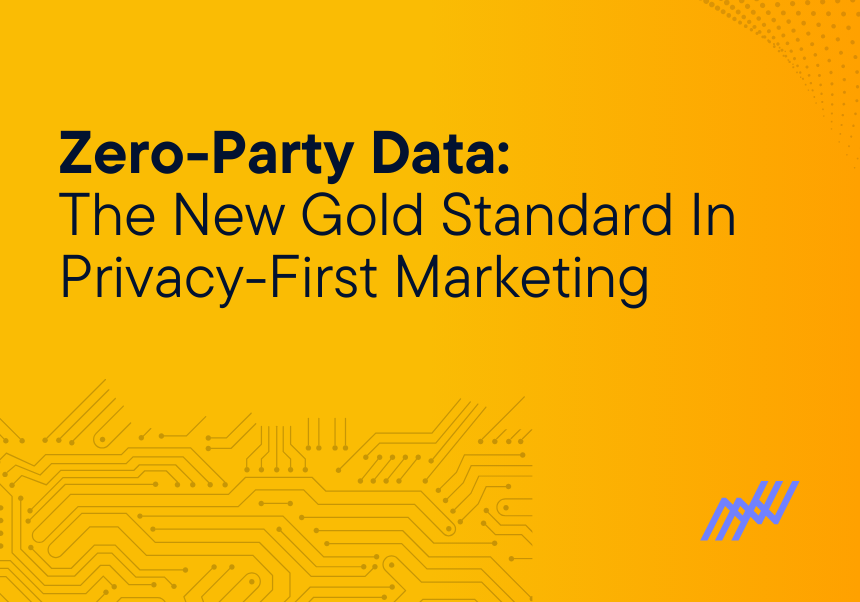
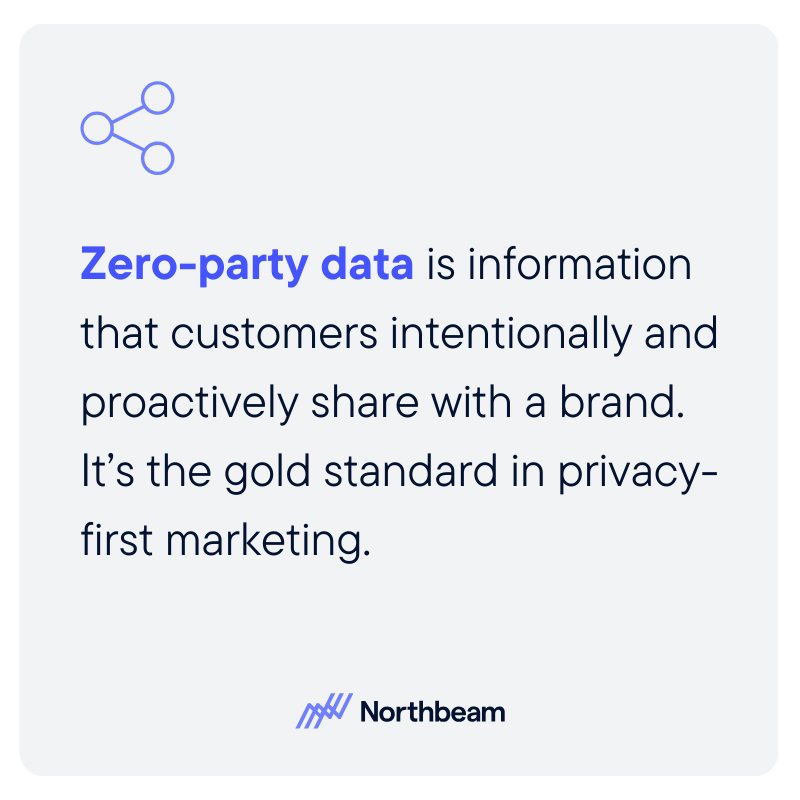
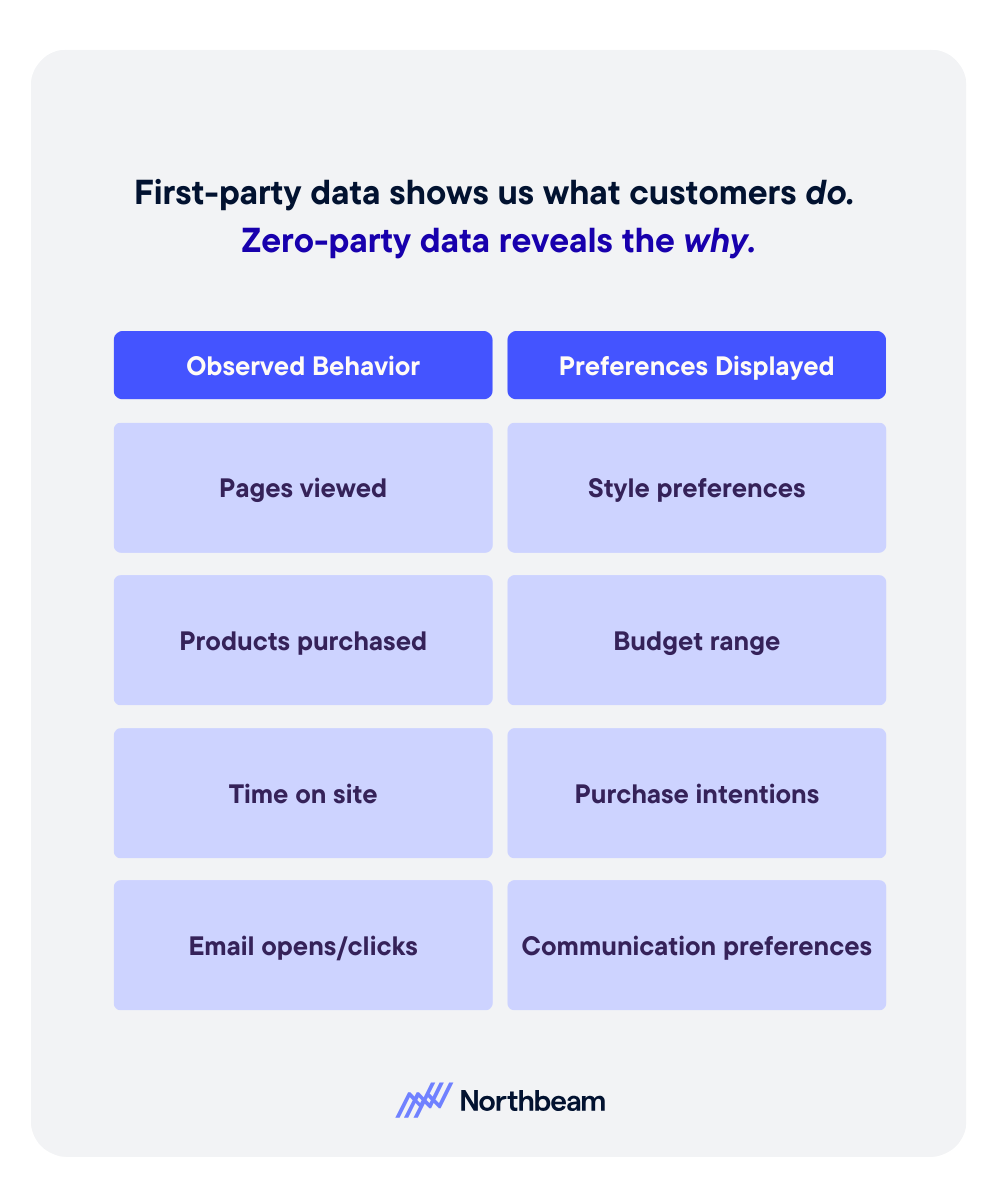
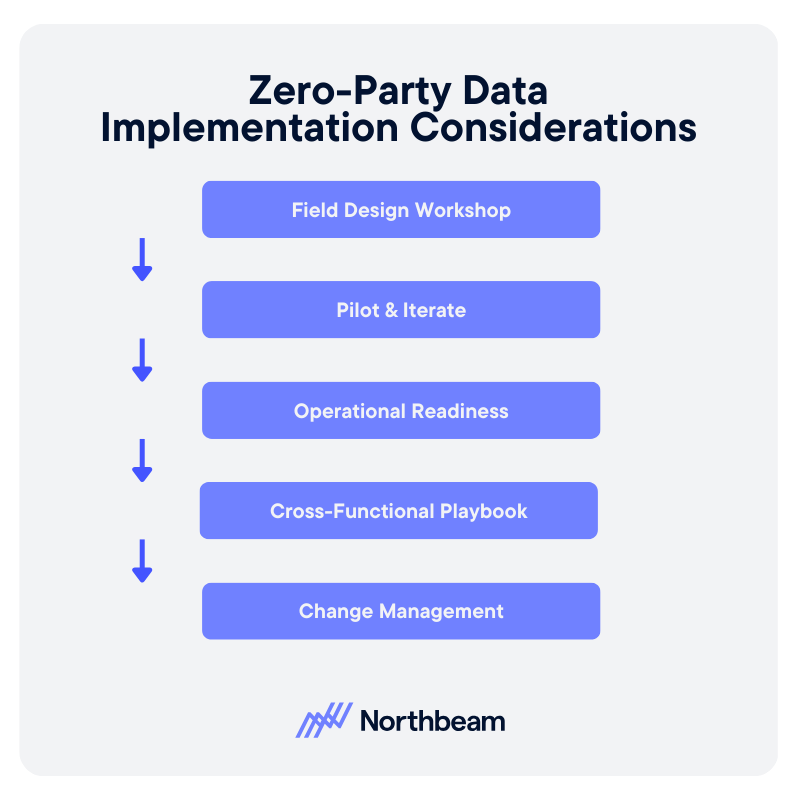



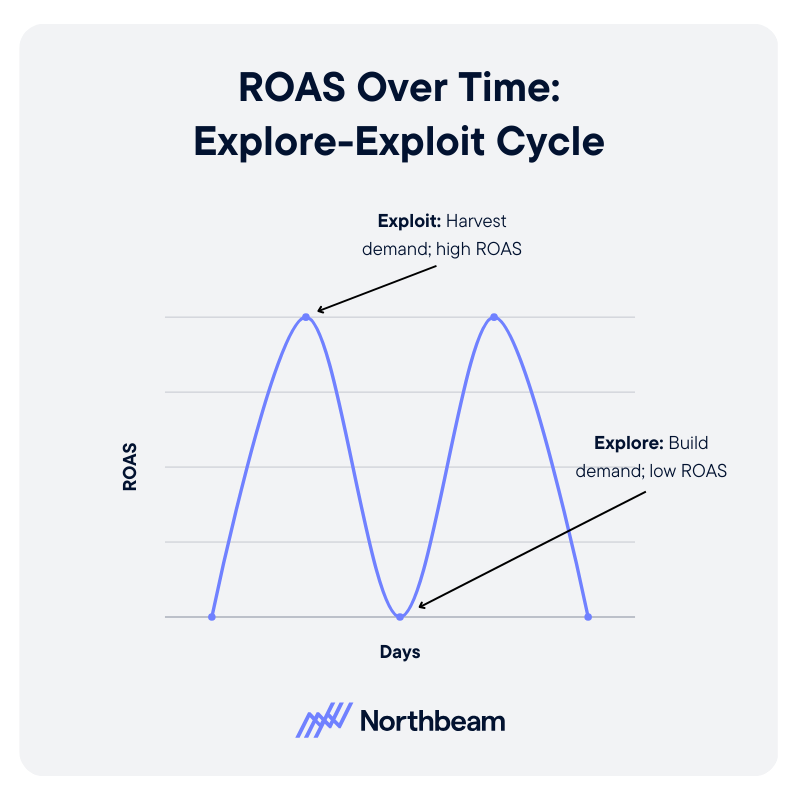
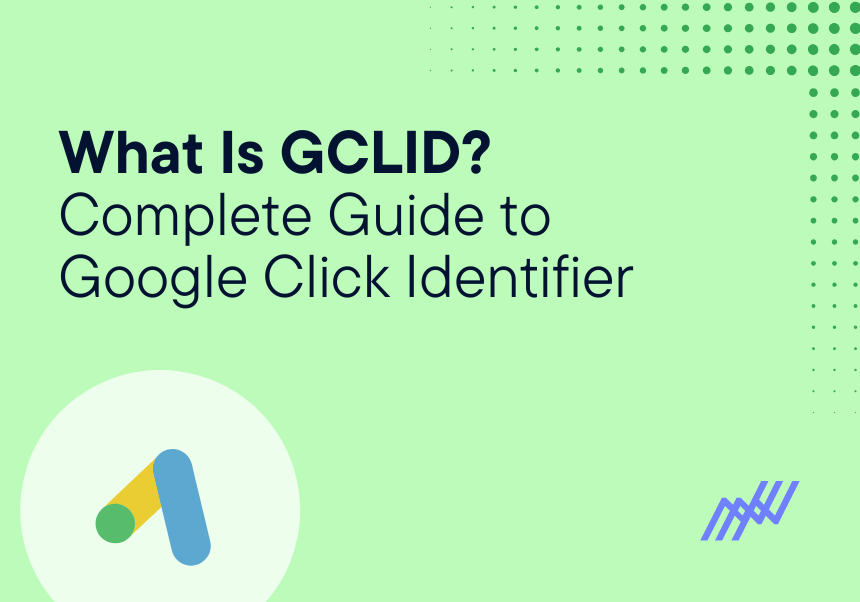
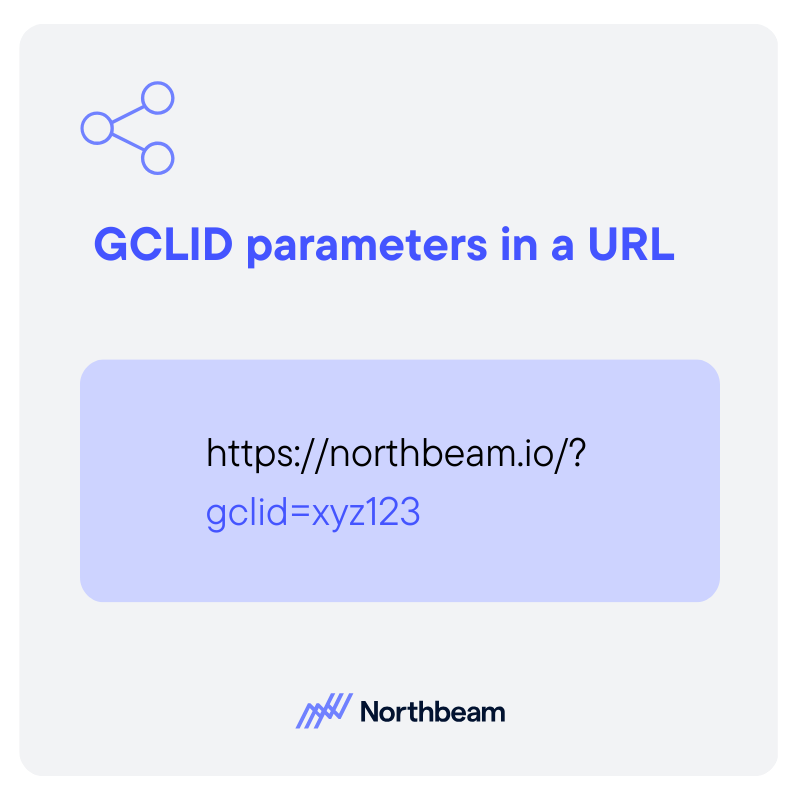
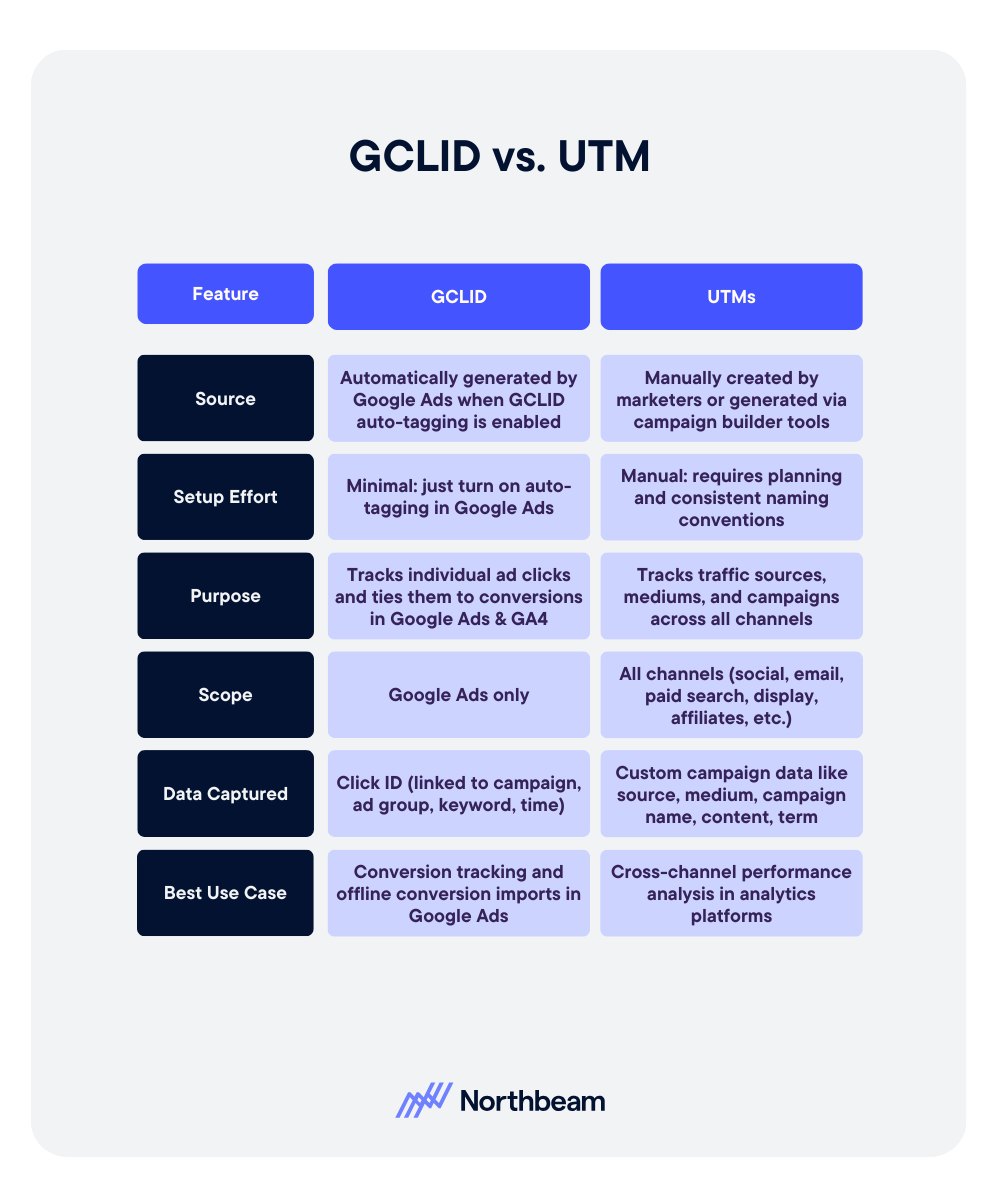
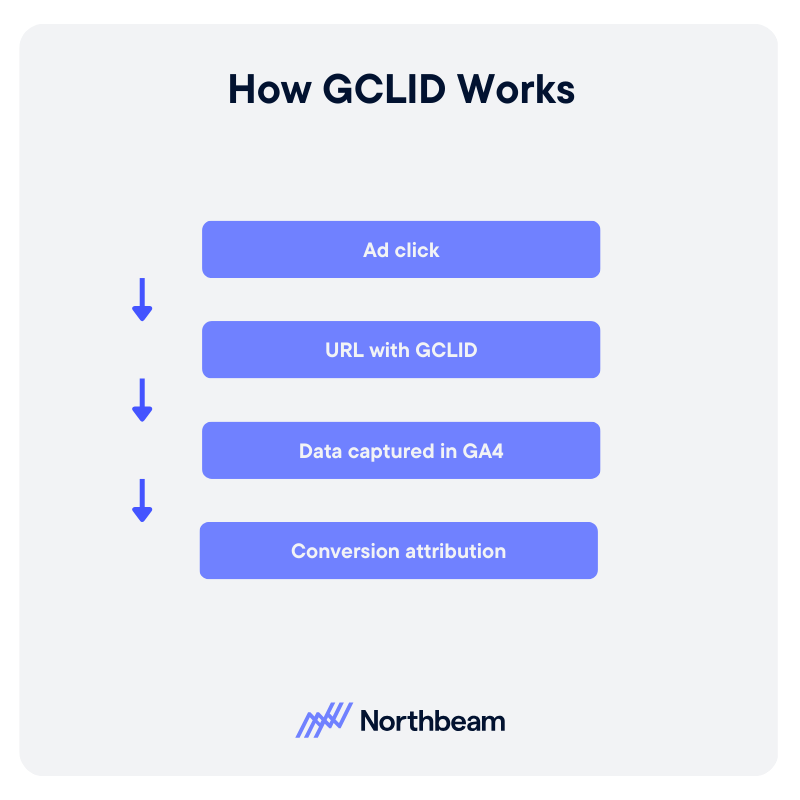
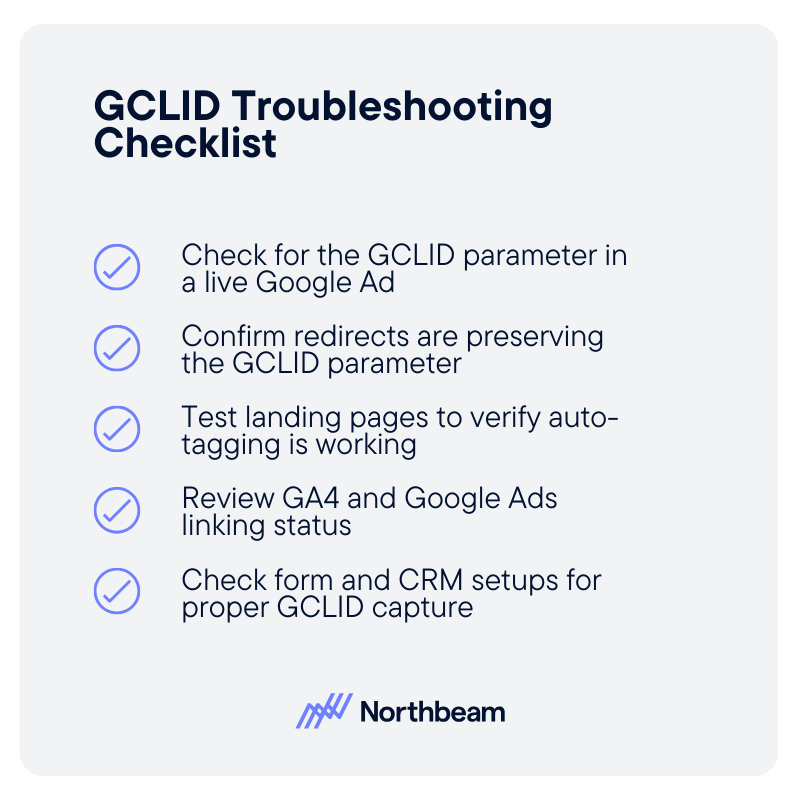




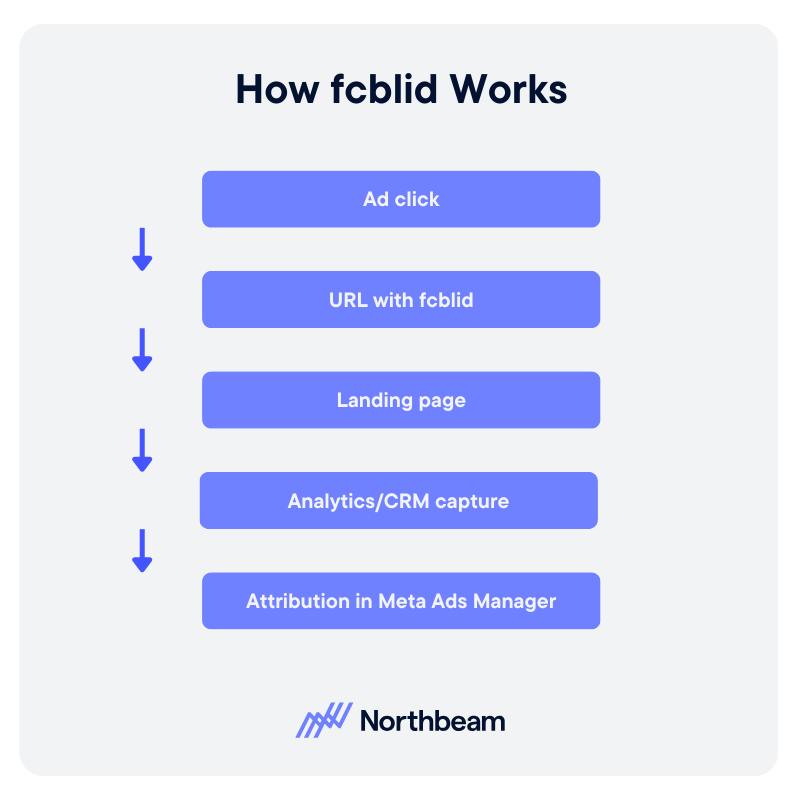
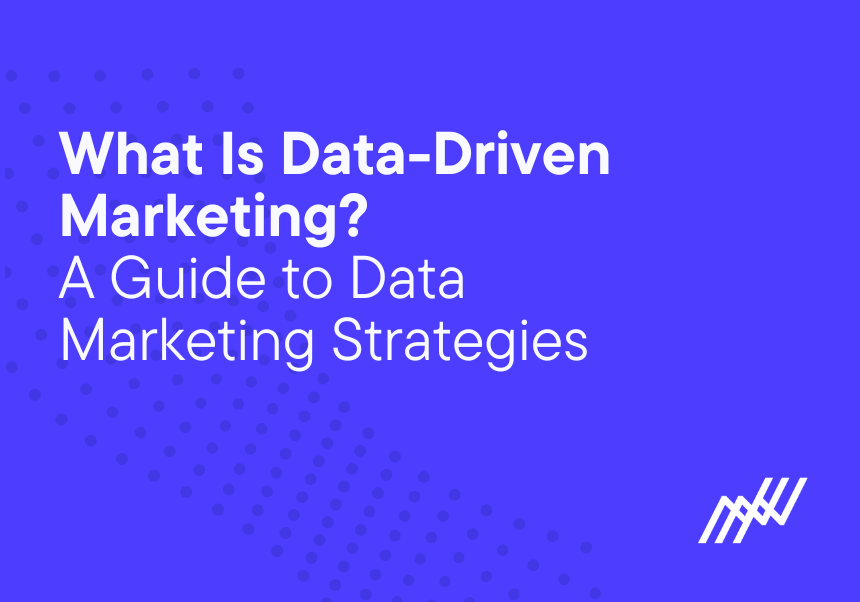

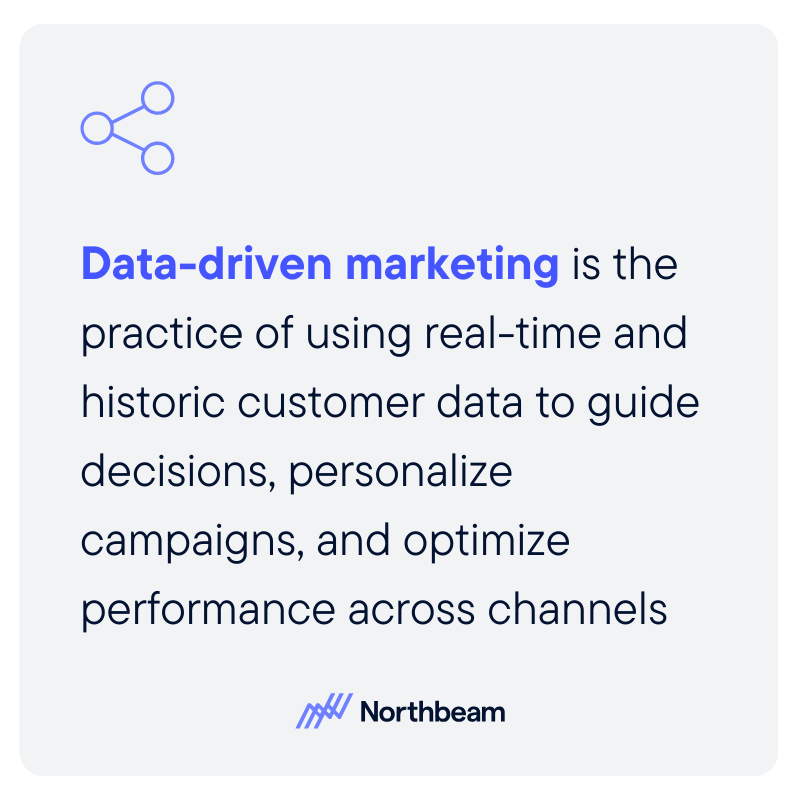
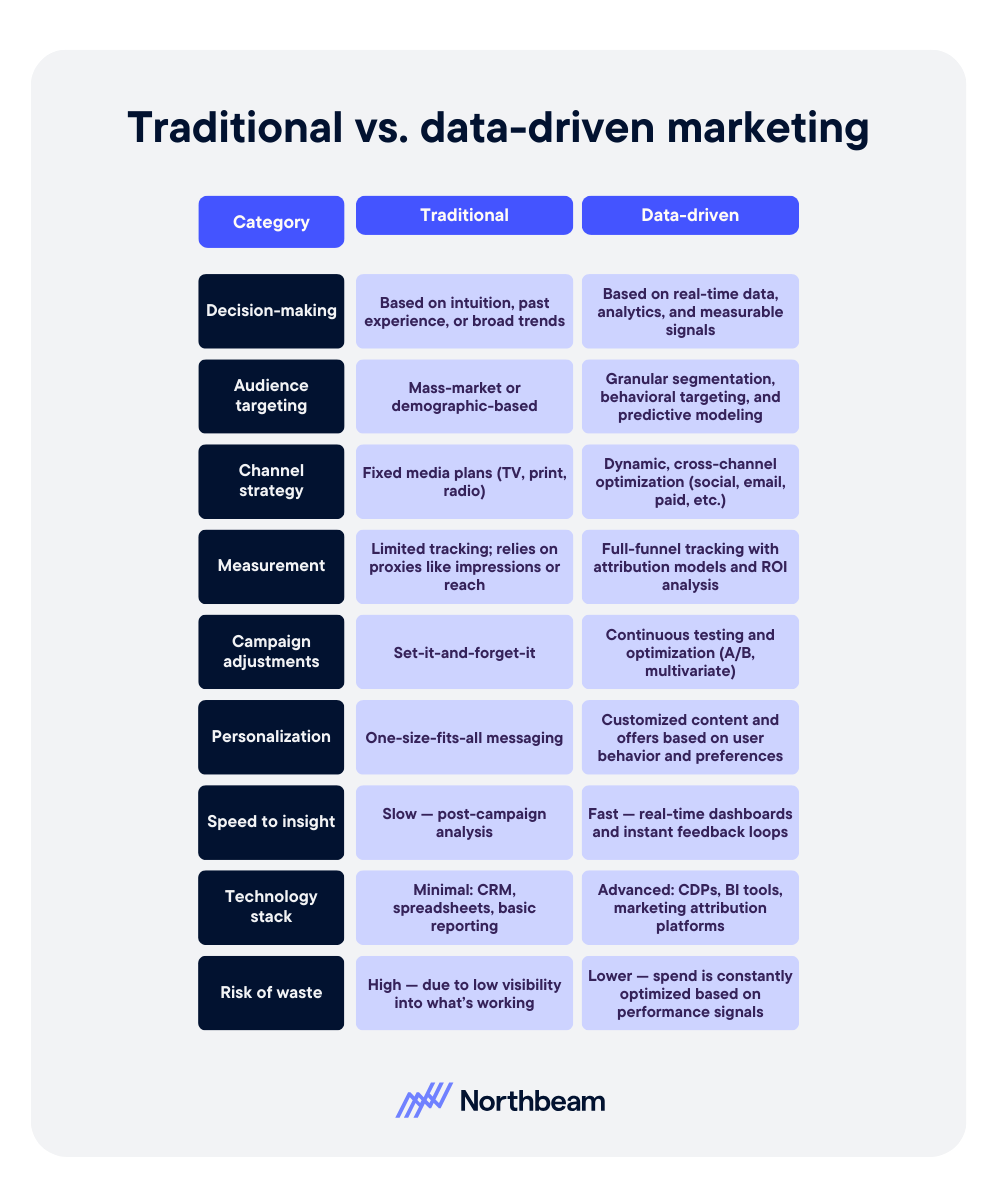
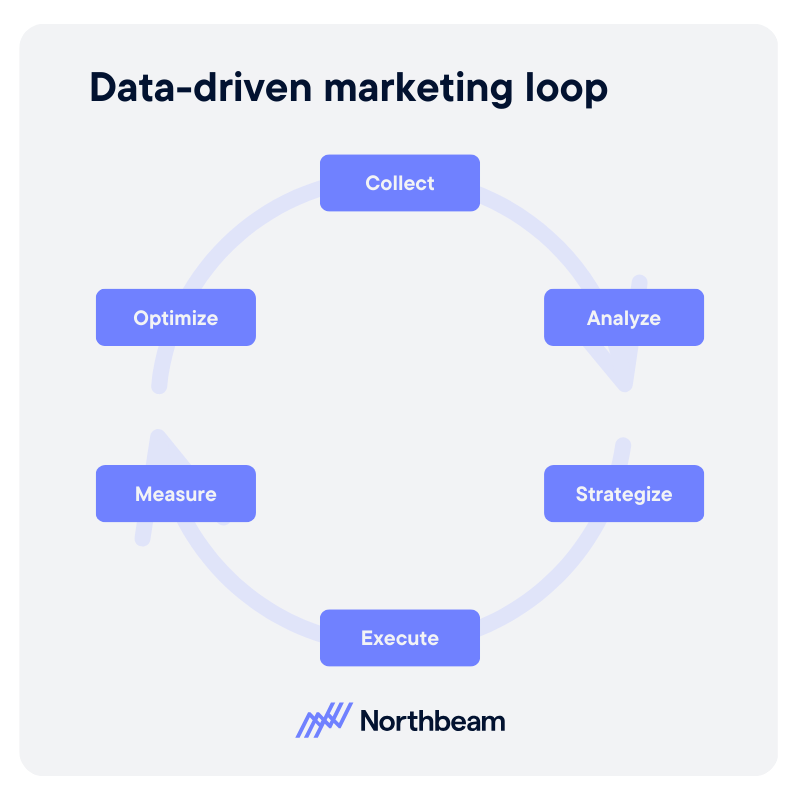


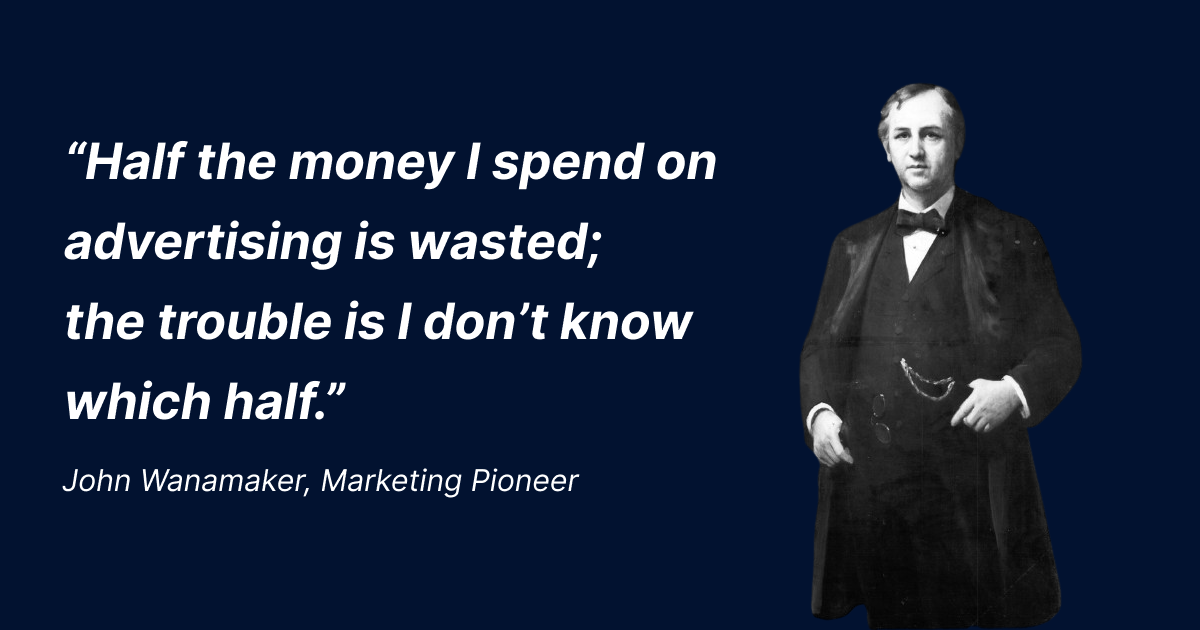

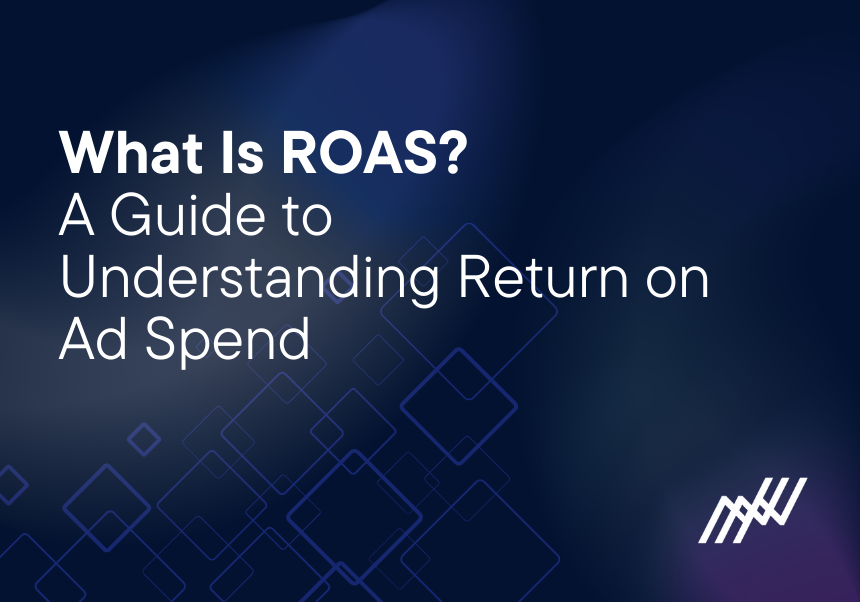

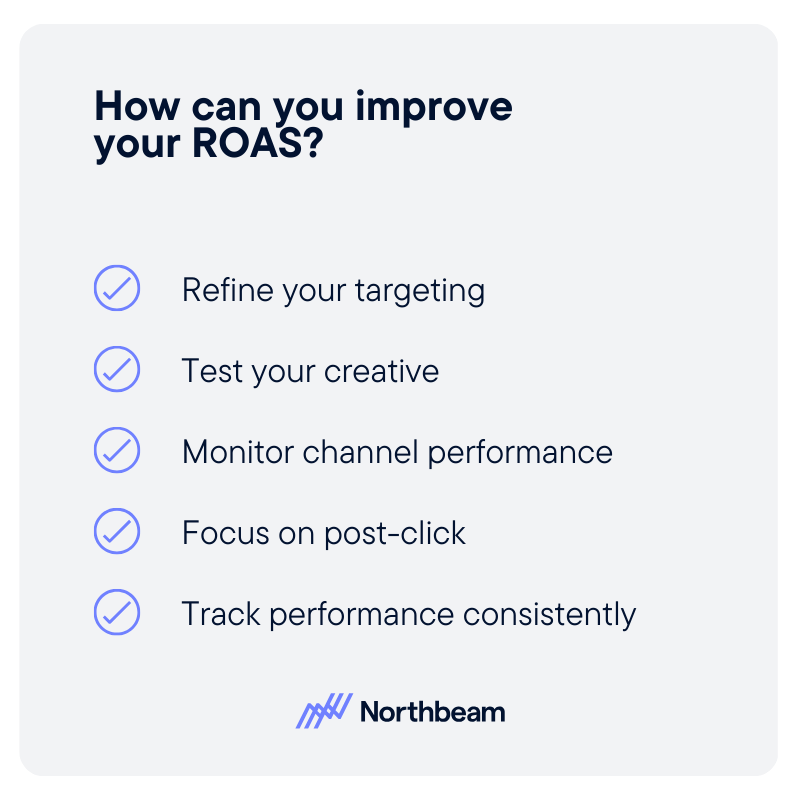
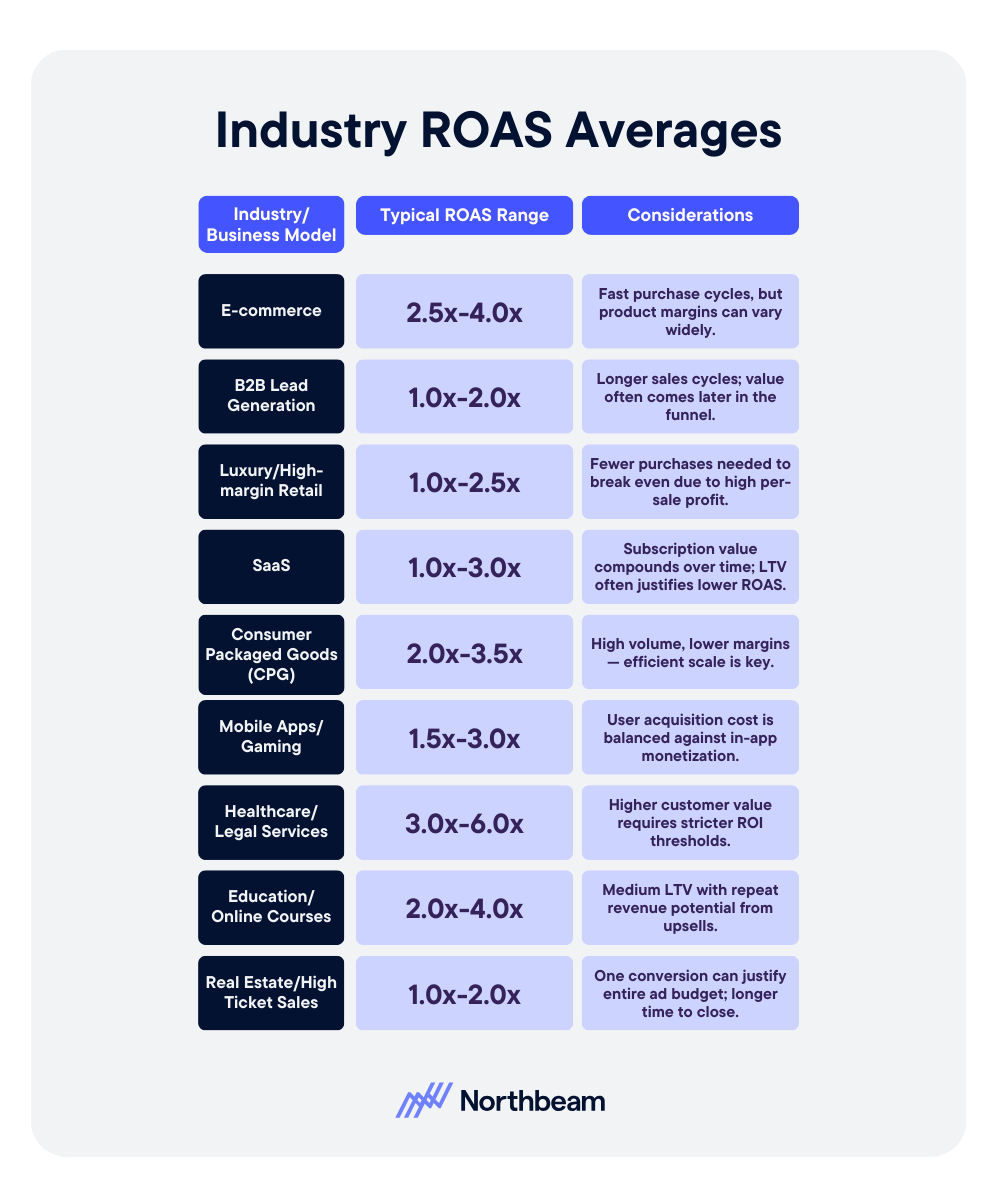
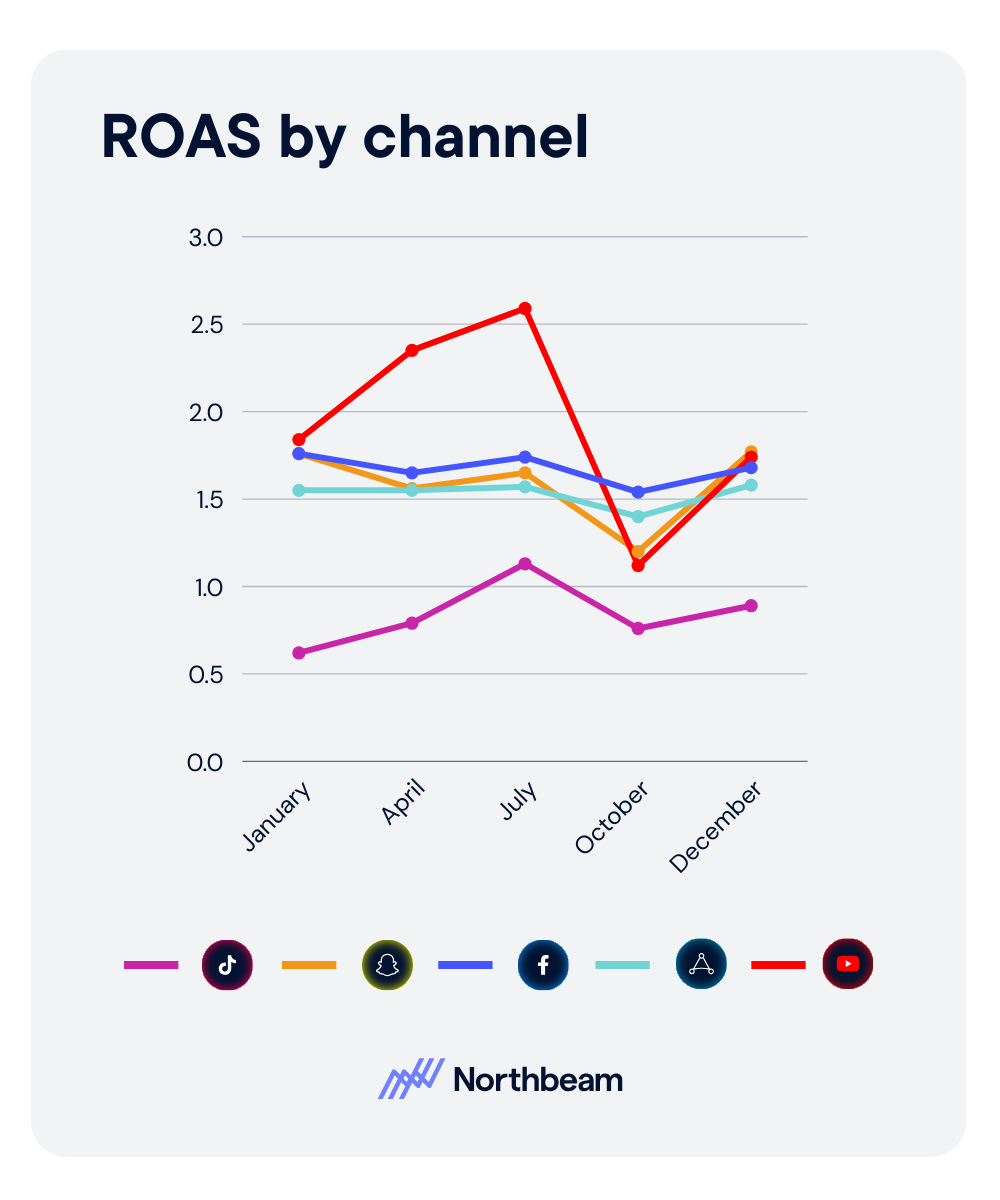
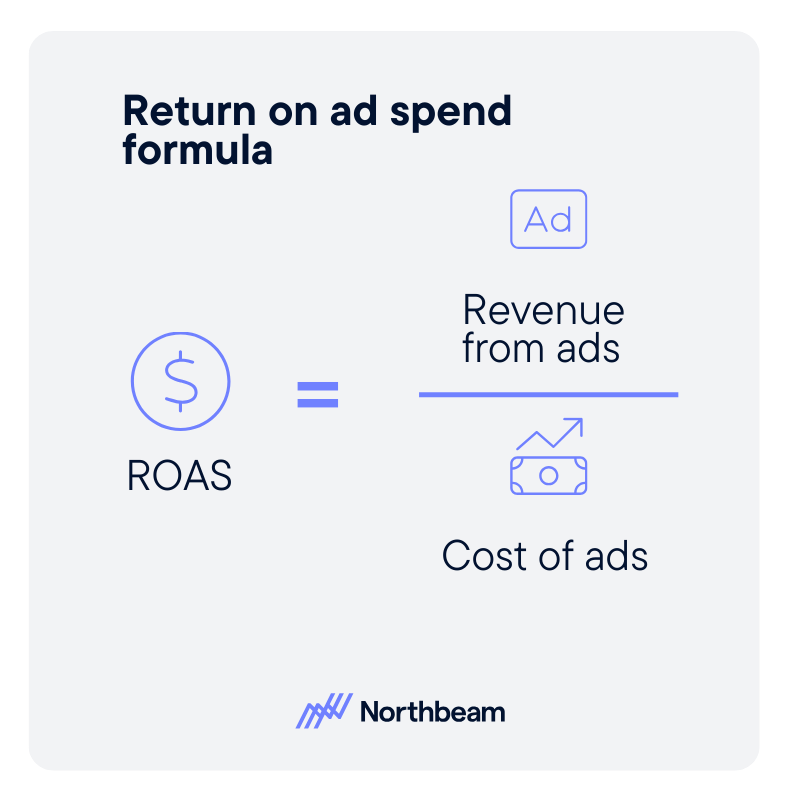
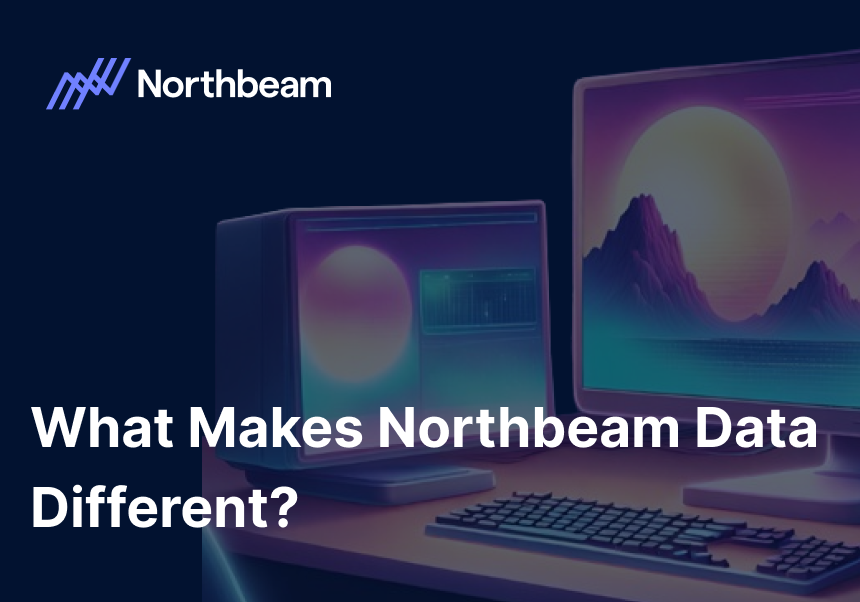
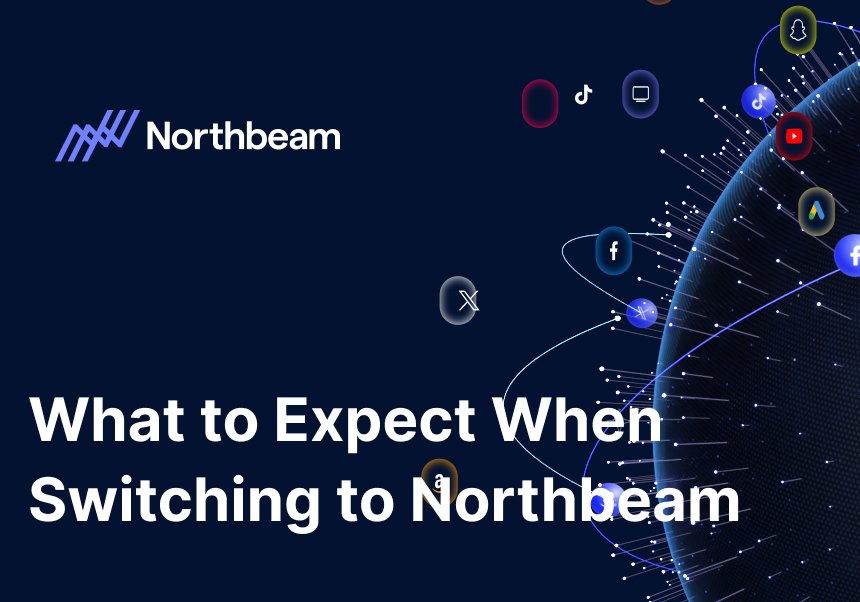
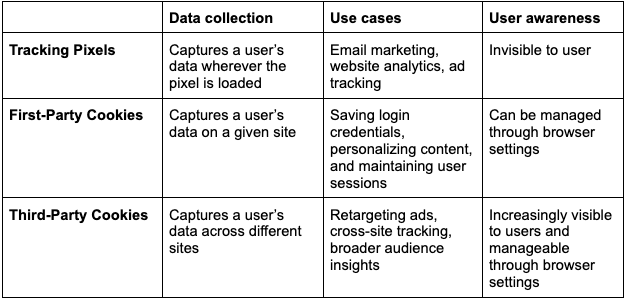
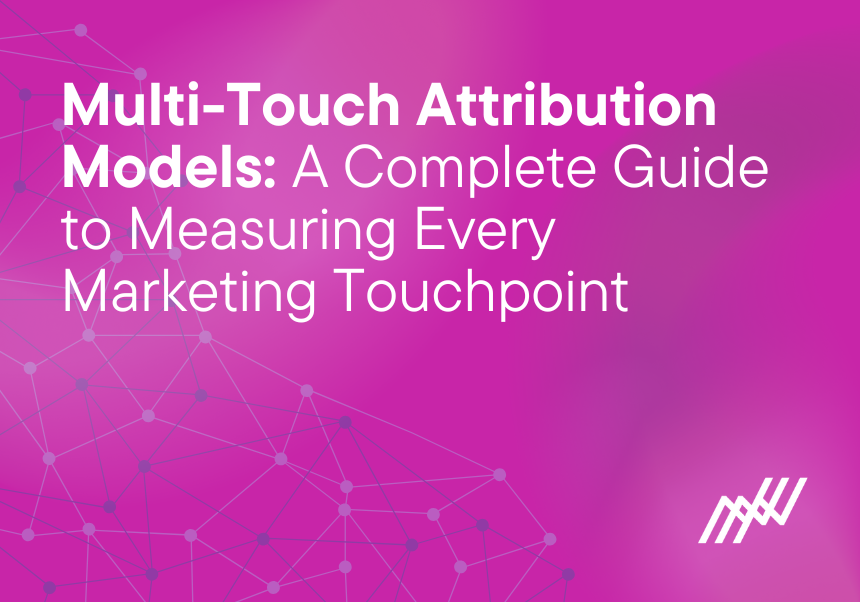
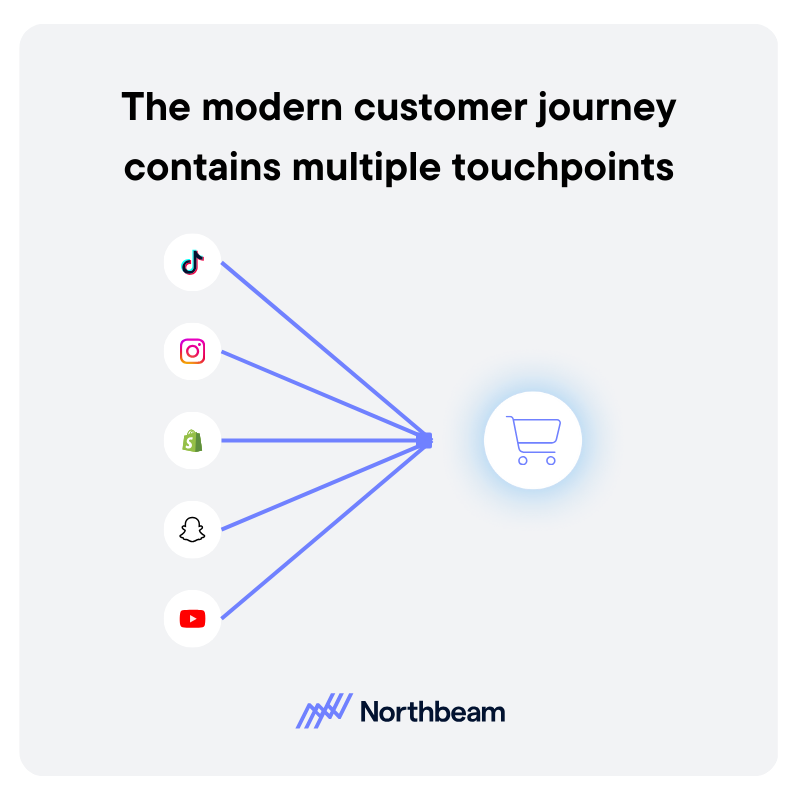
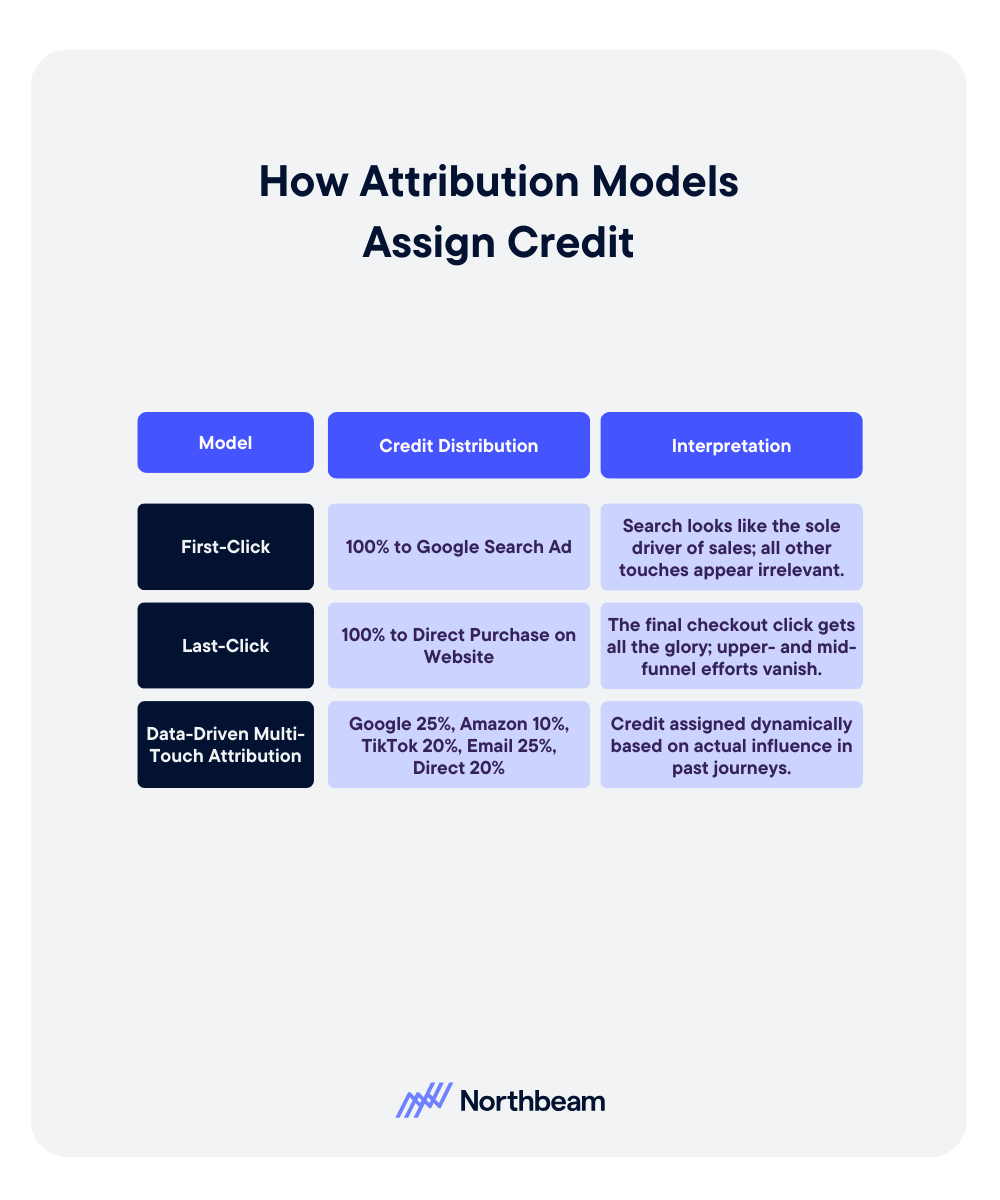
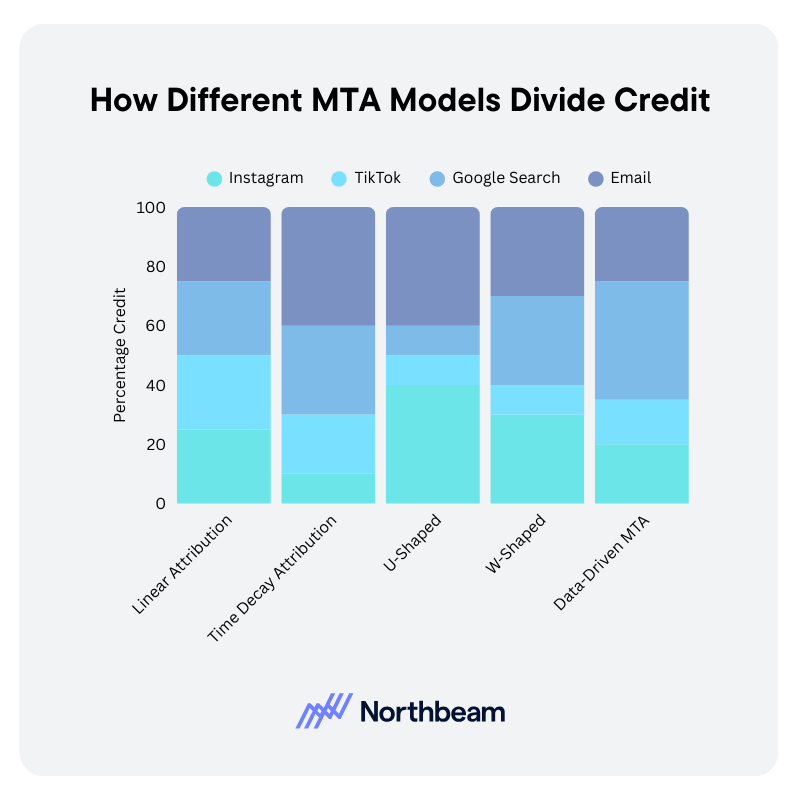
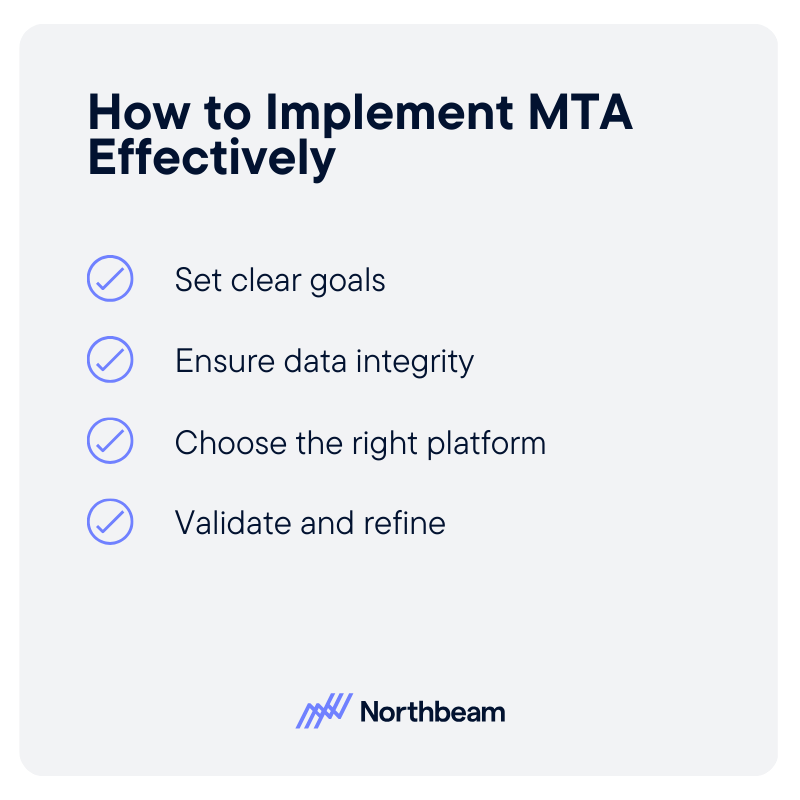
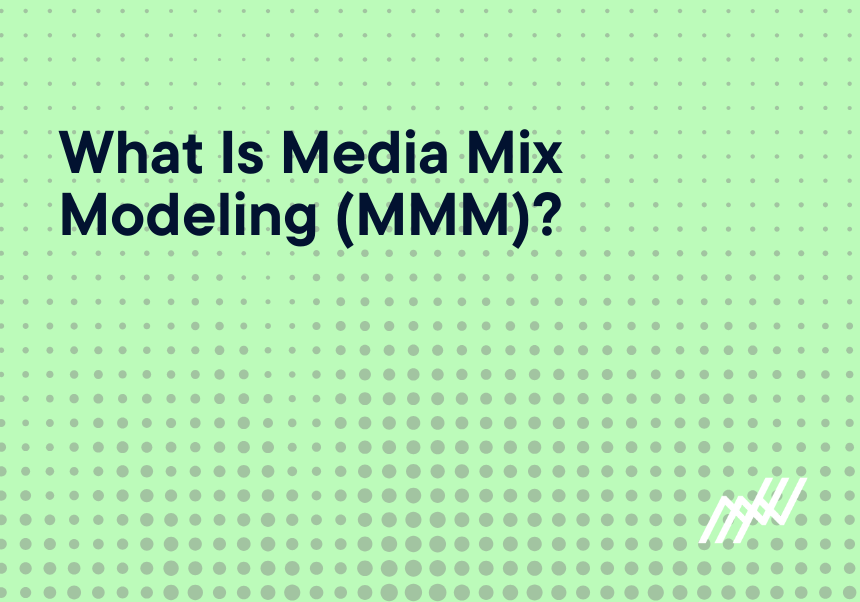
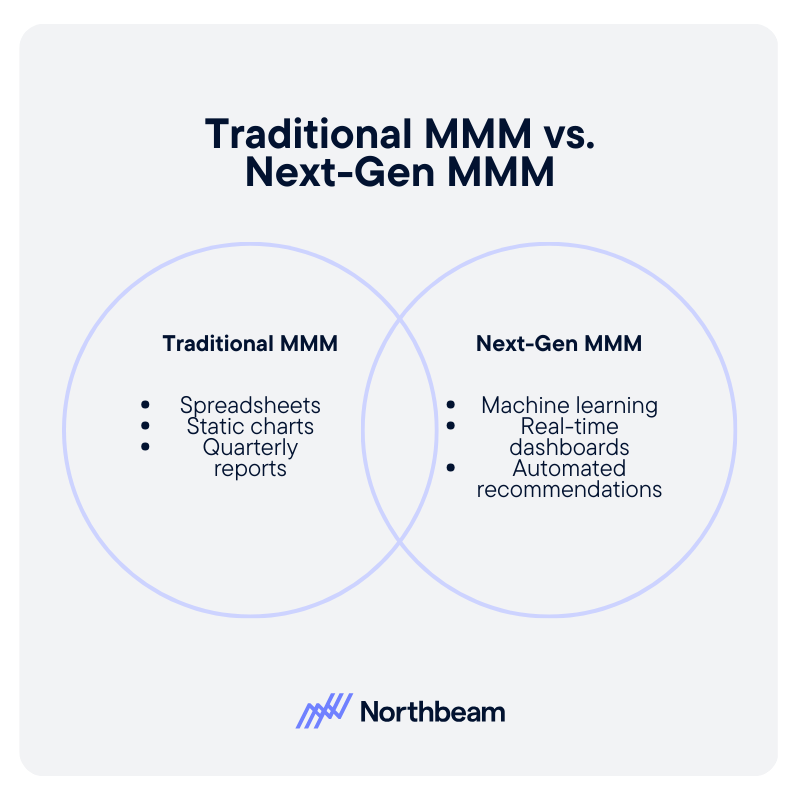
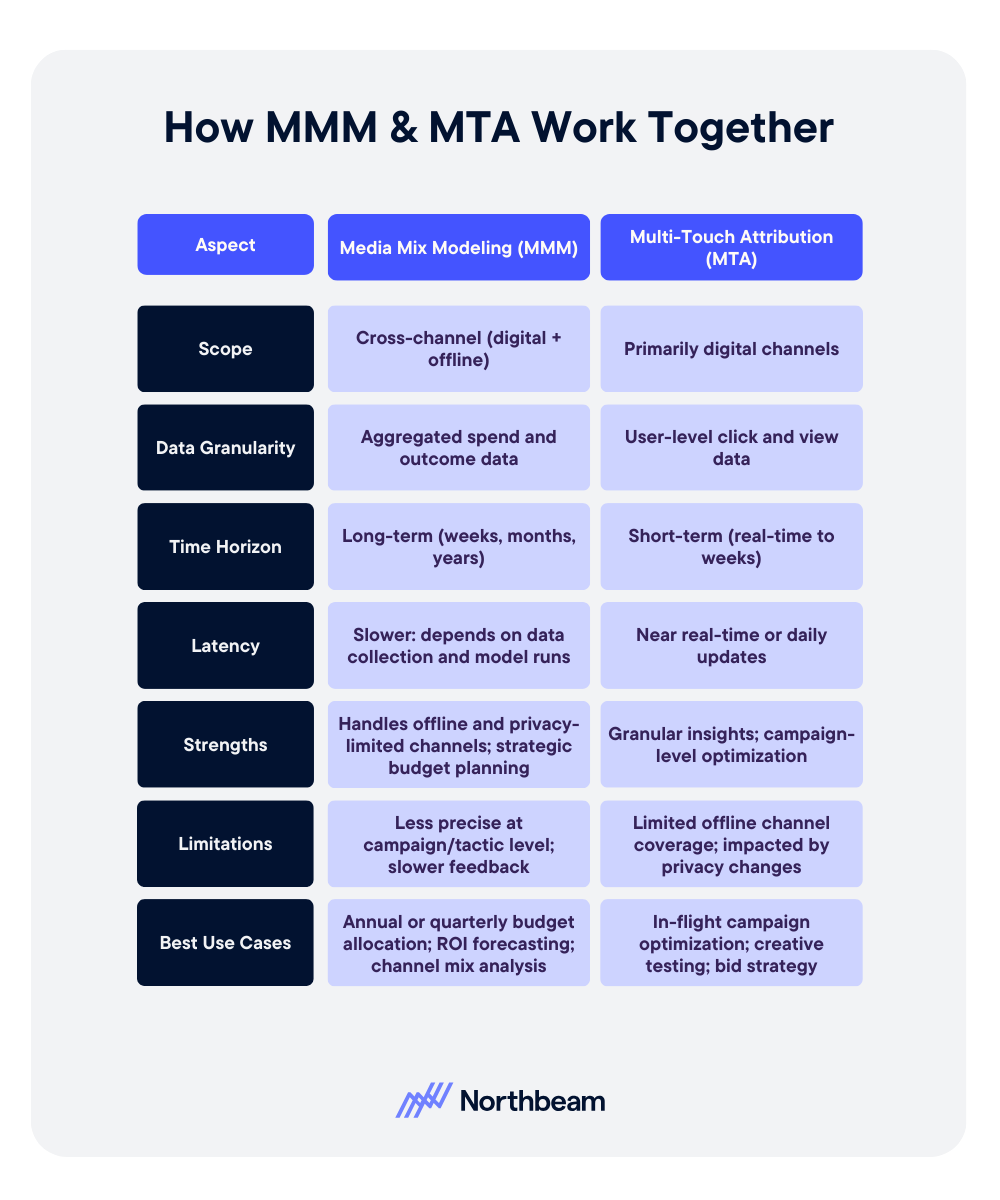
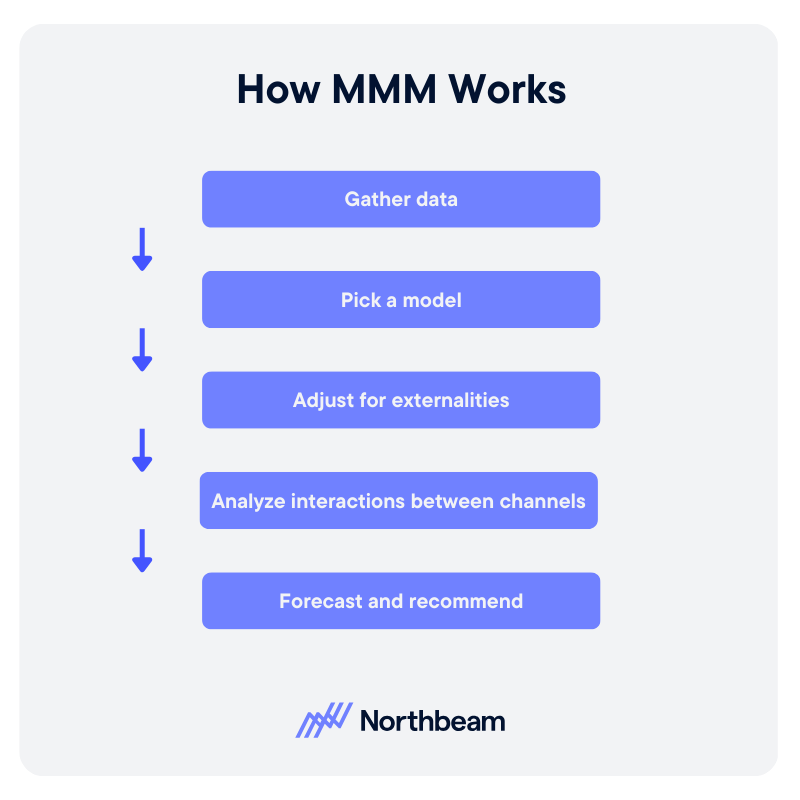

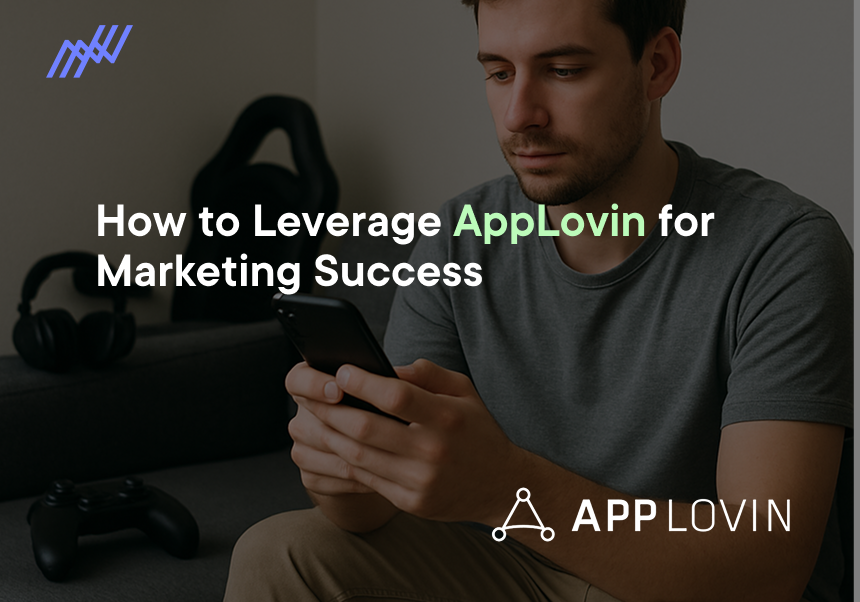

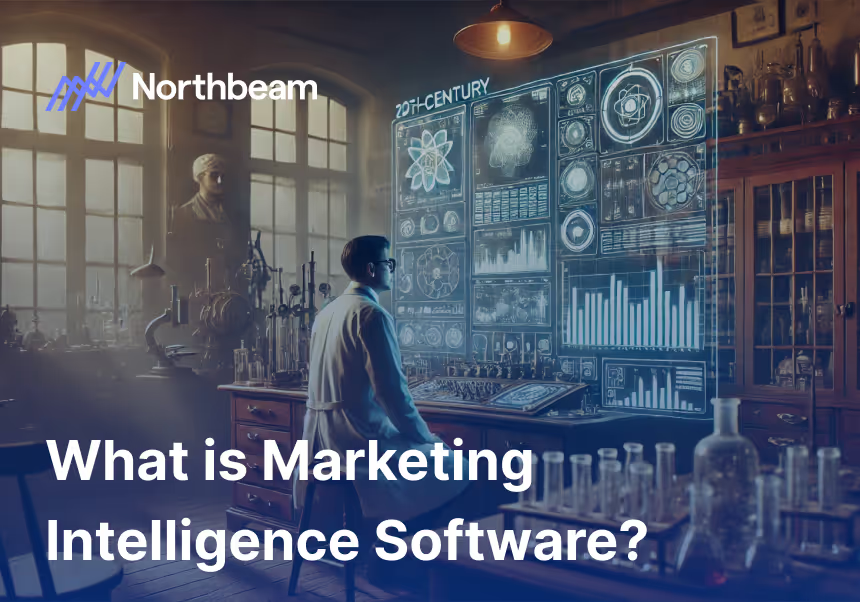
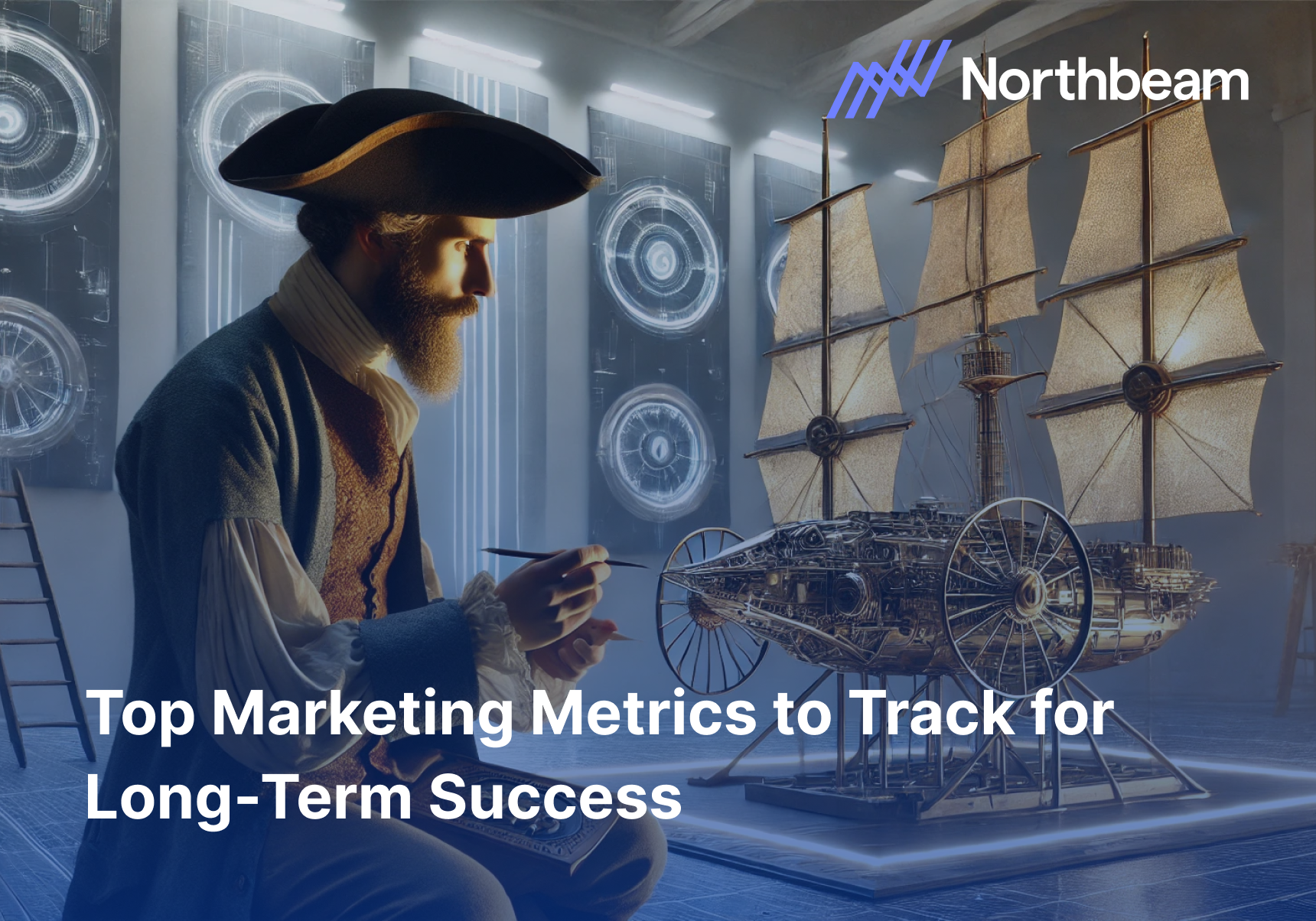

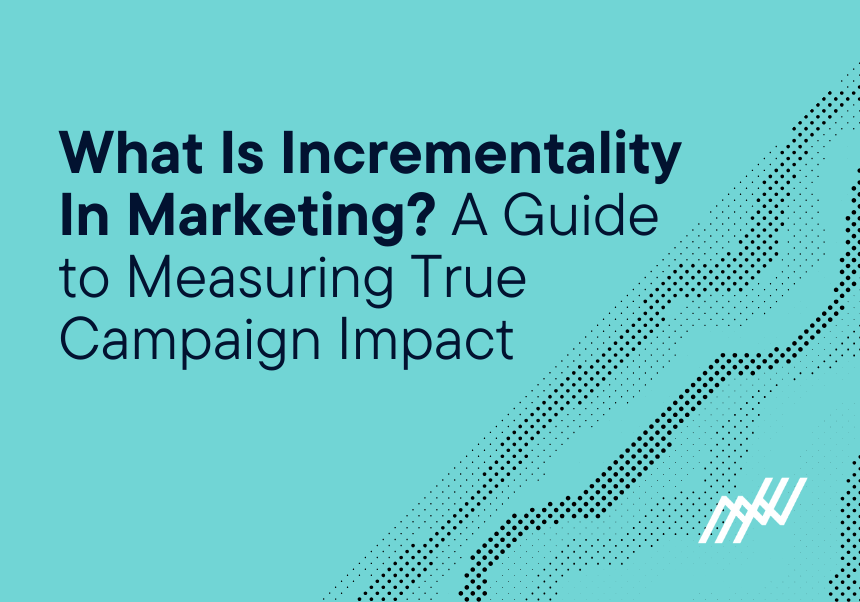

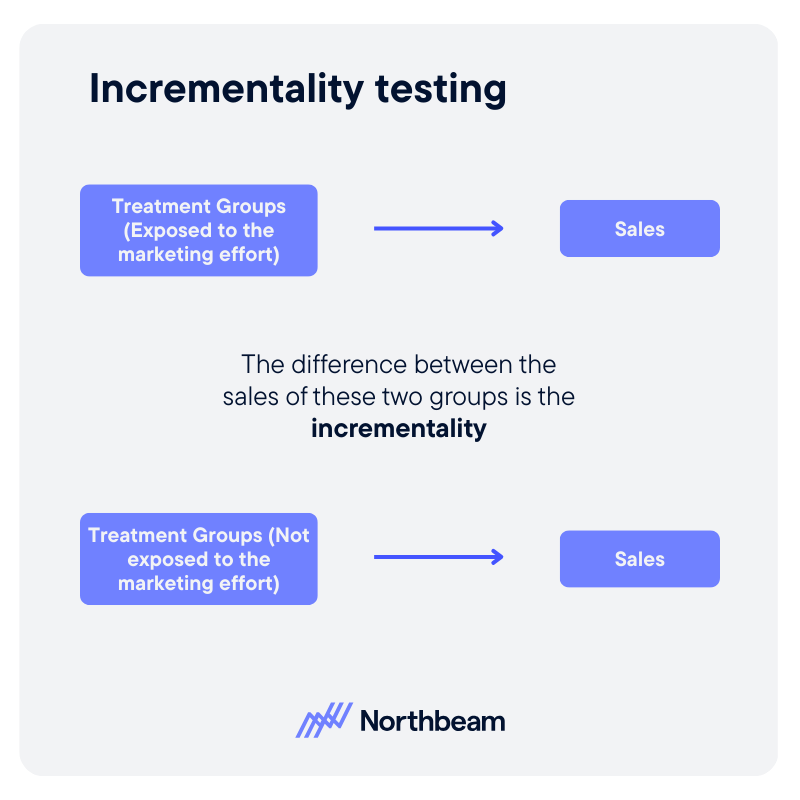
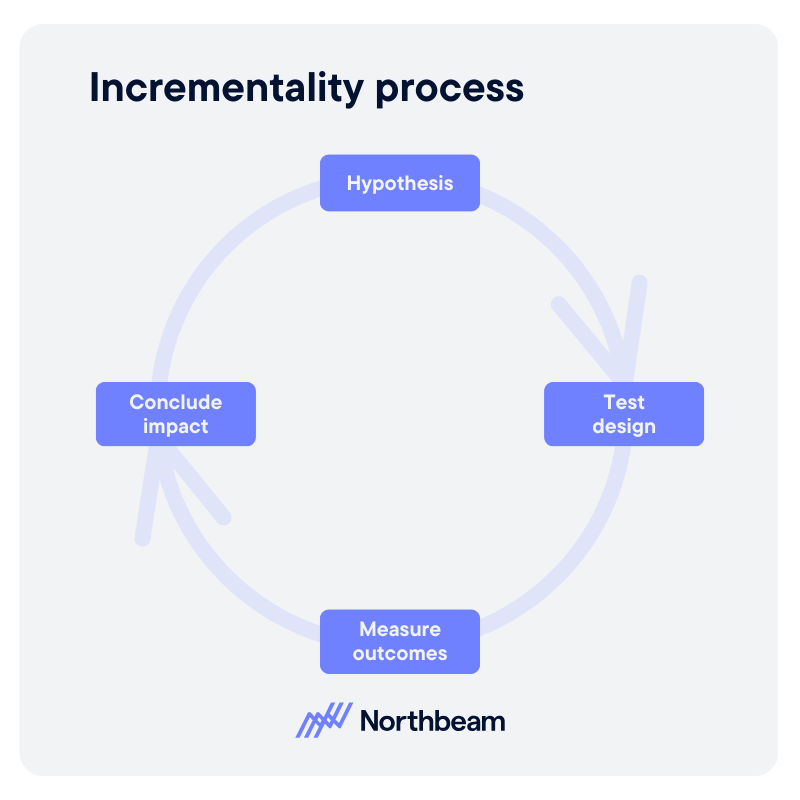
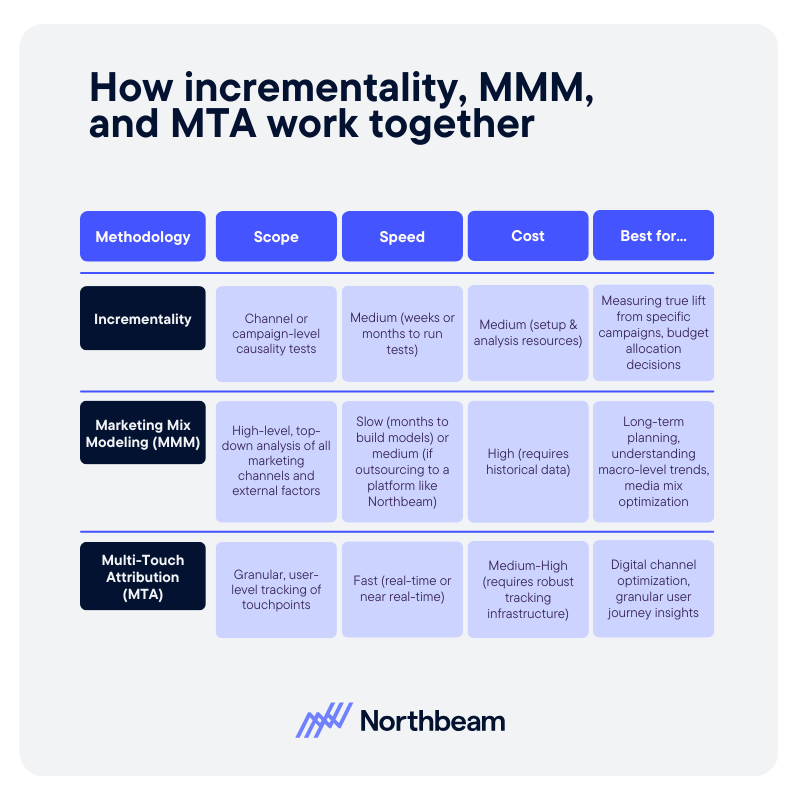
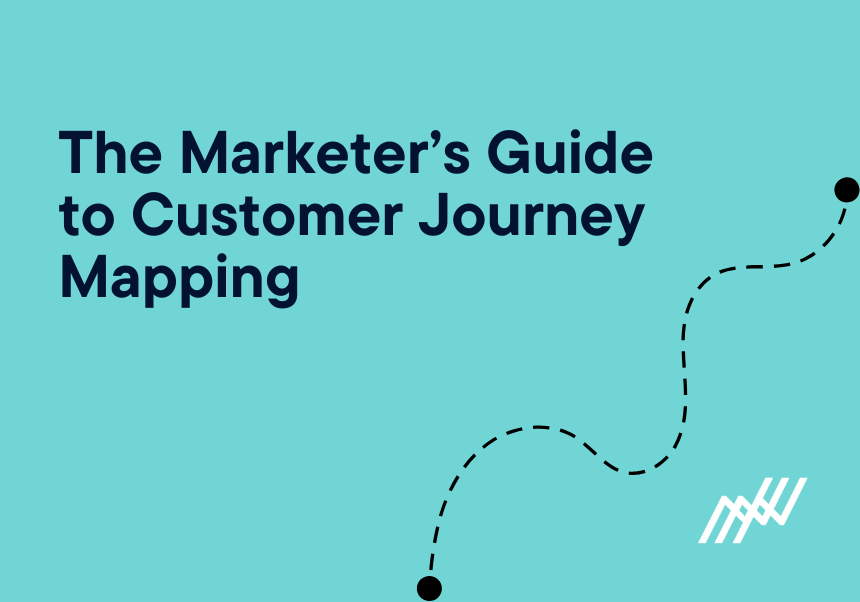
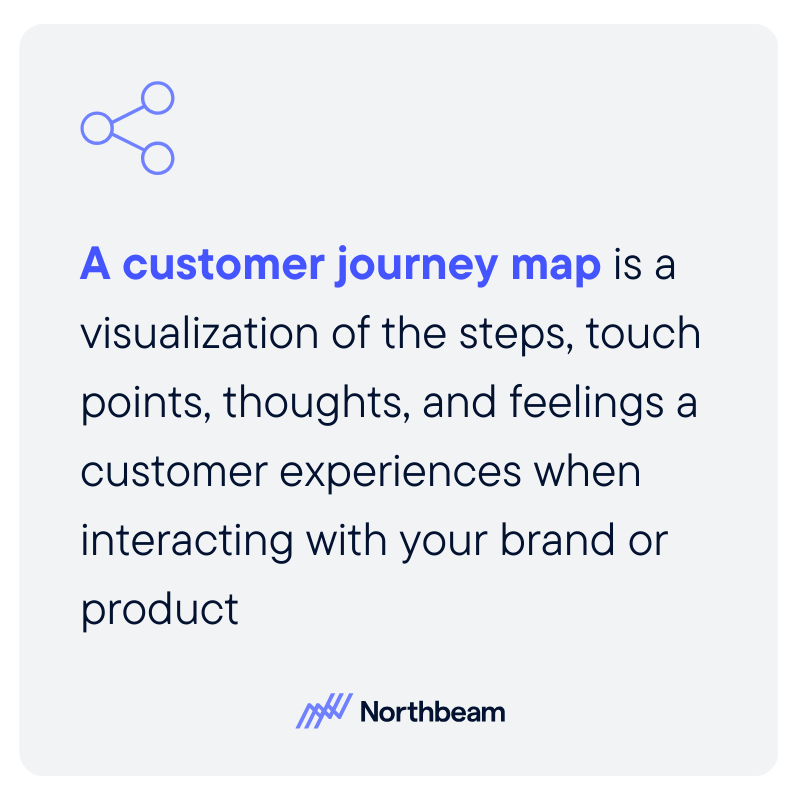
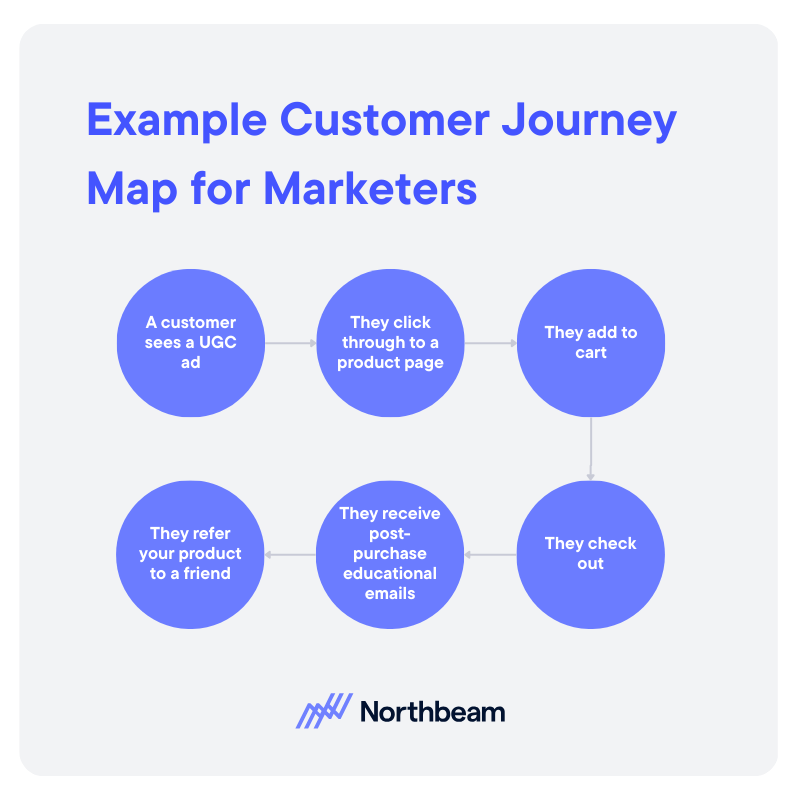
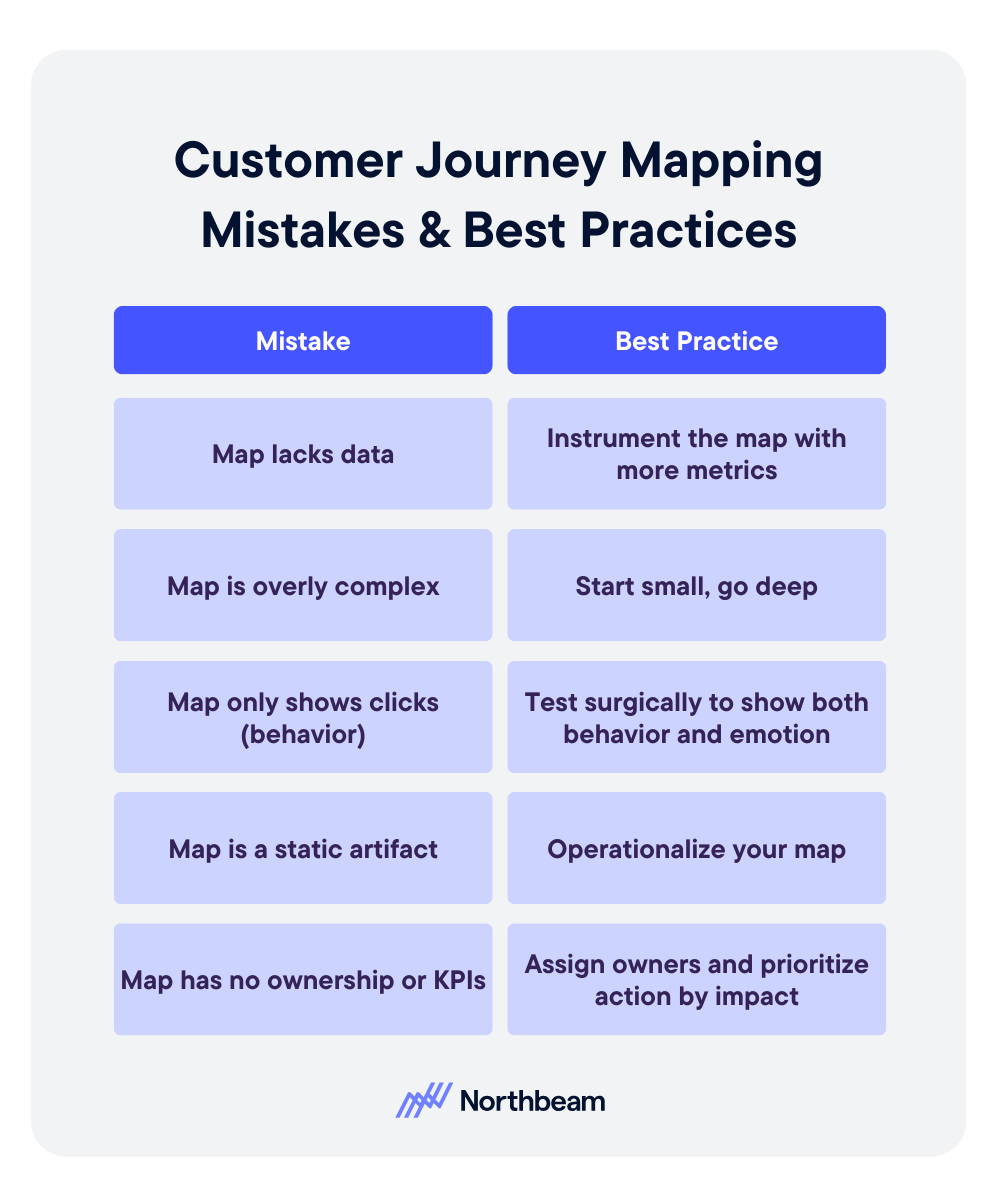


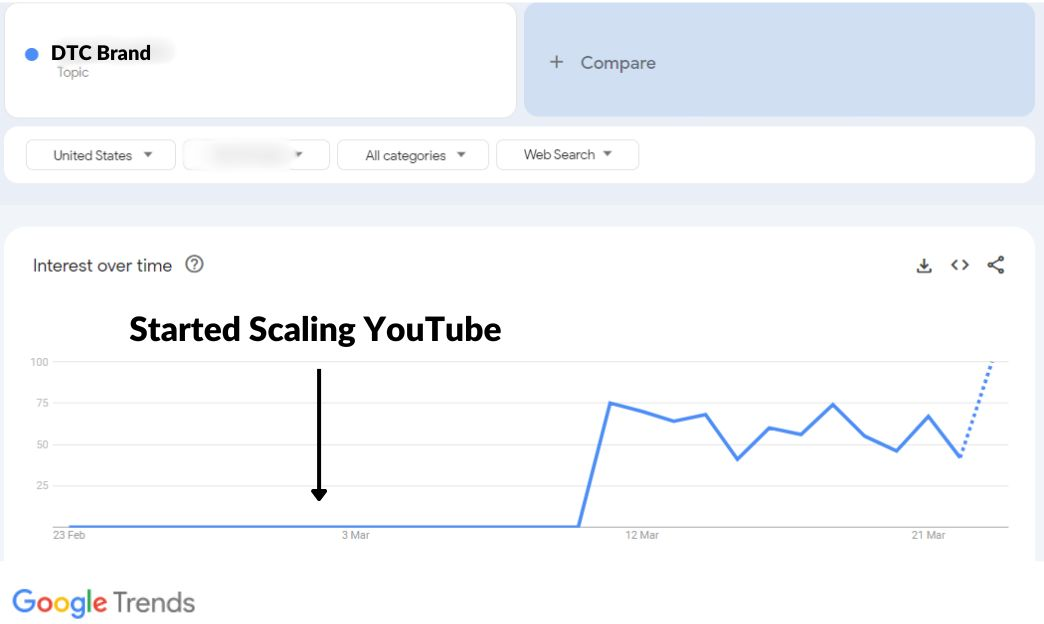
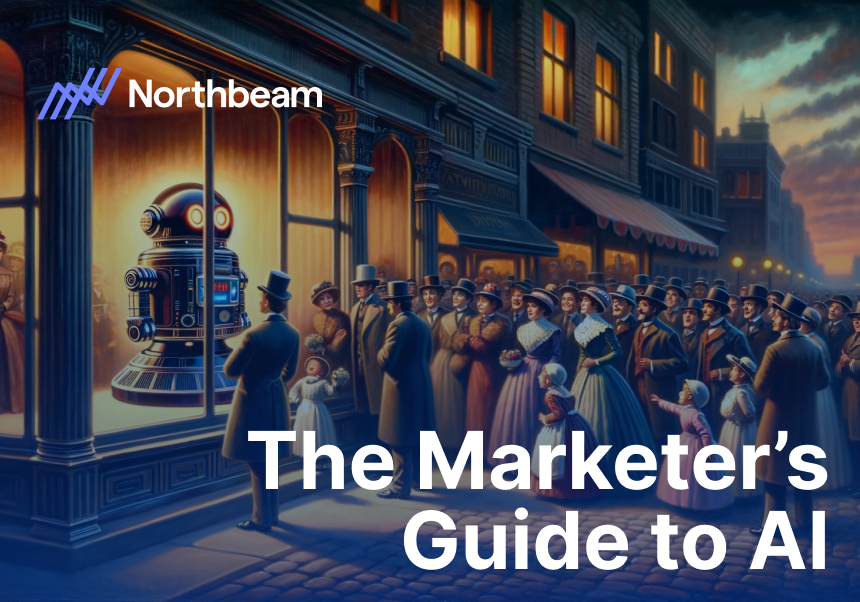

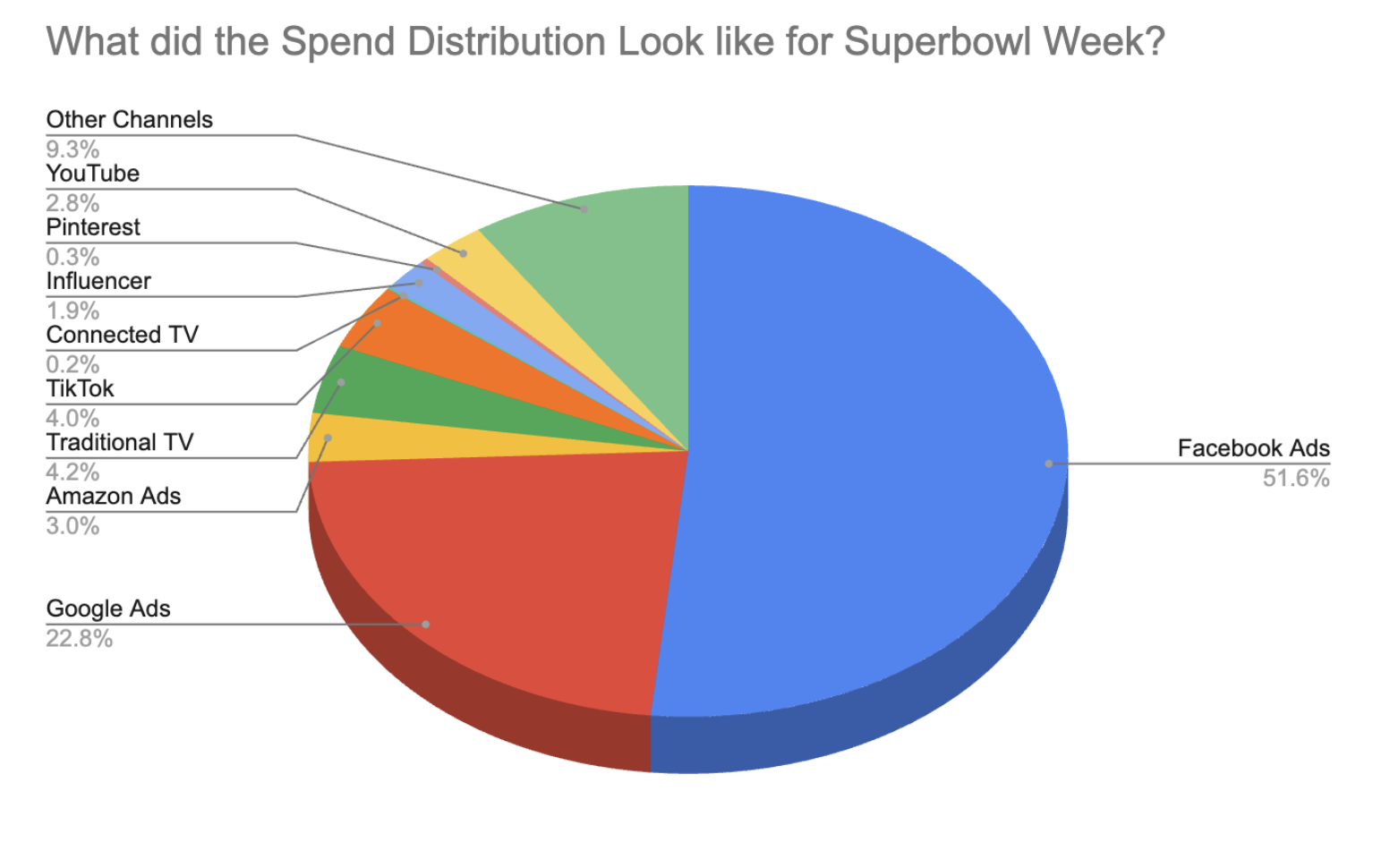



%25201.png)

.png)
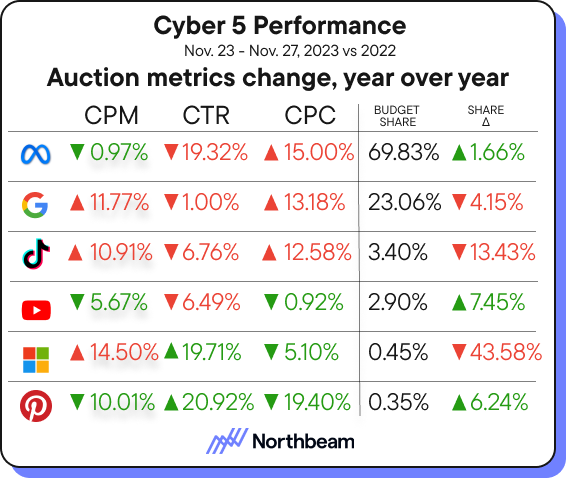
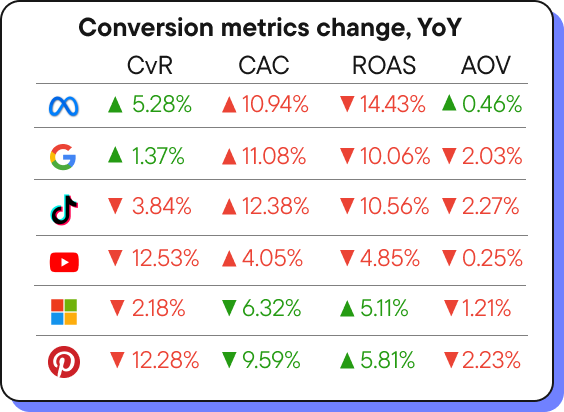
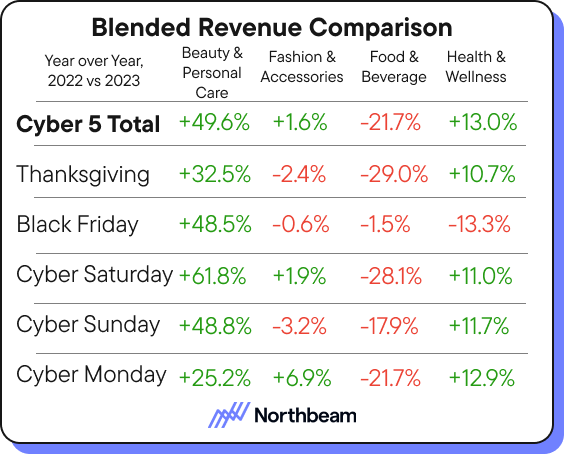
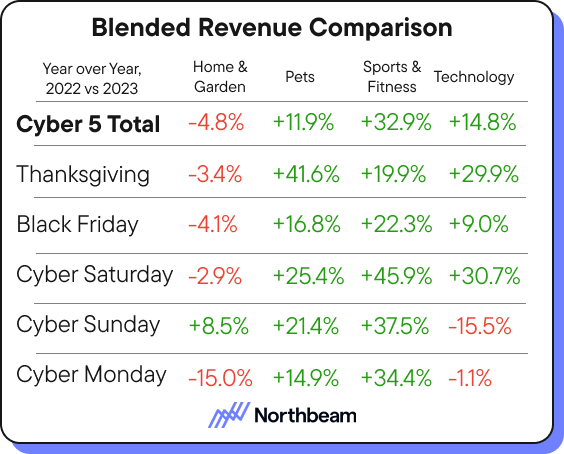
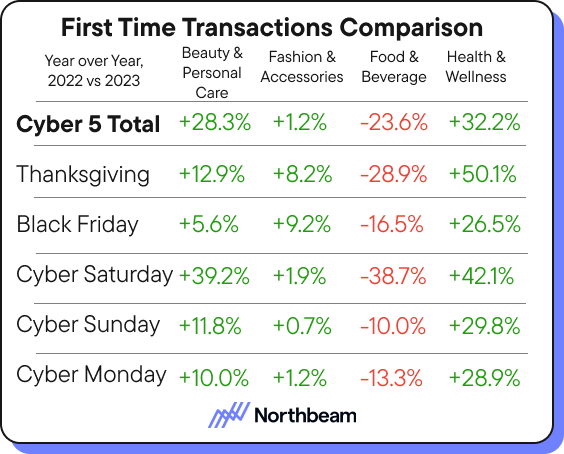
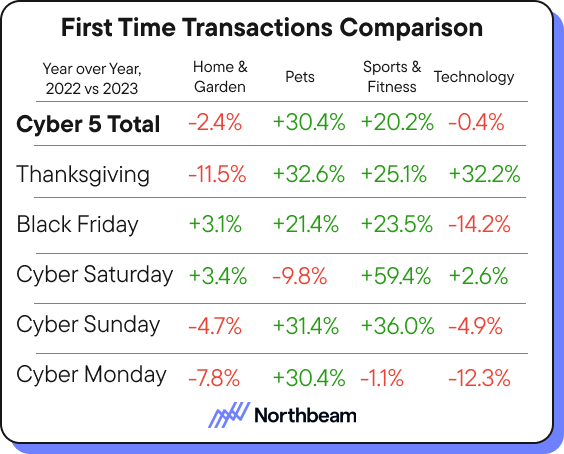

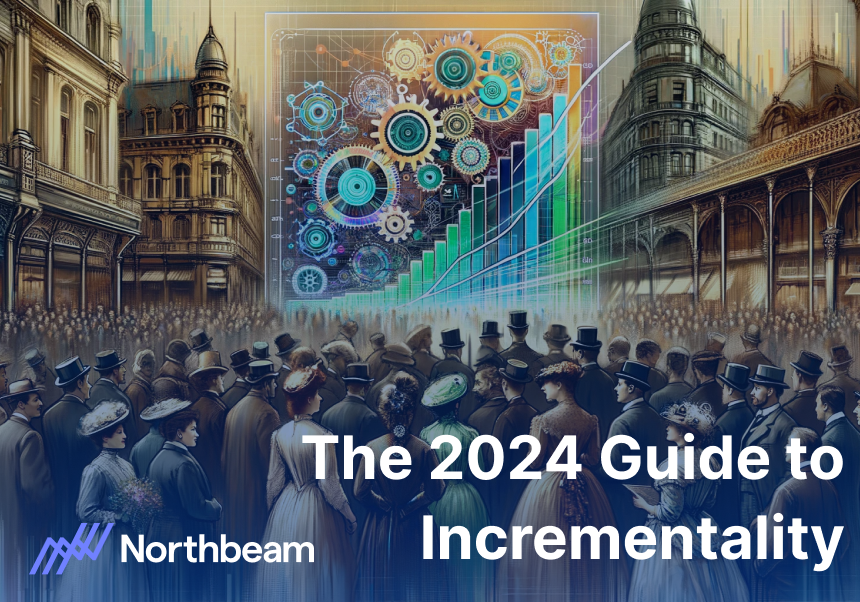
.jpeg)

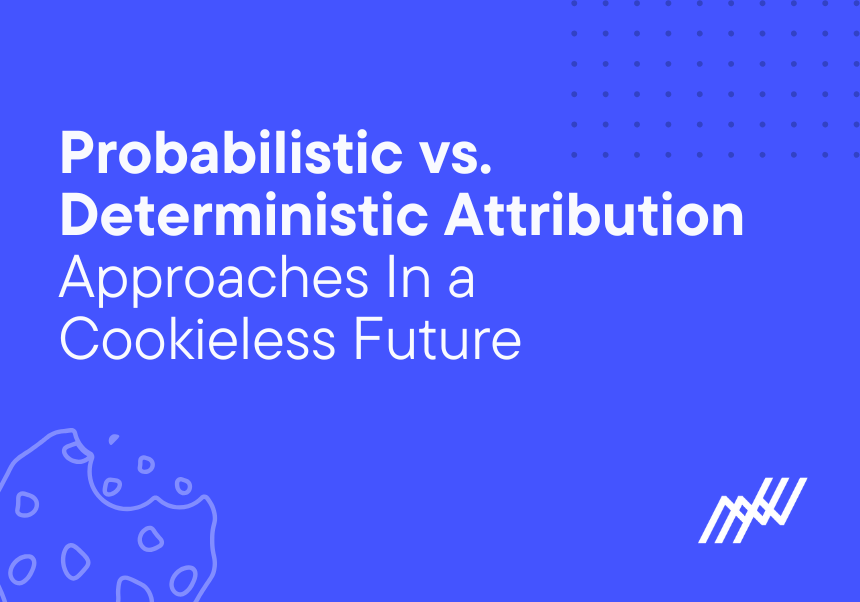
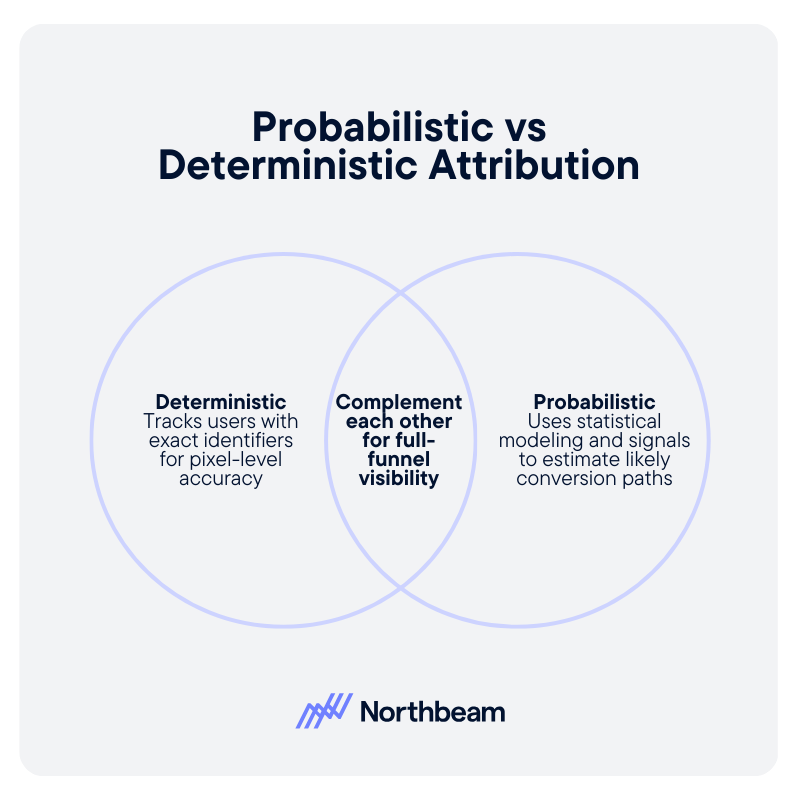
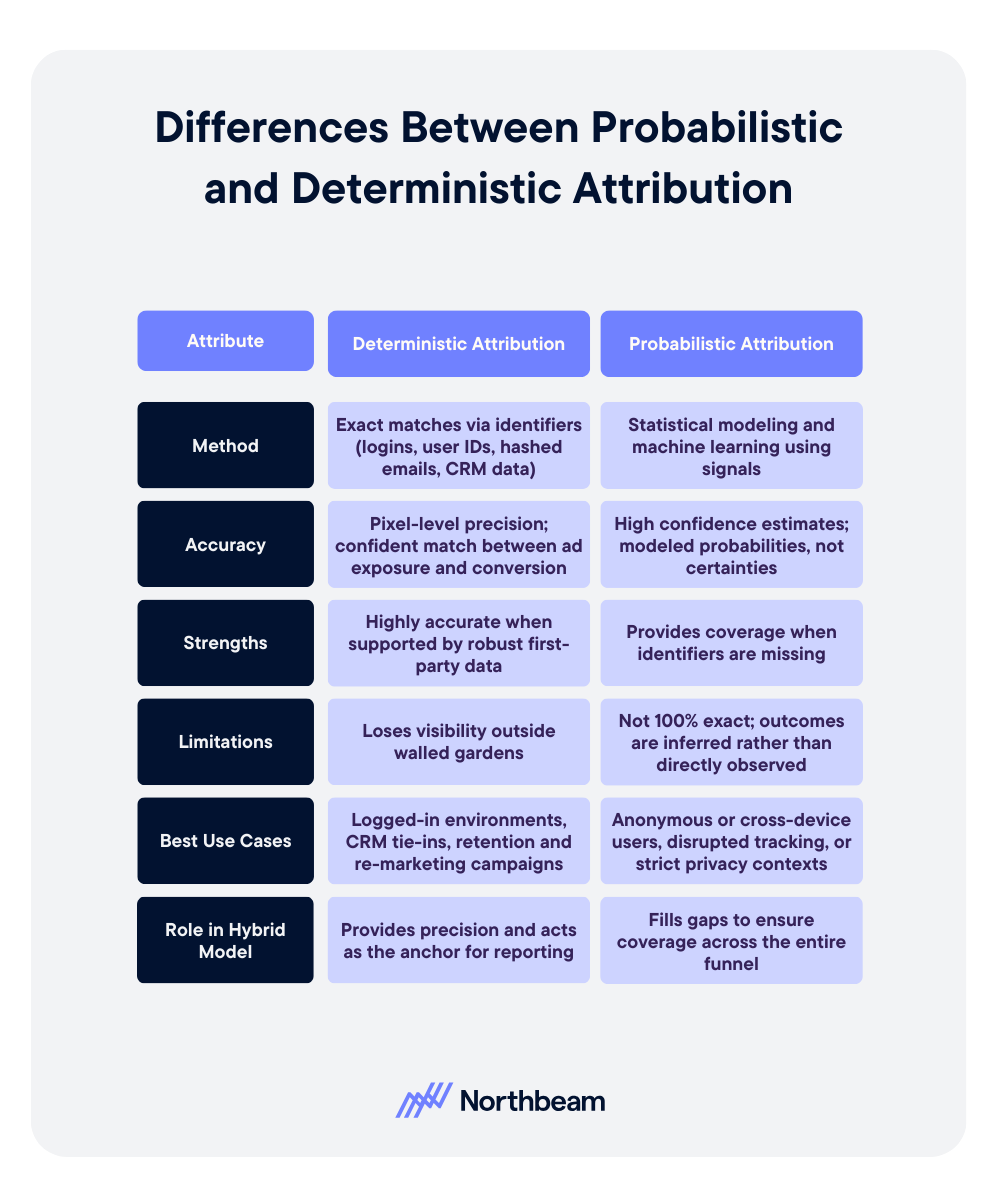
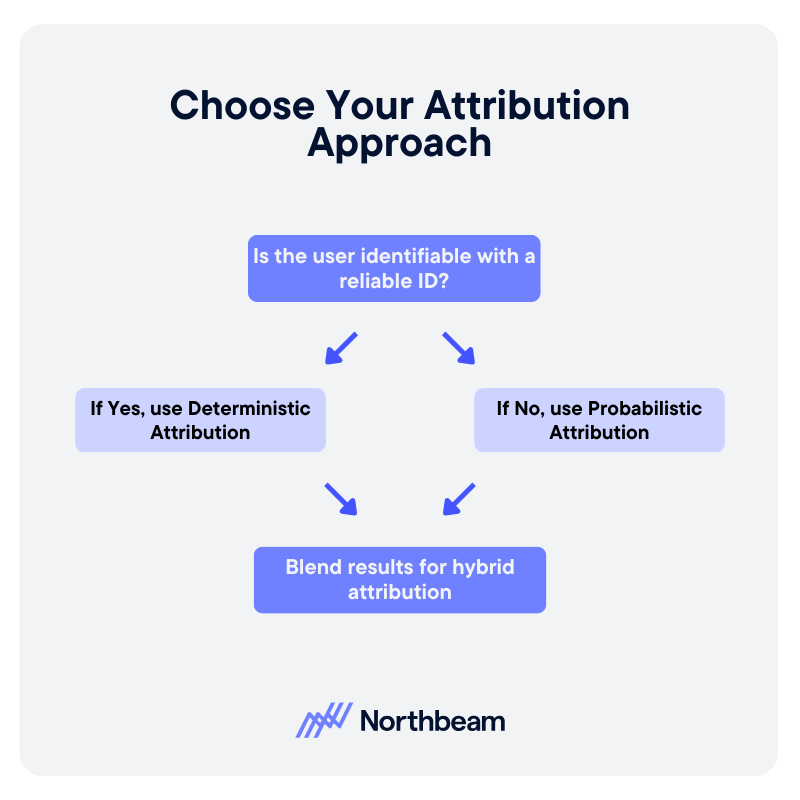




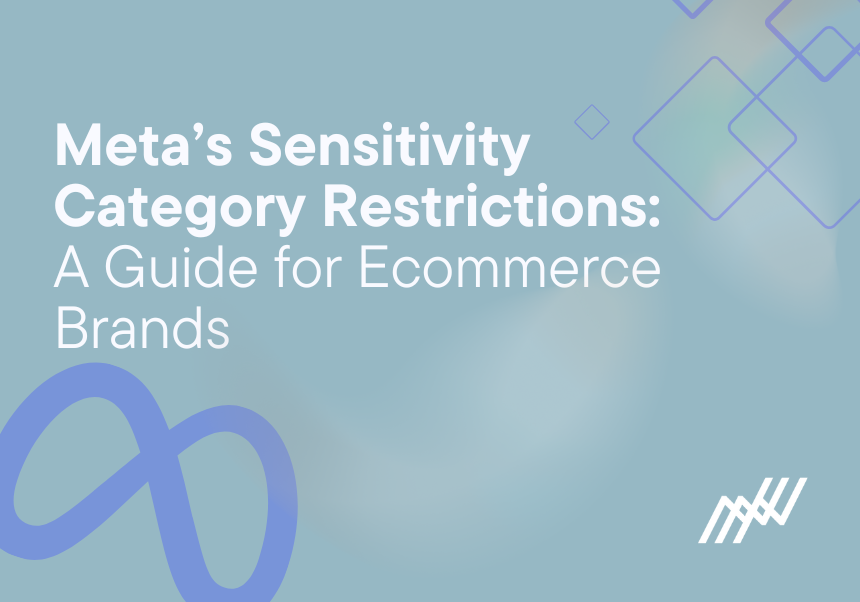
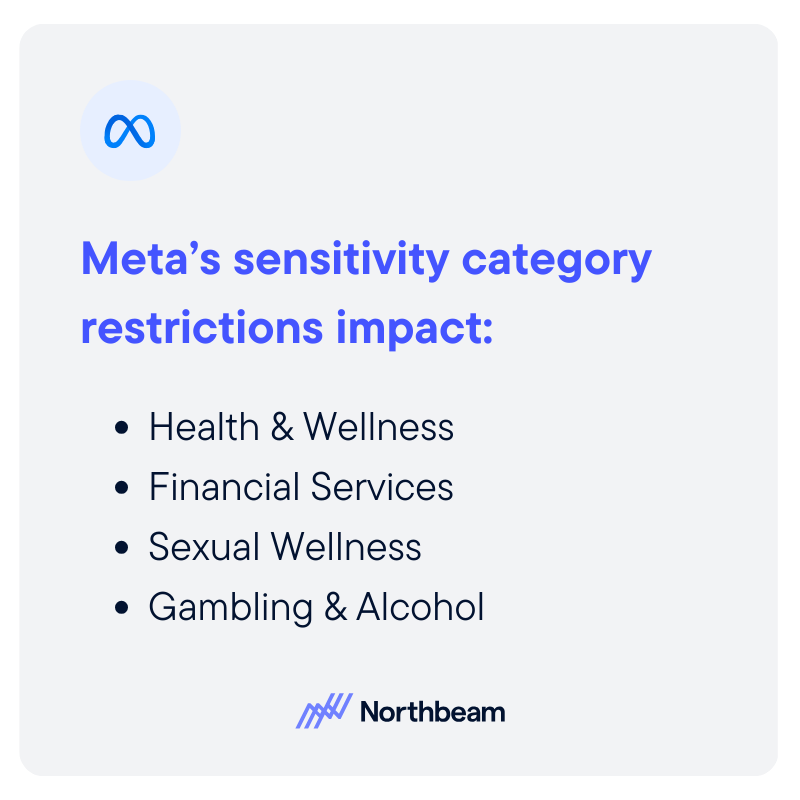
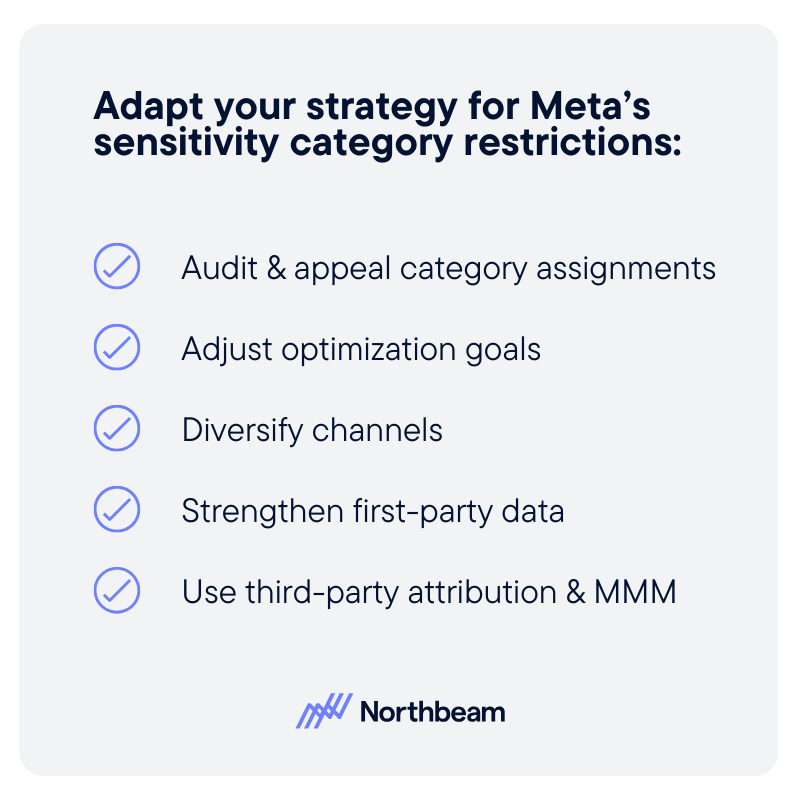

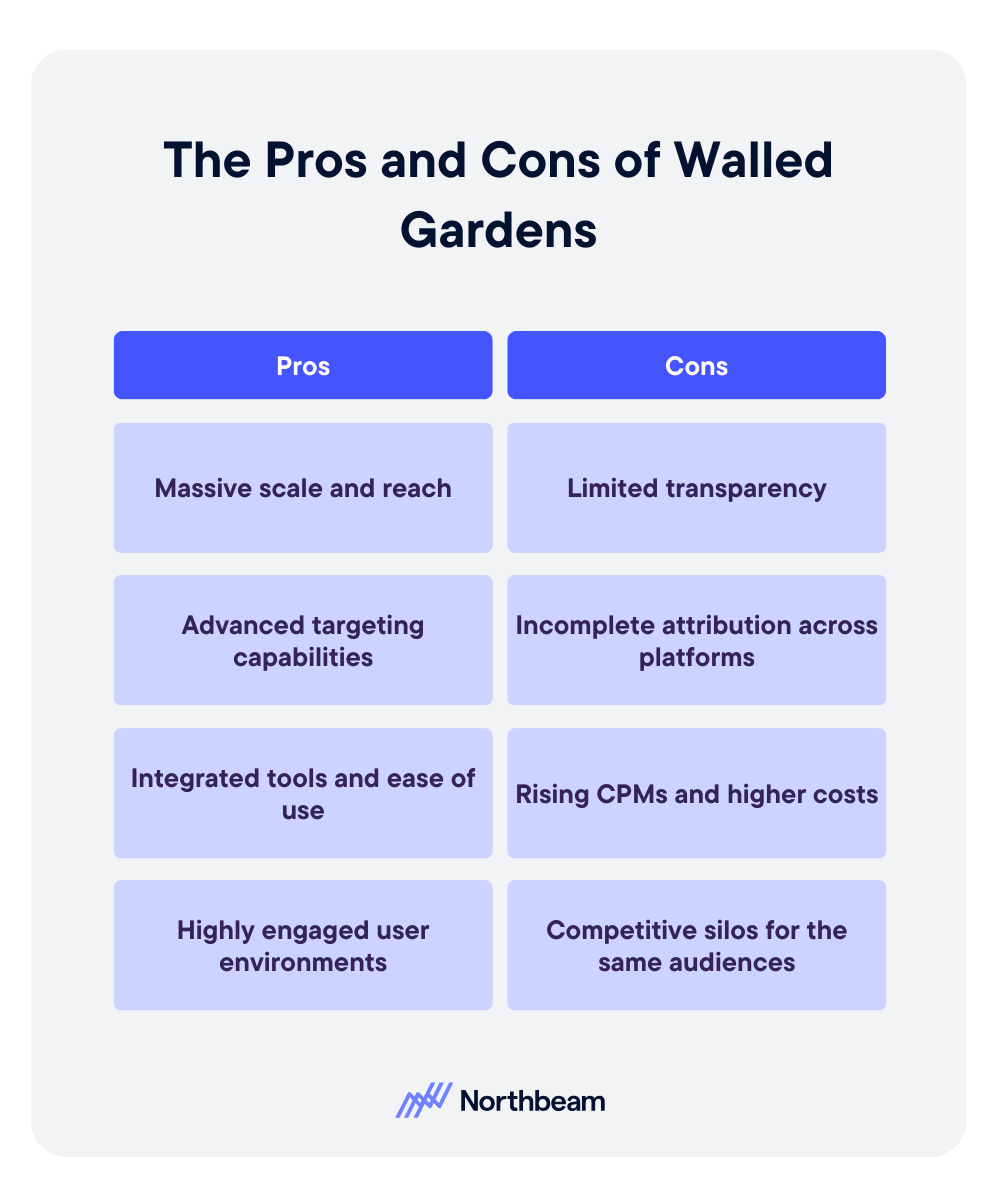
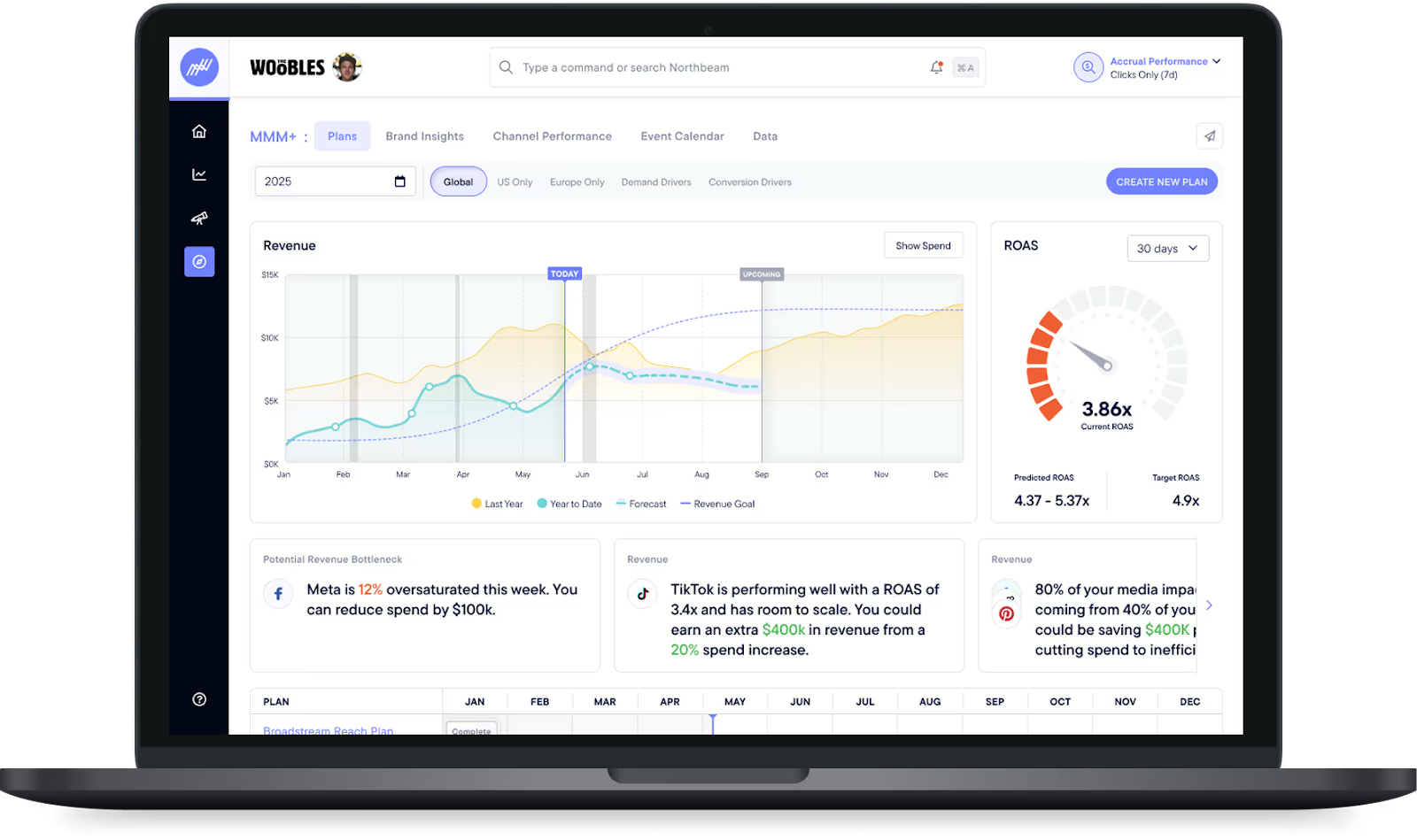
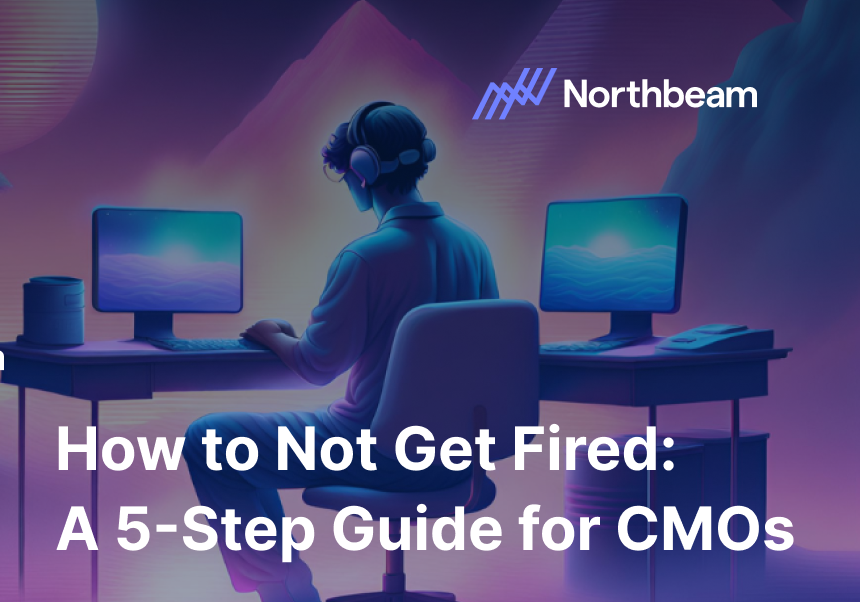
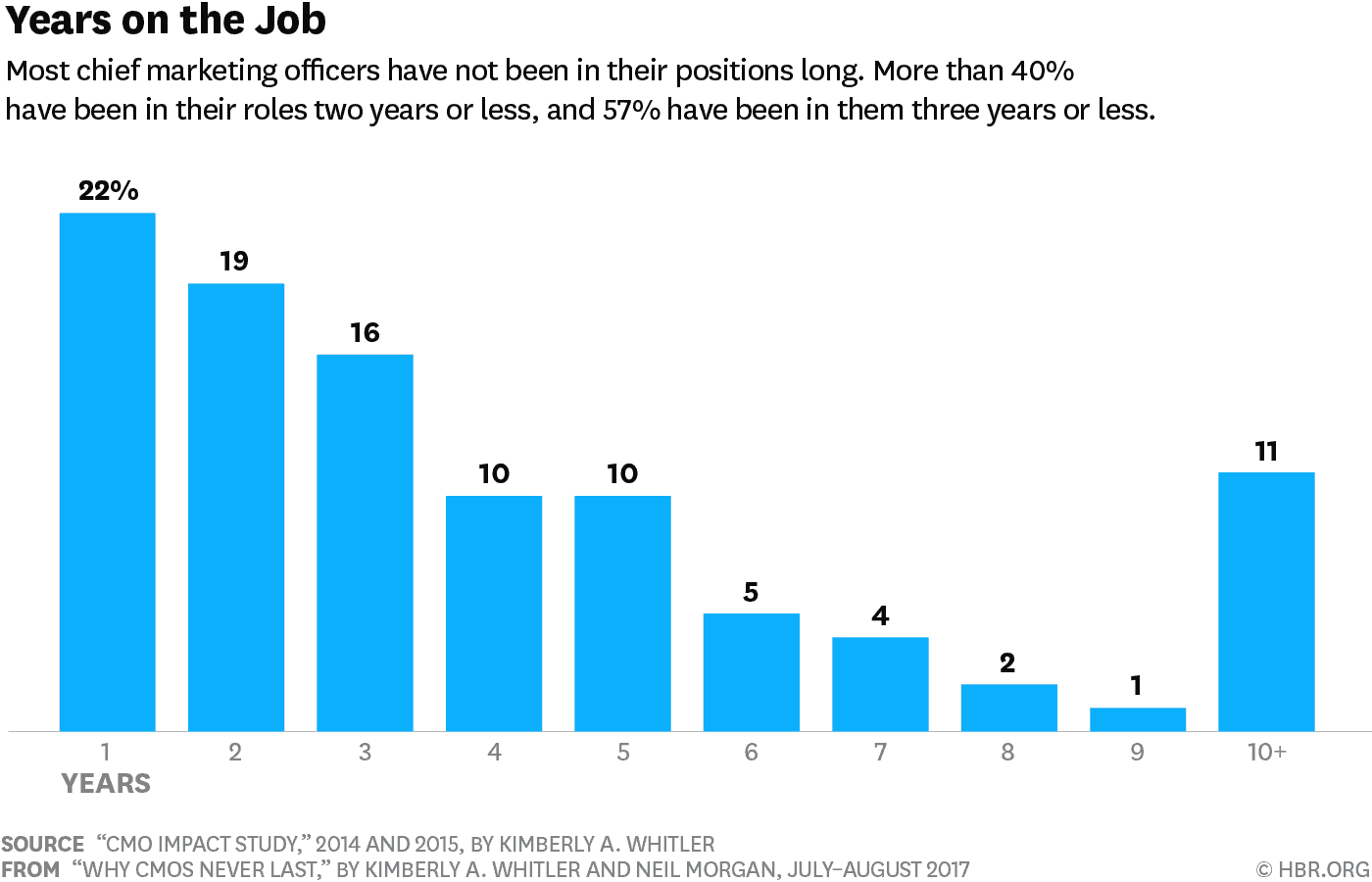
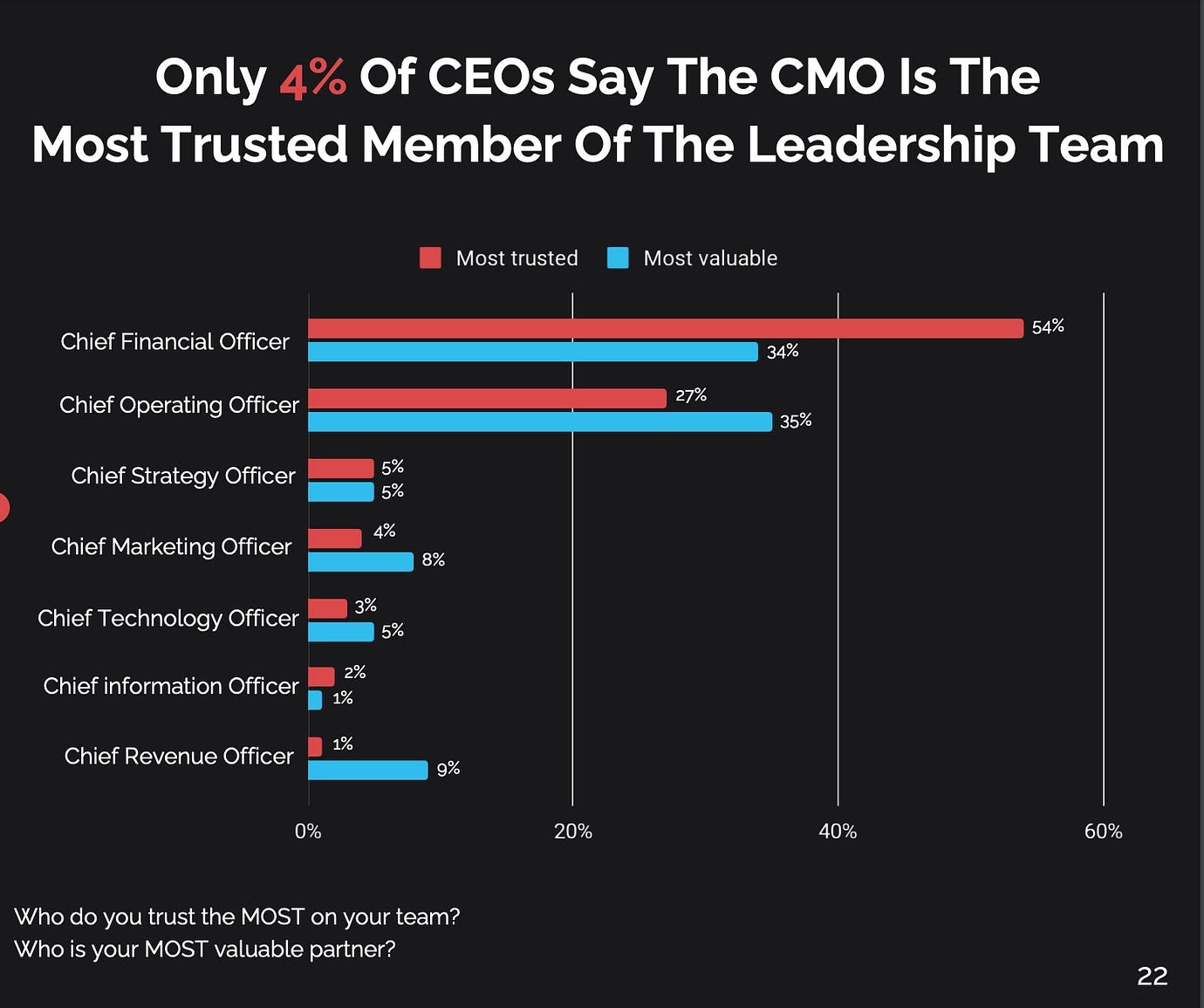

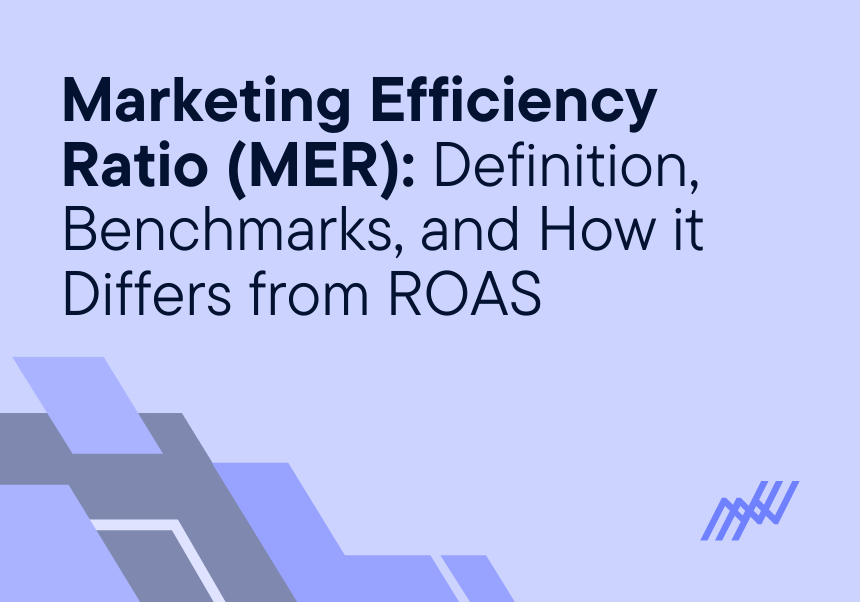
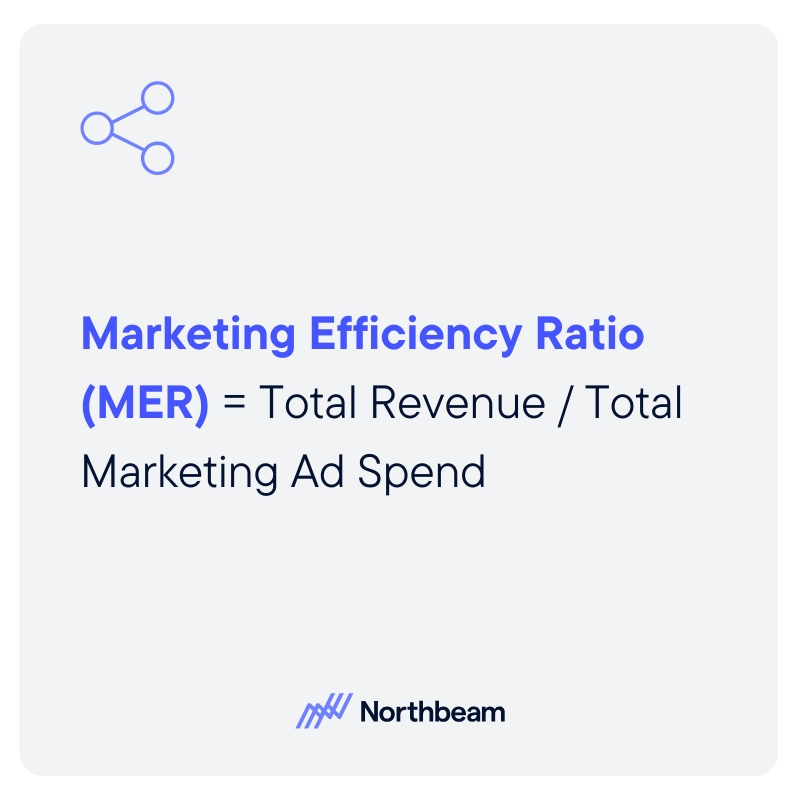

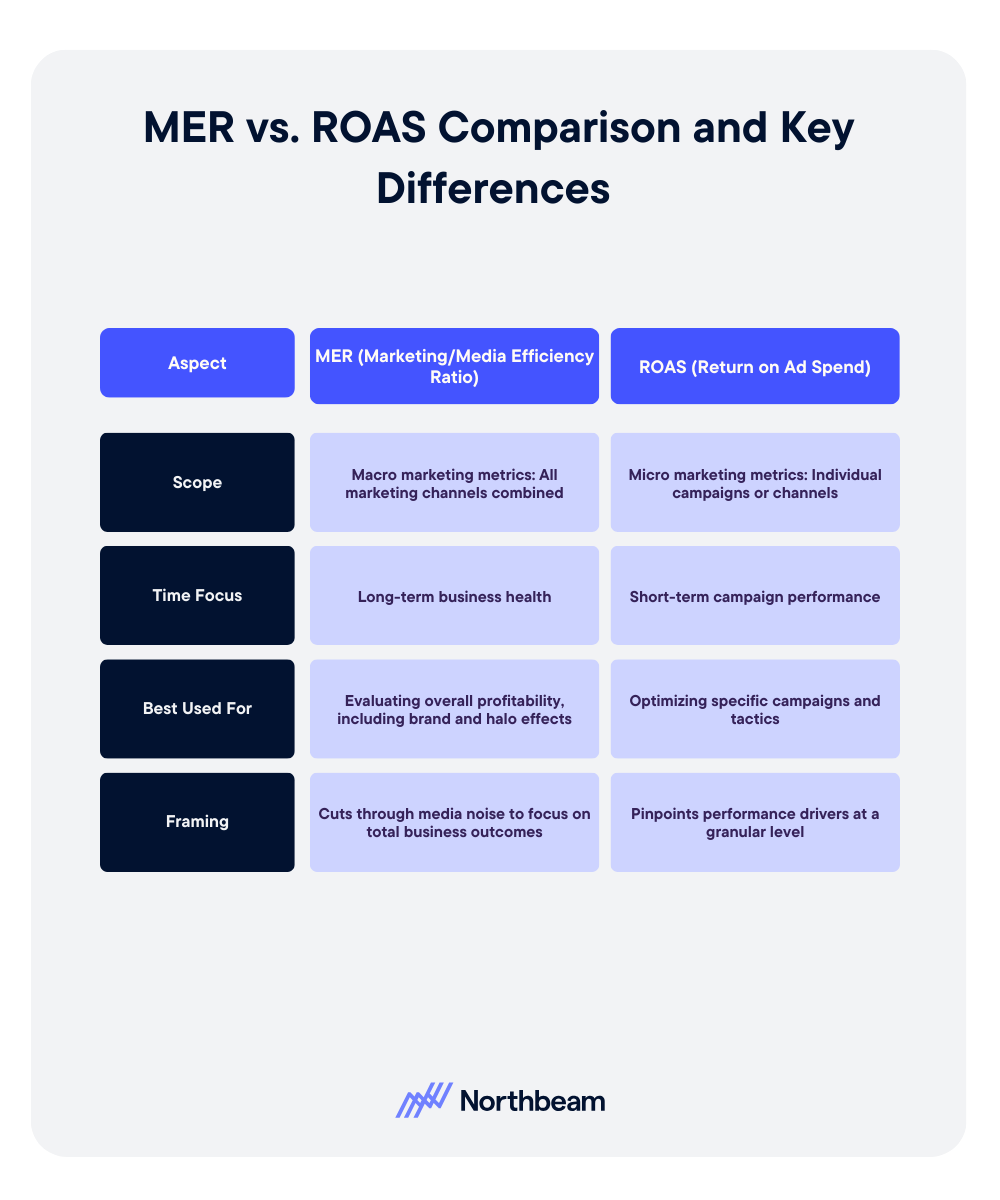







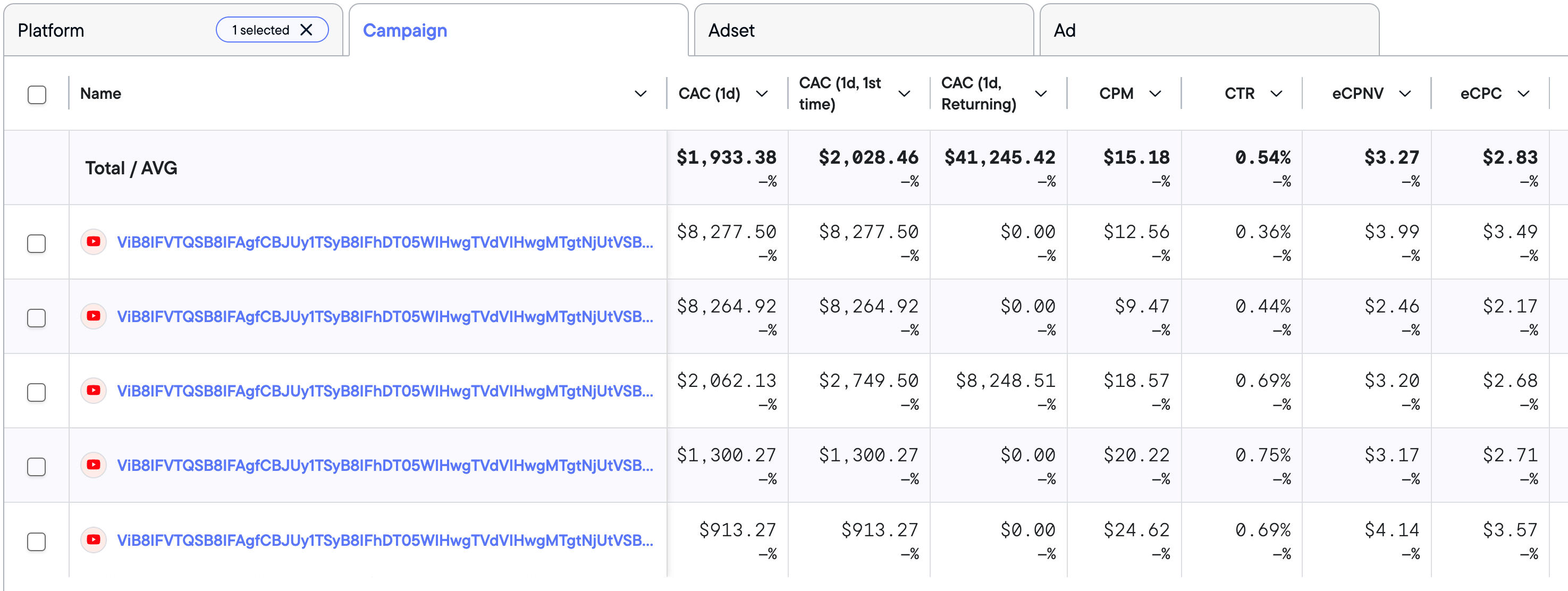

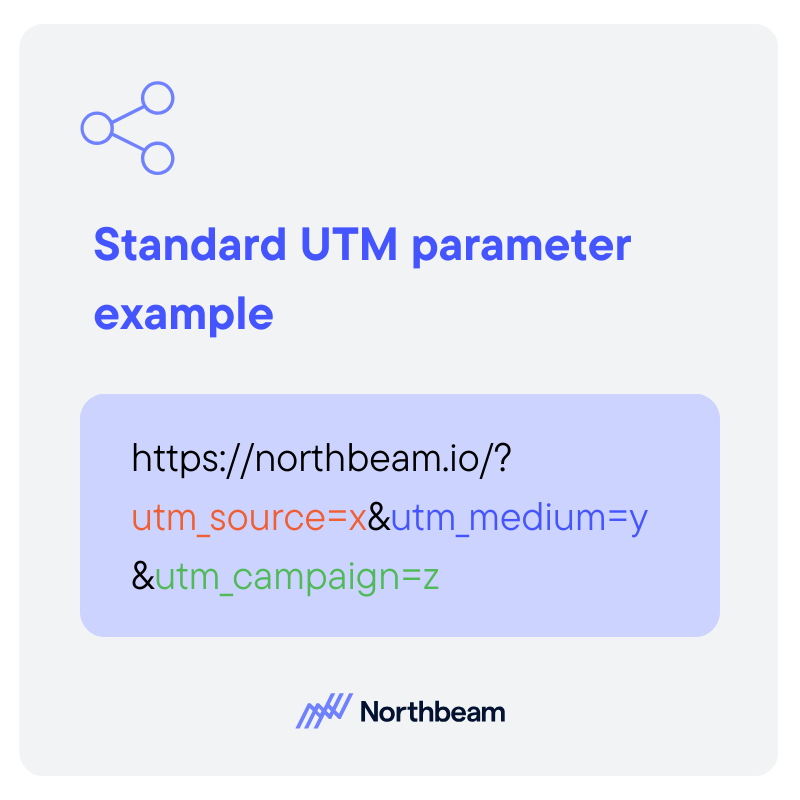
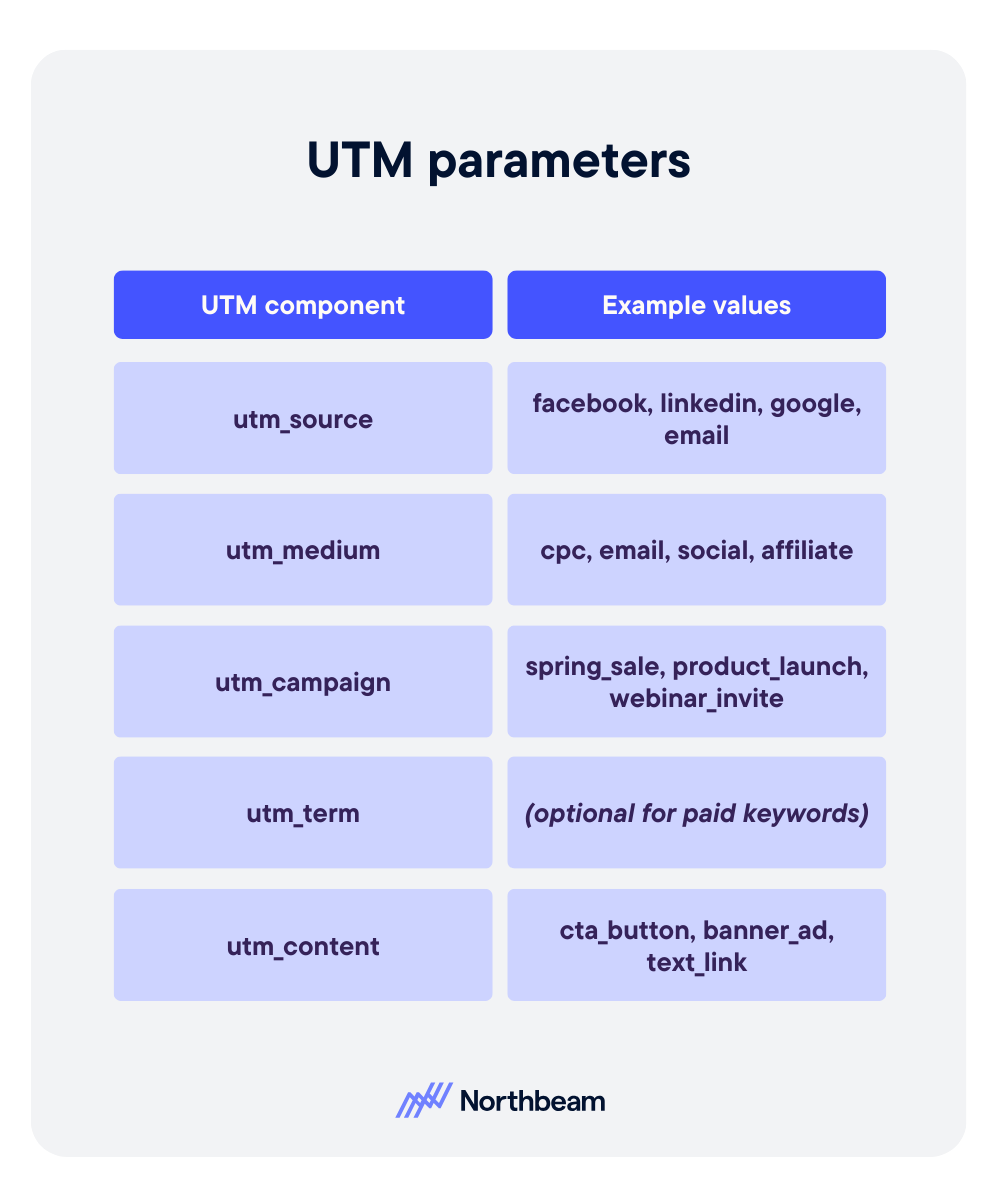
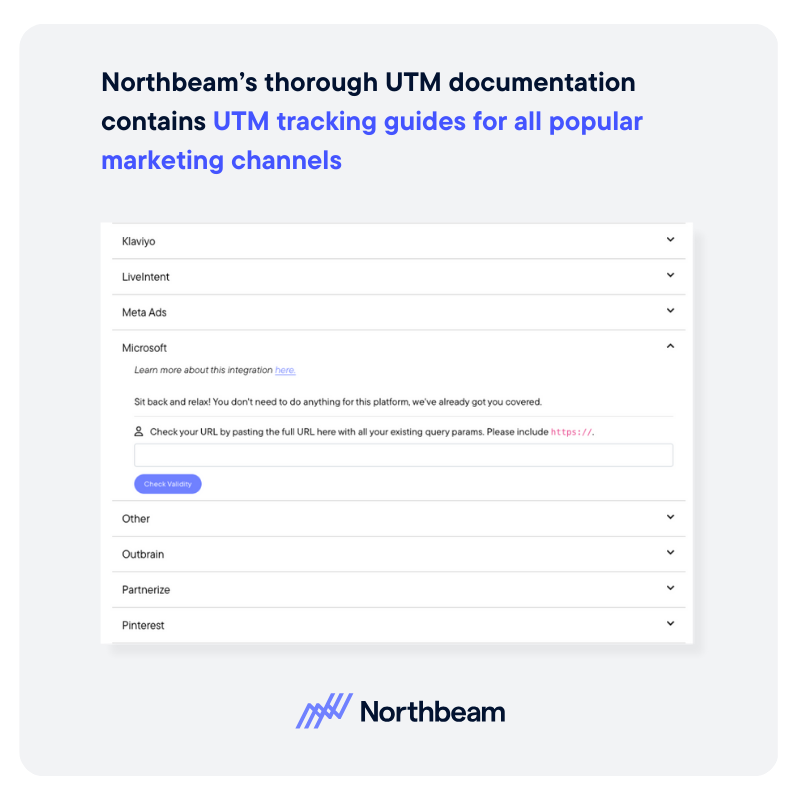

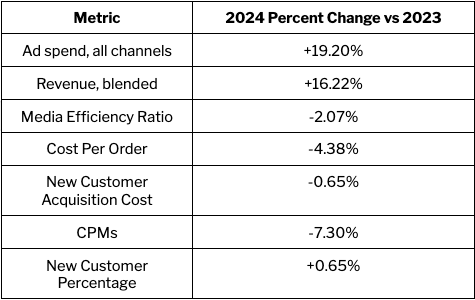
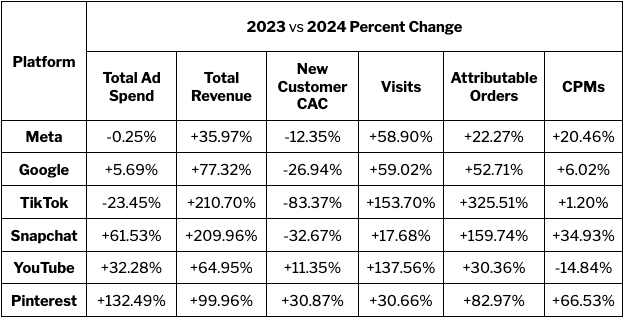
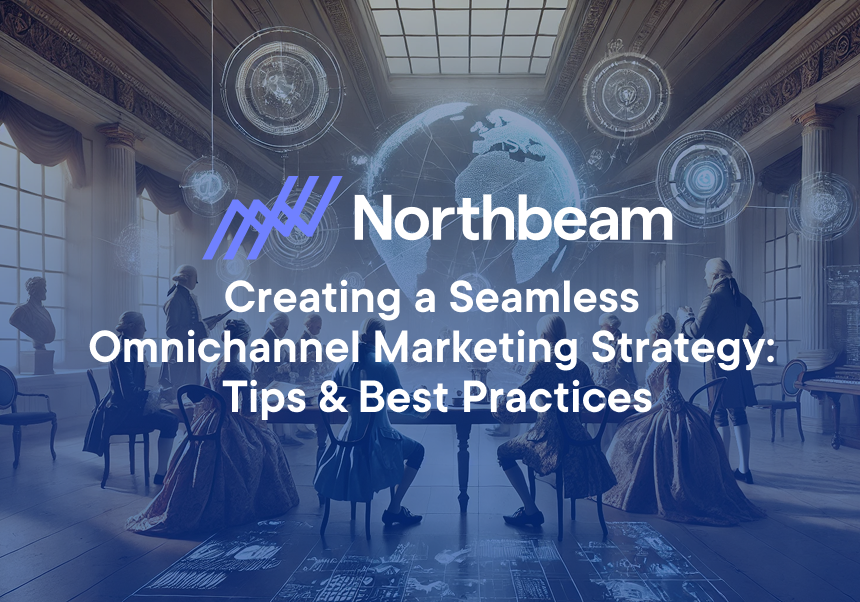
.png)
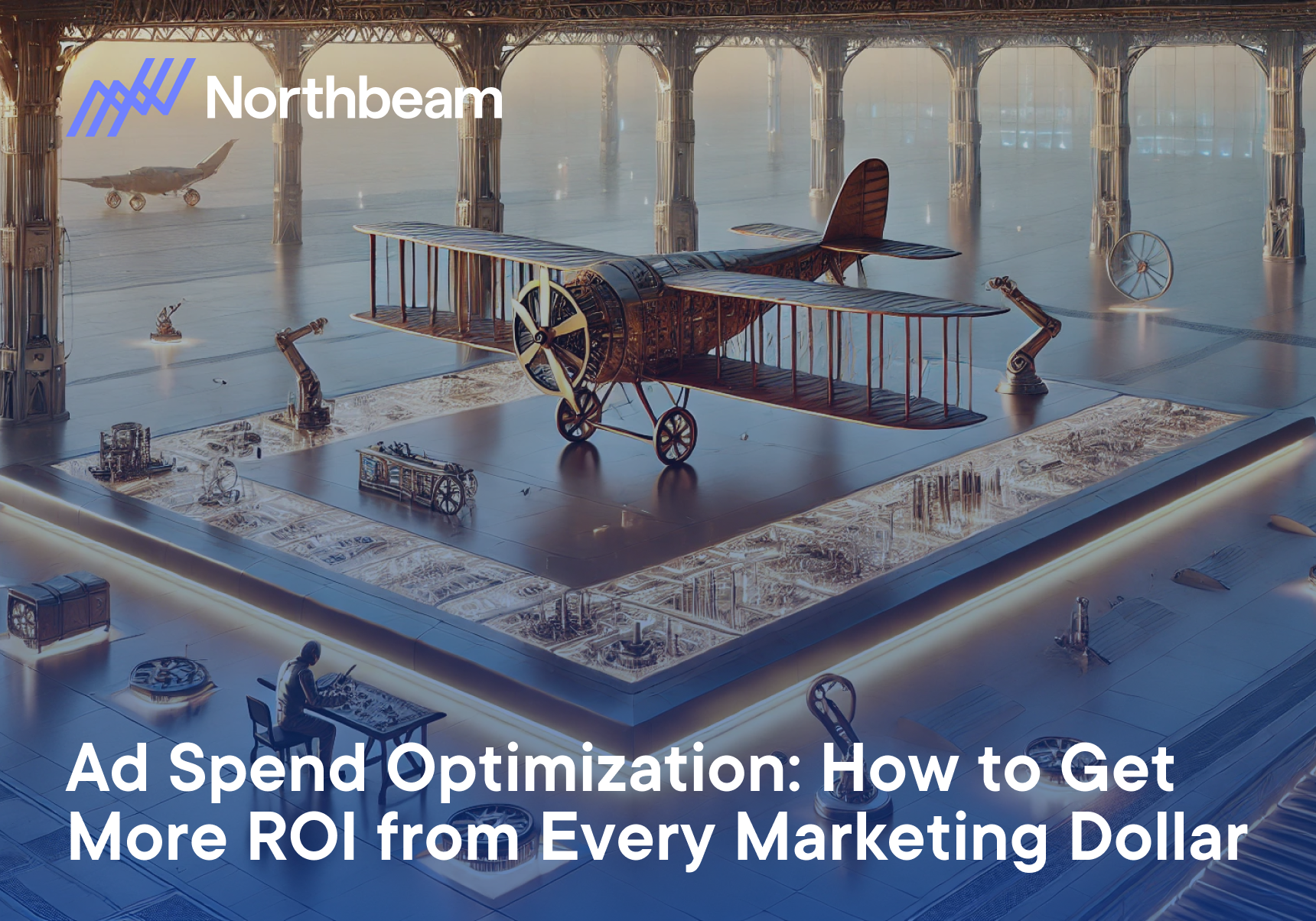
.png)

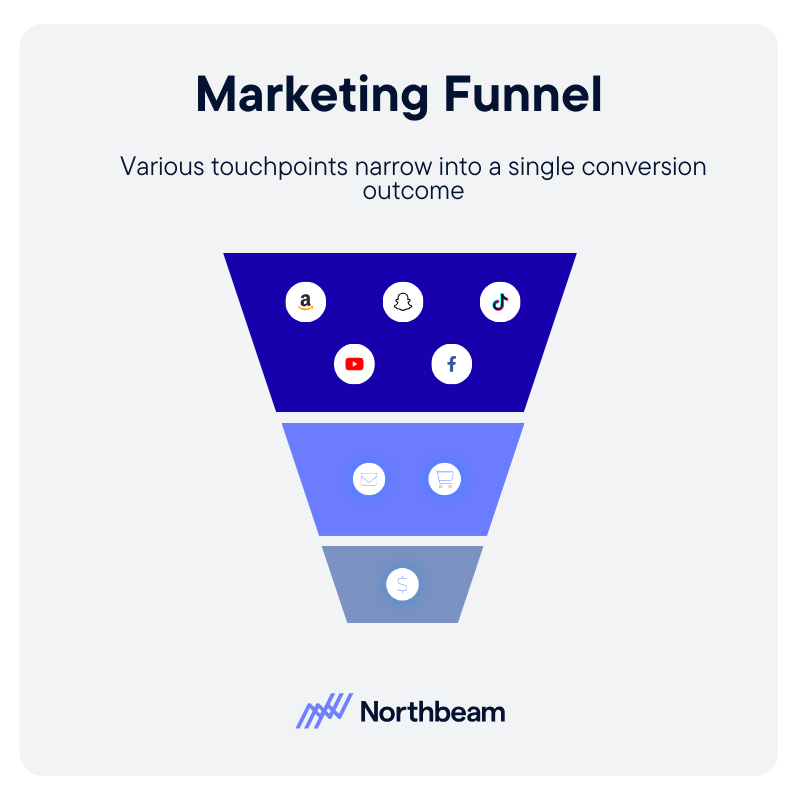
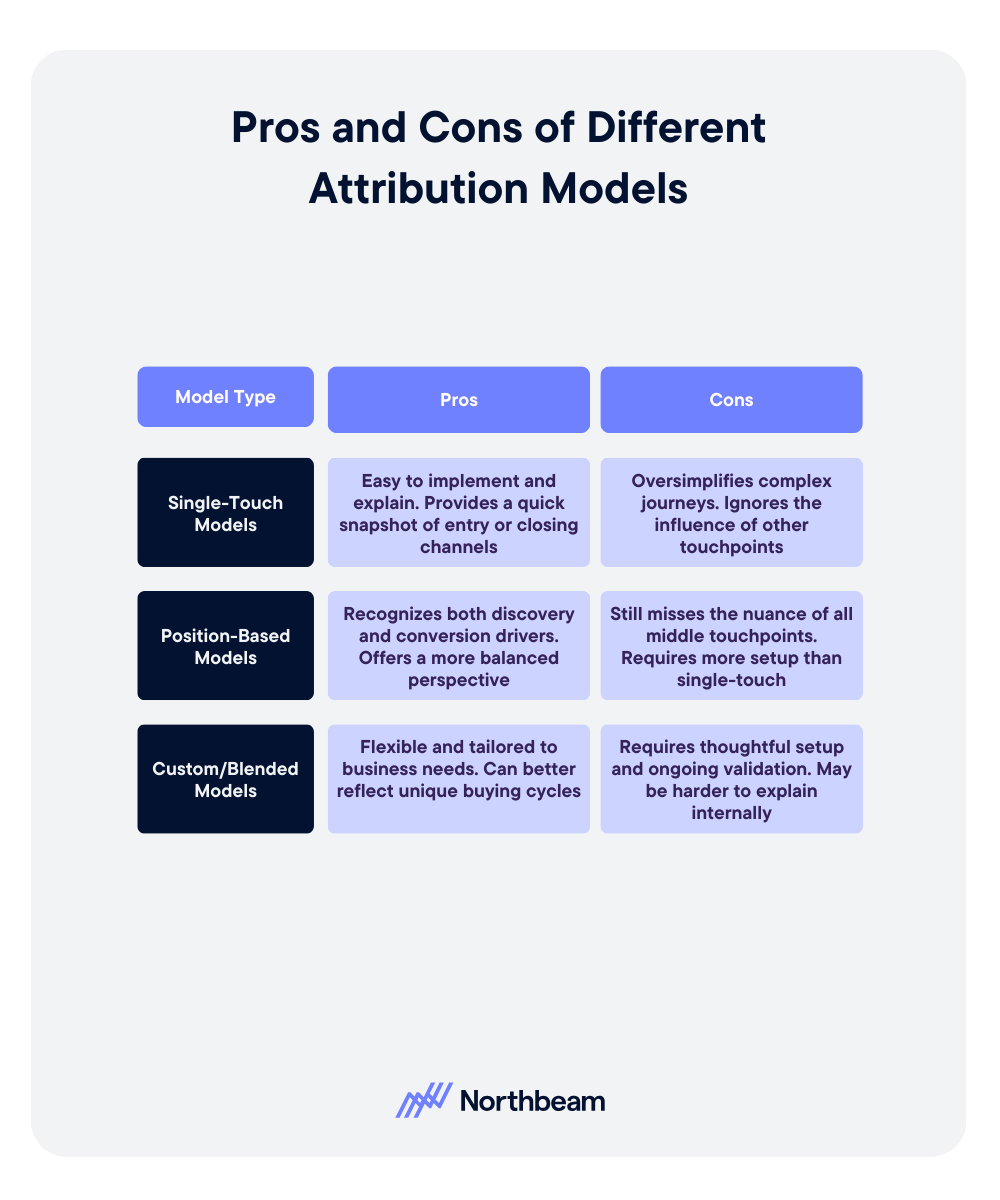



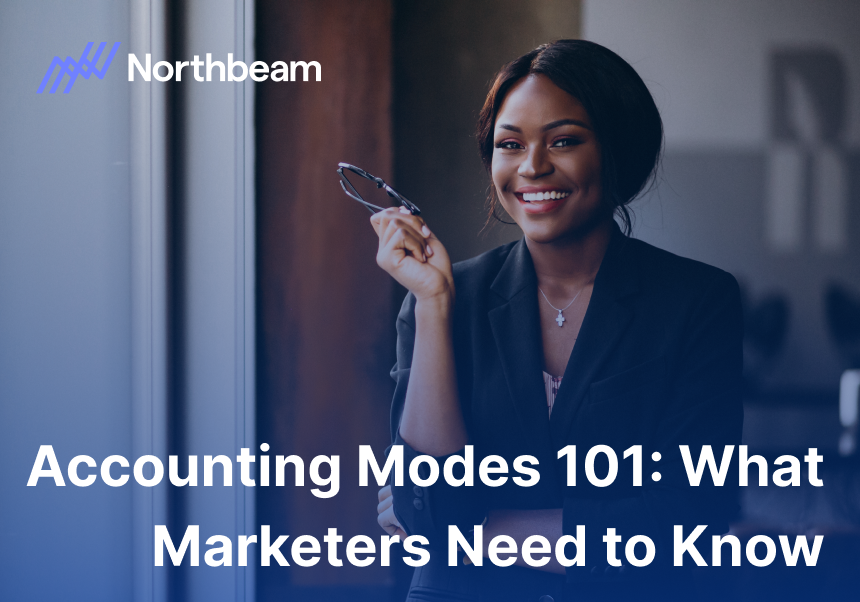
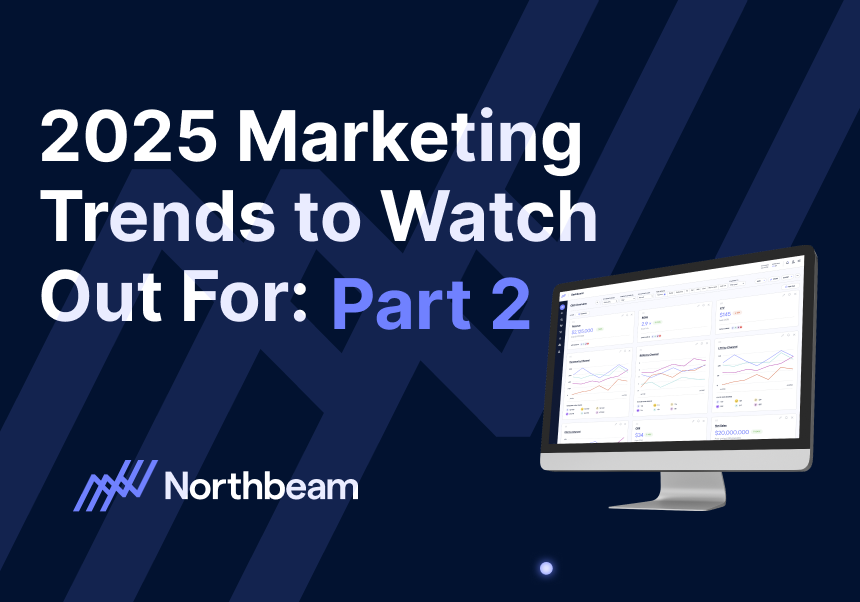
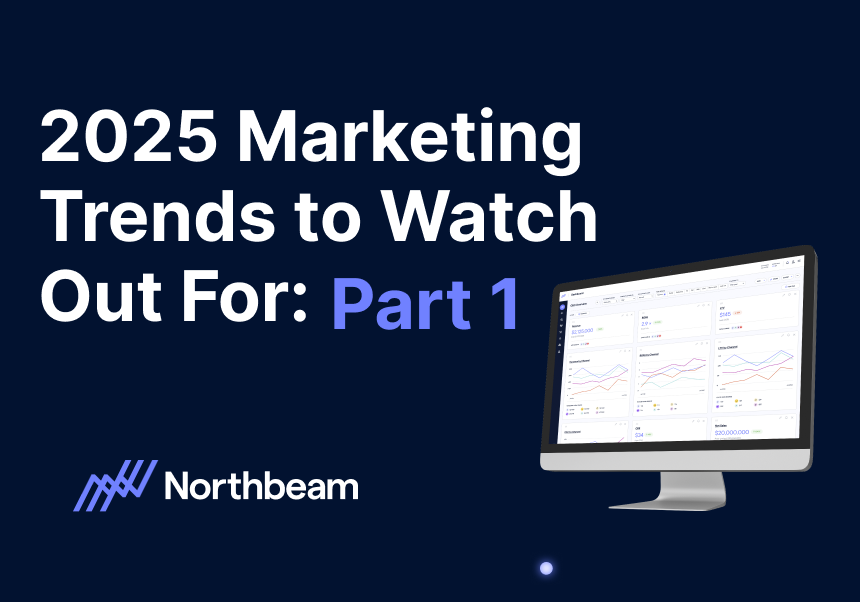



.svg)
